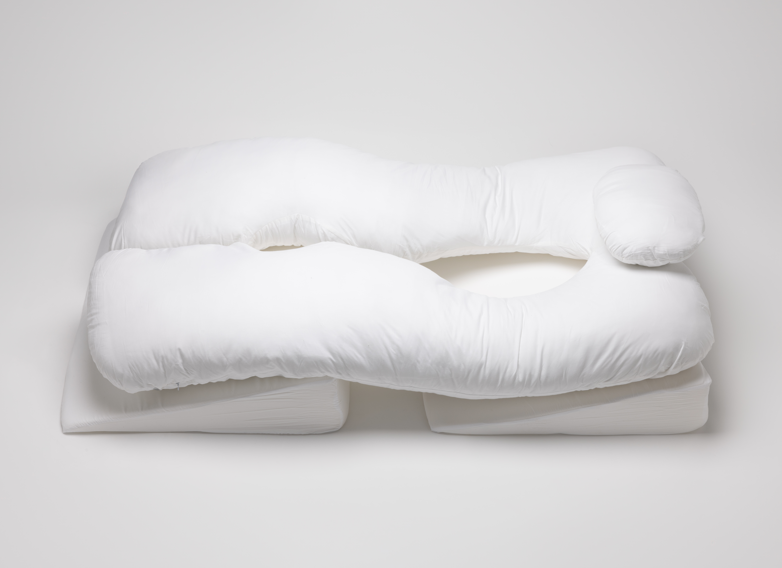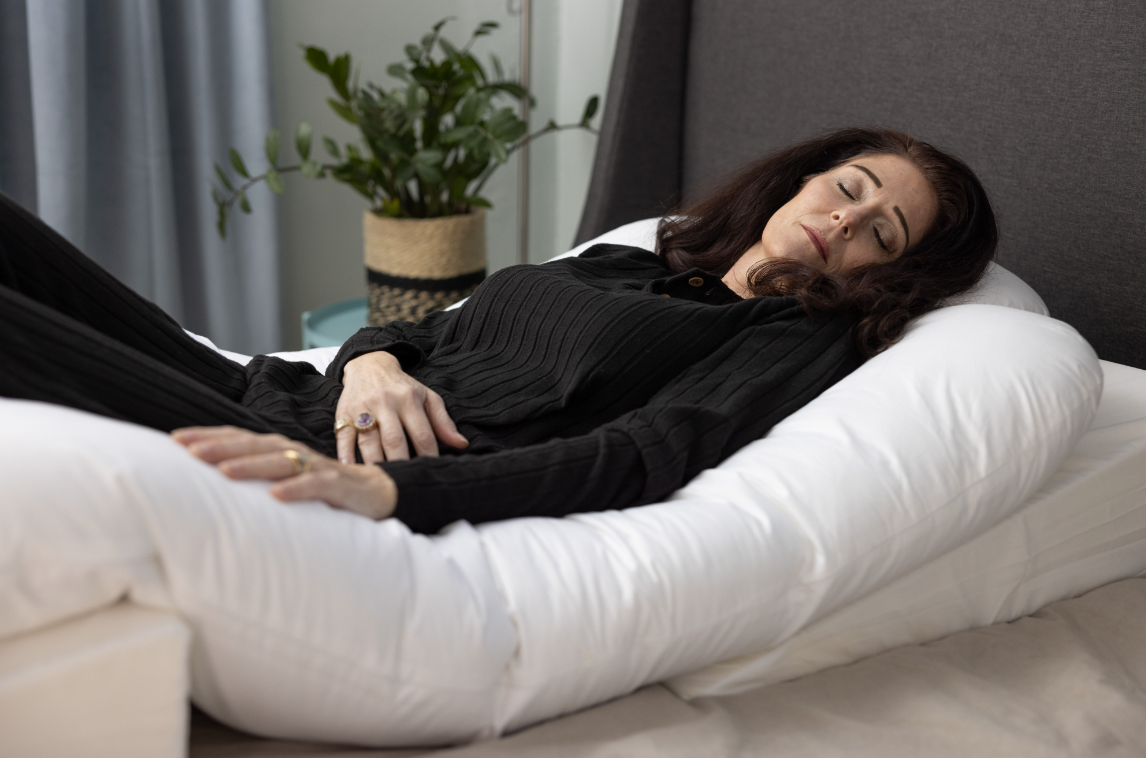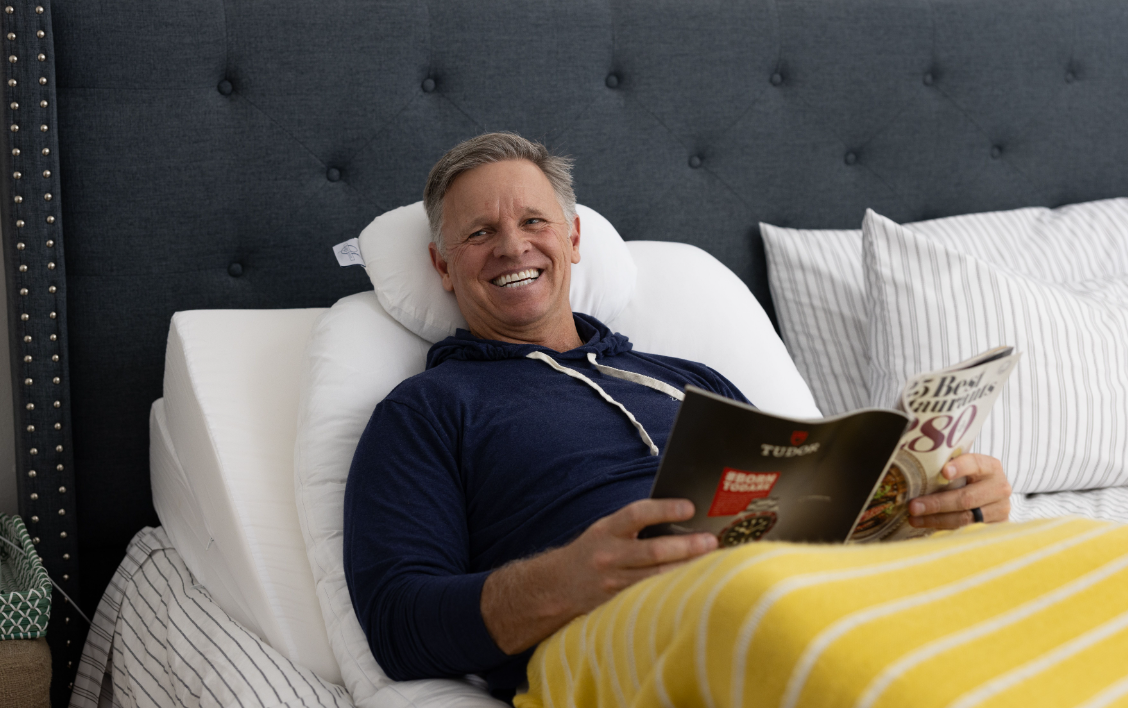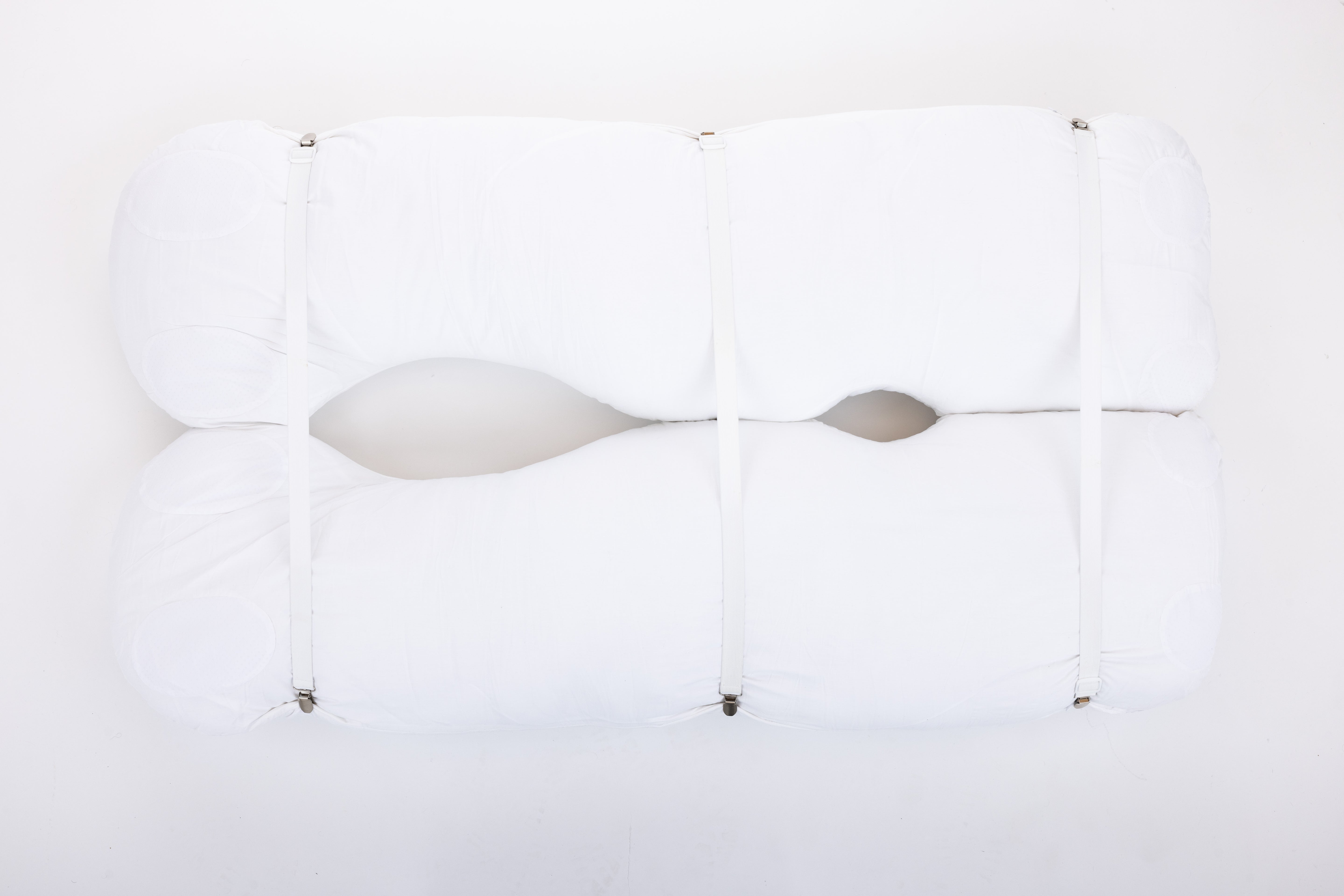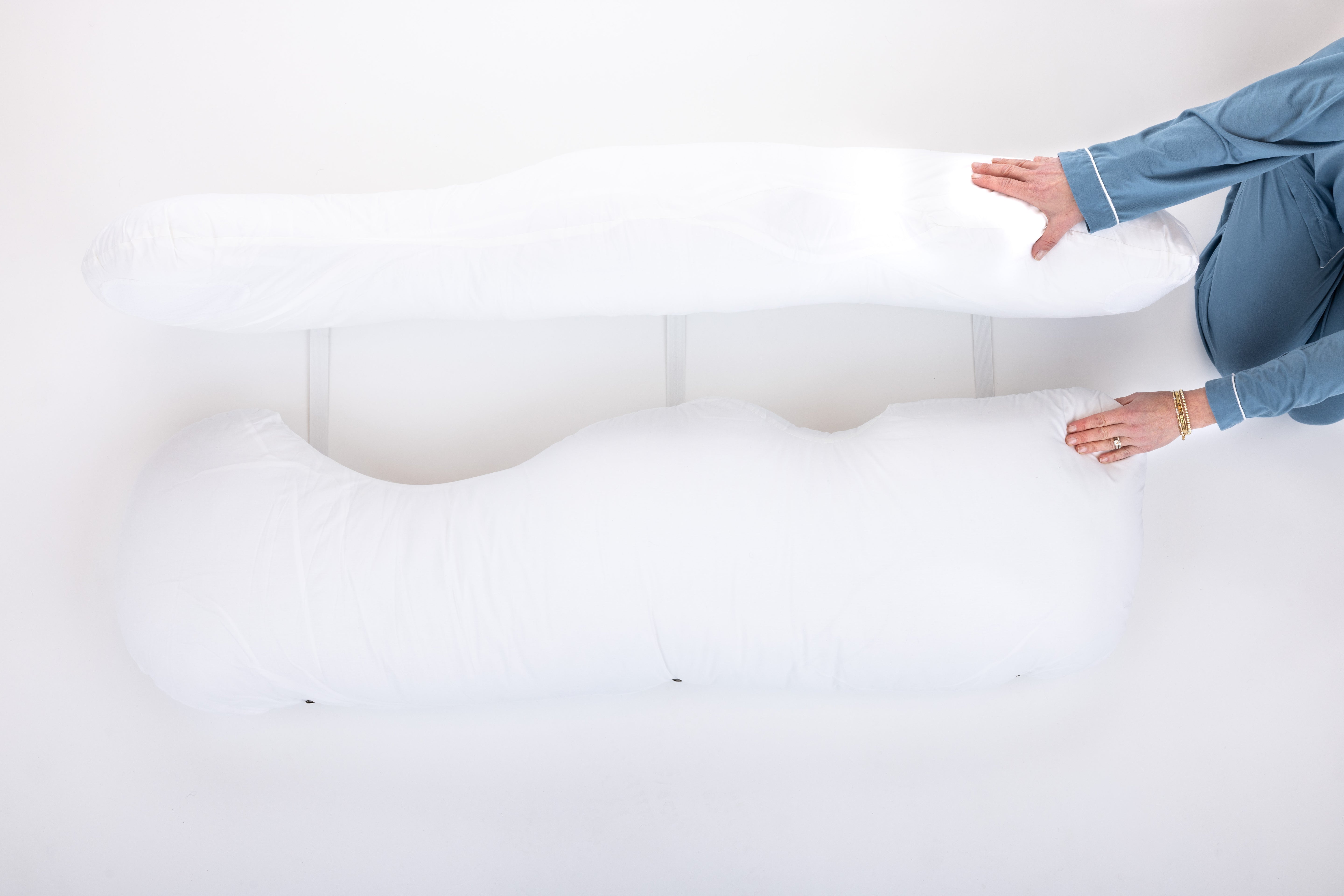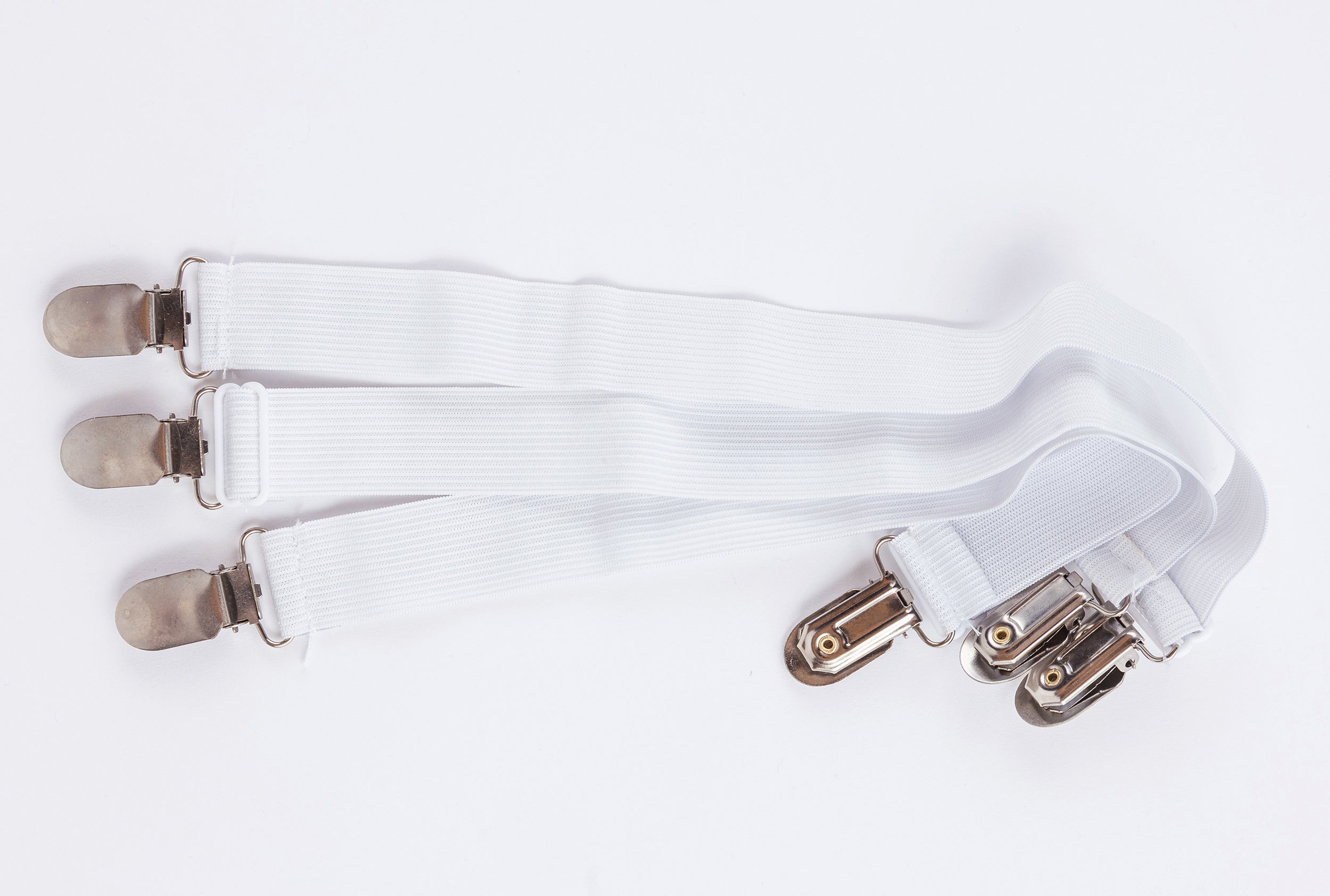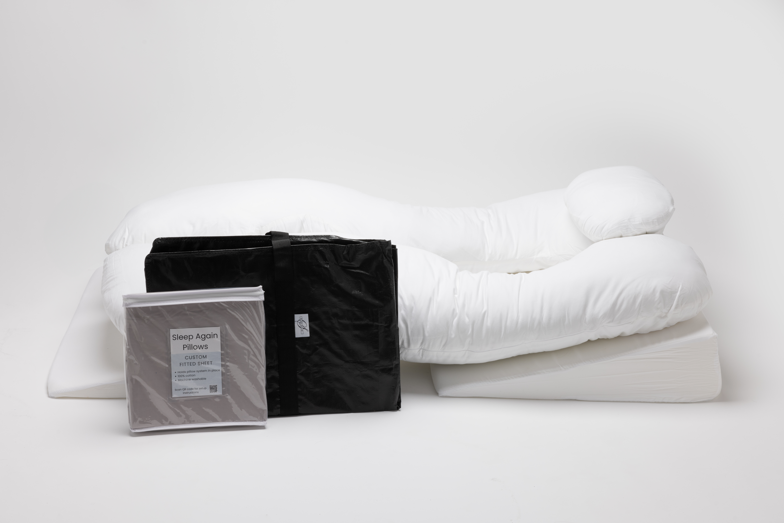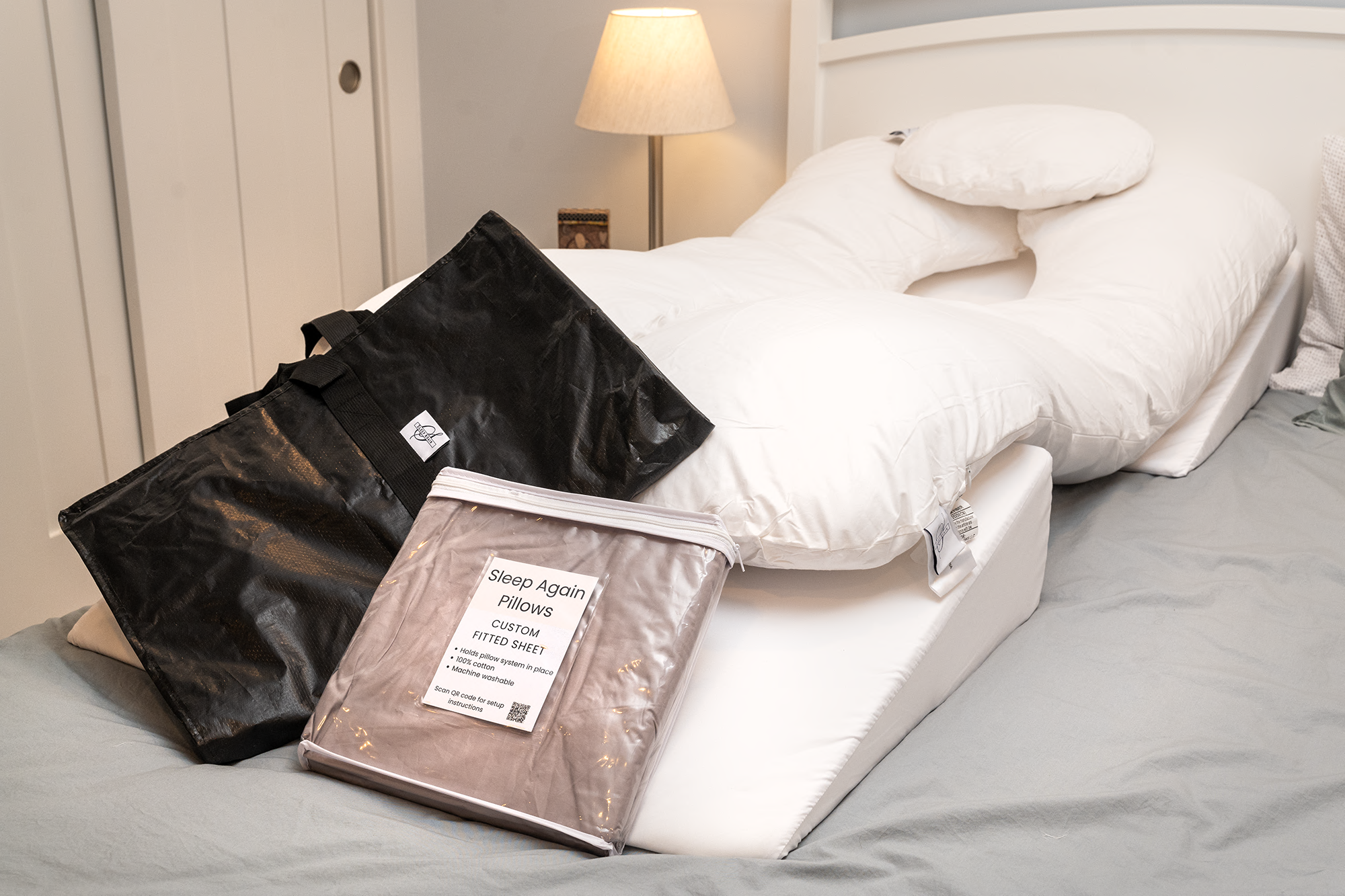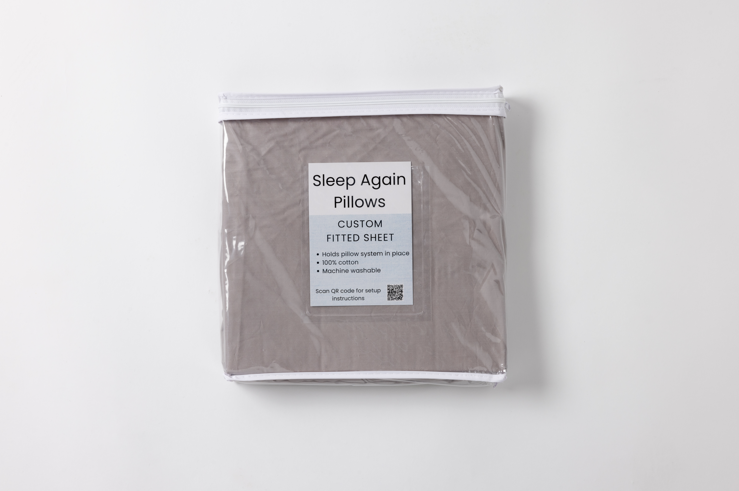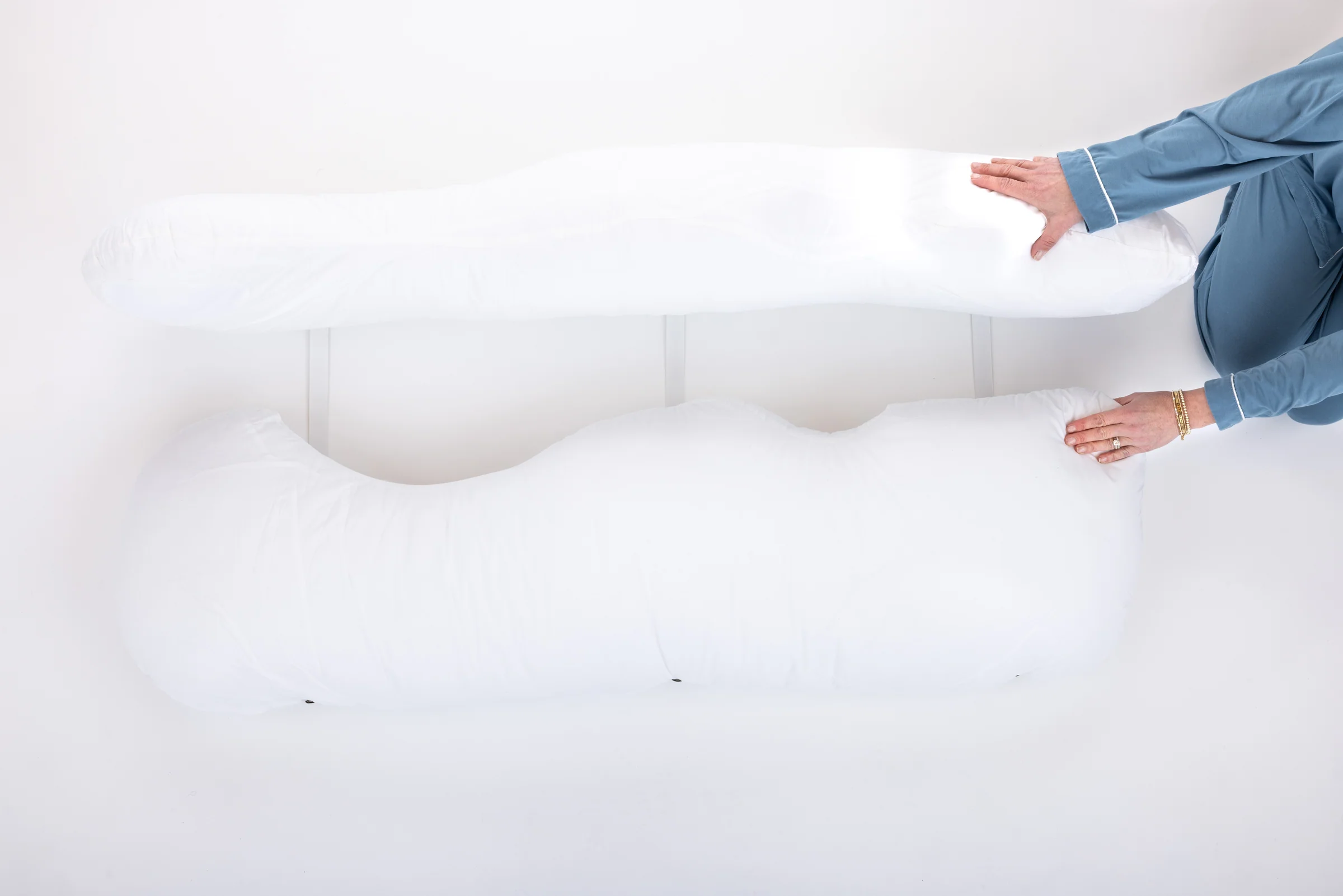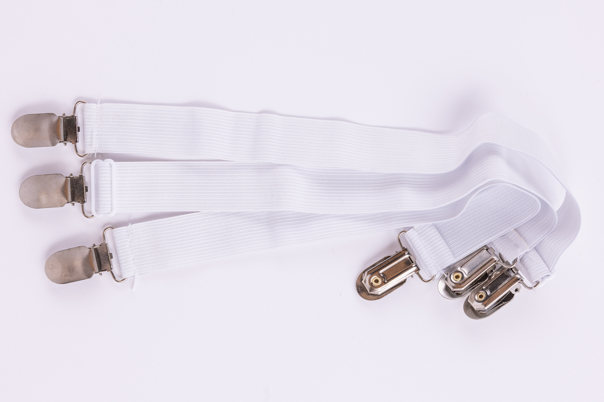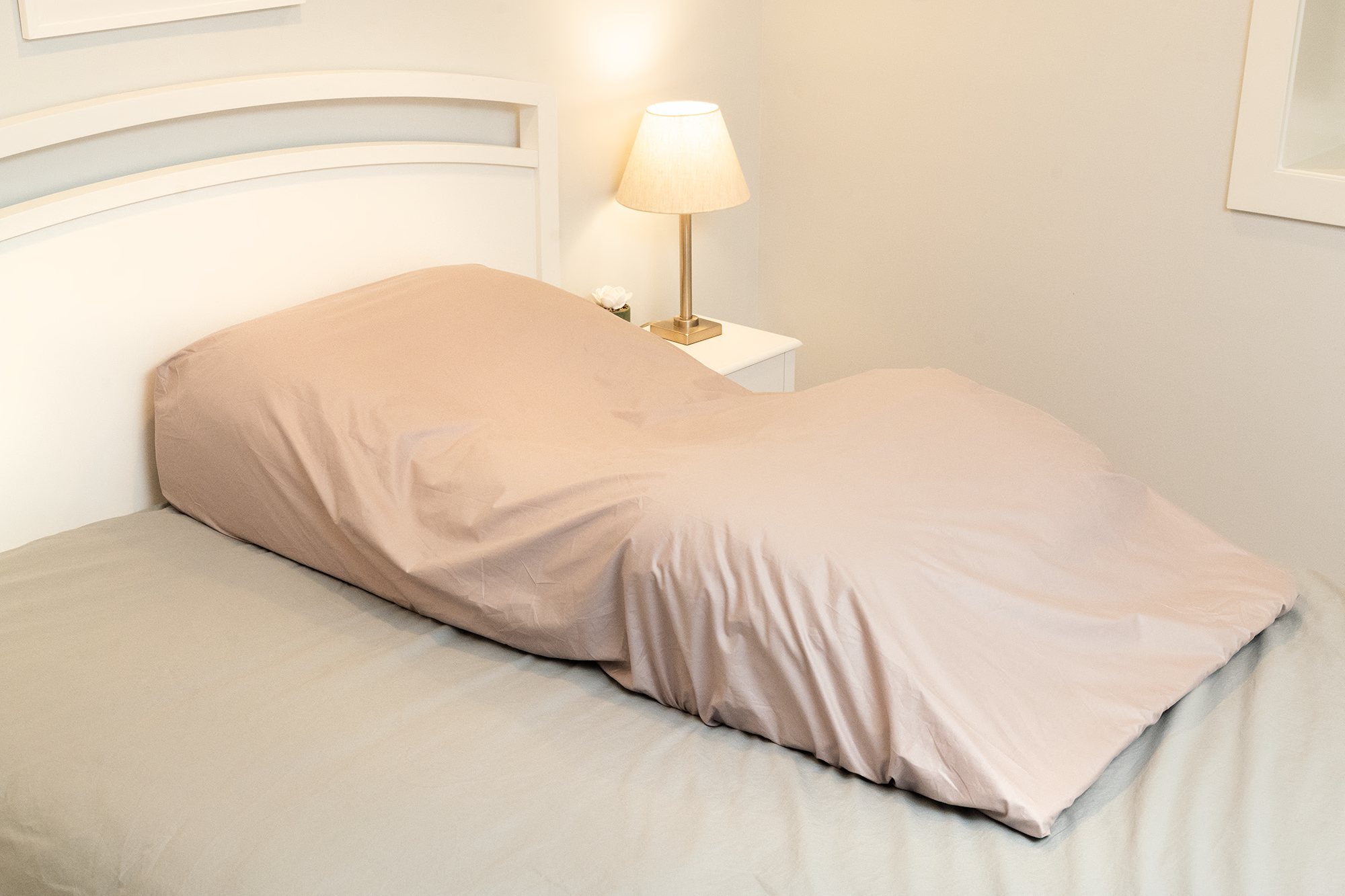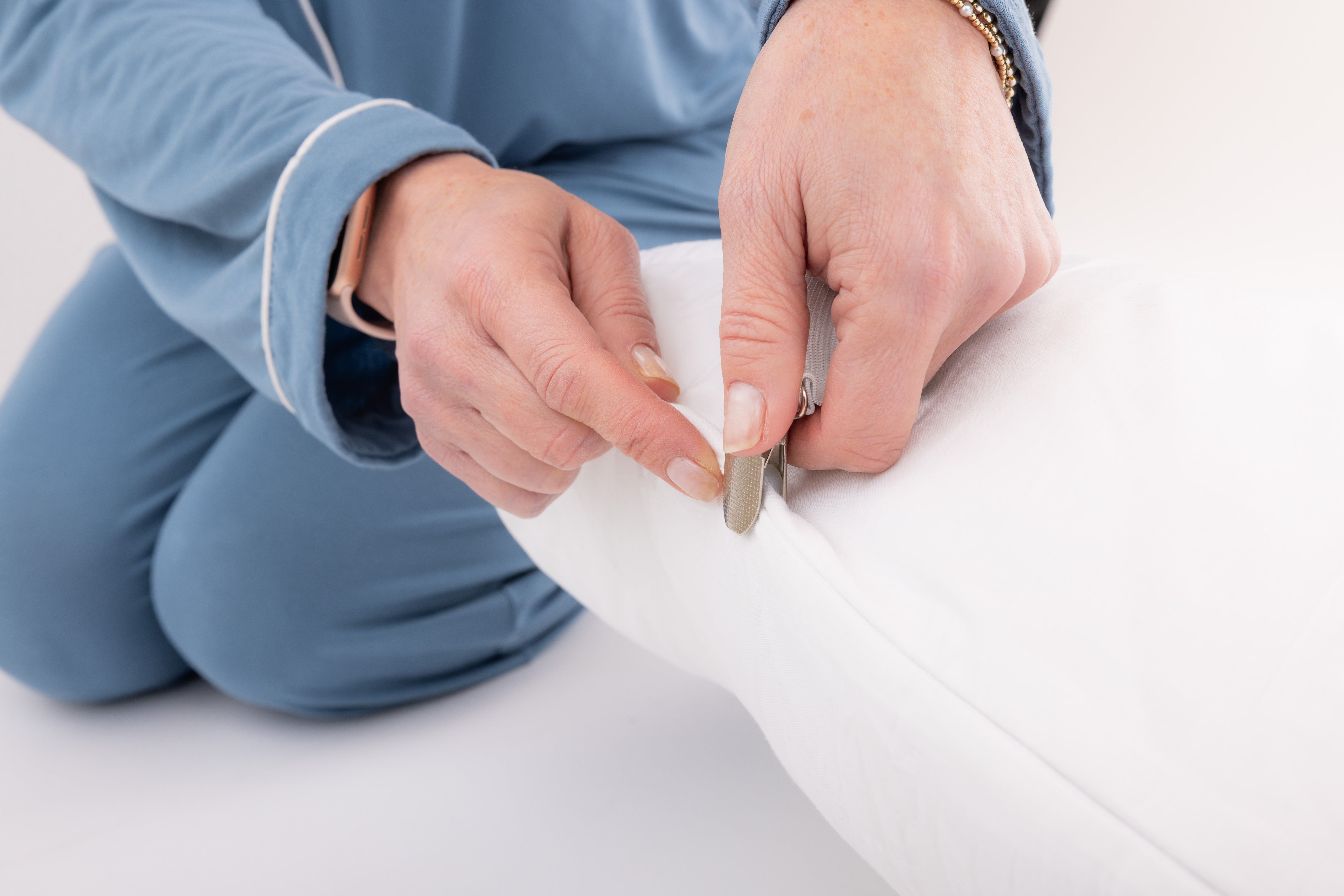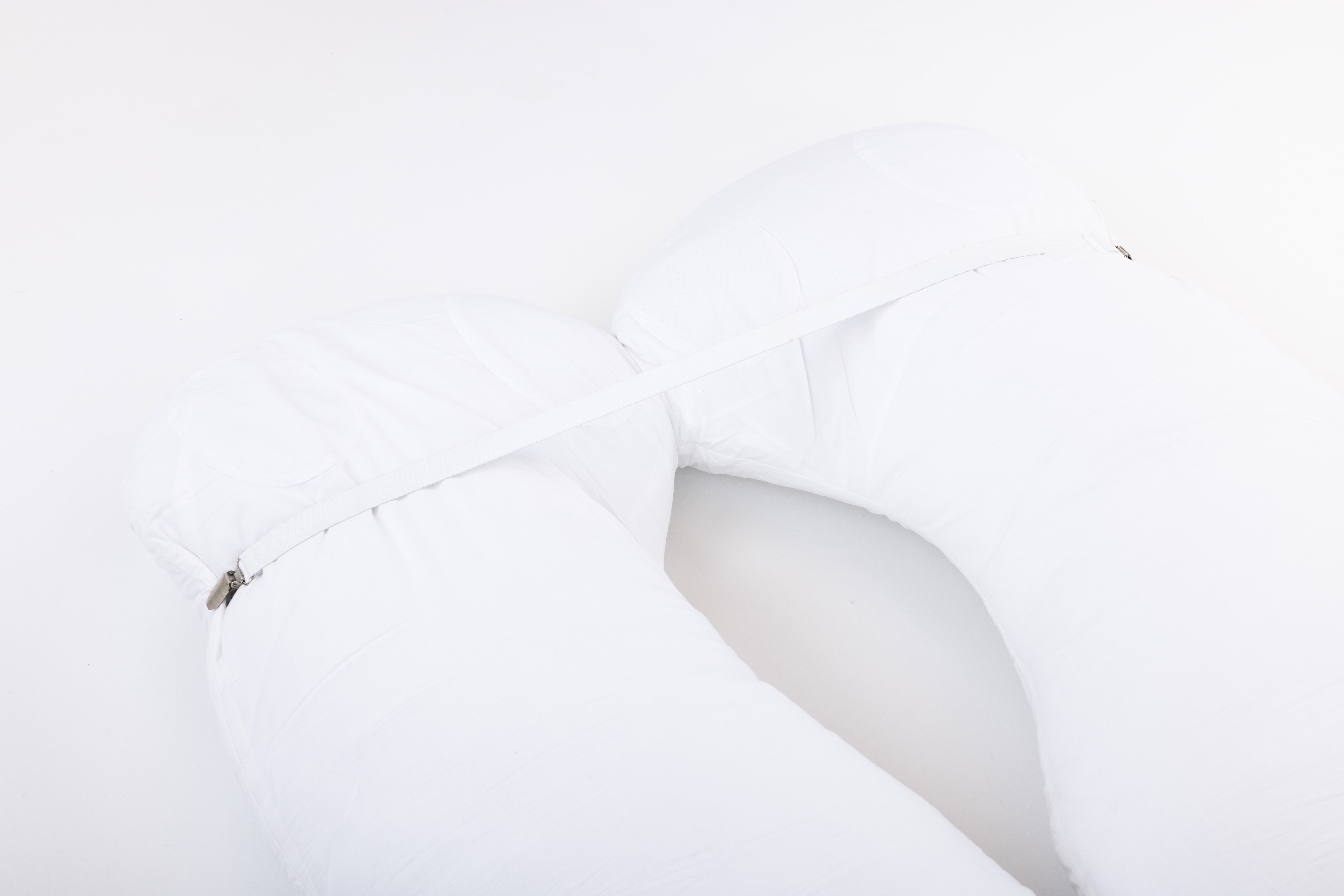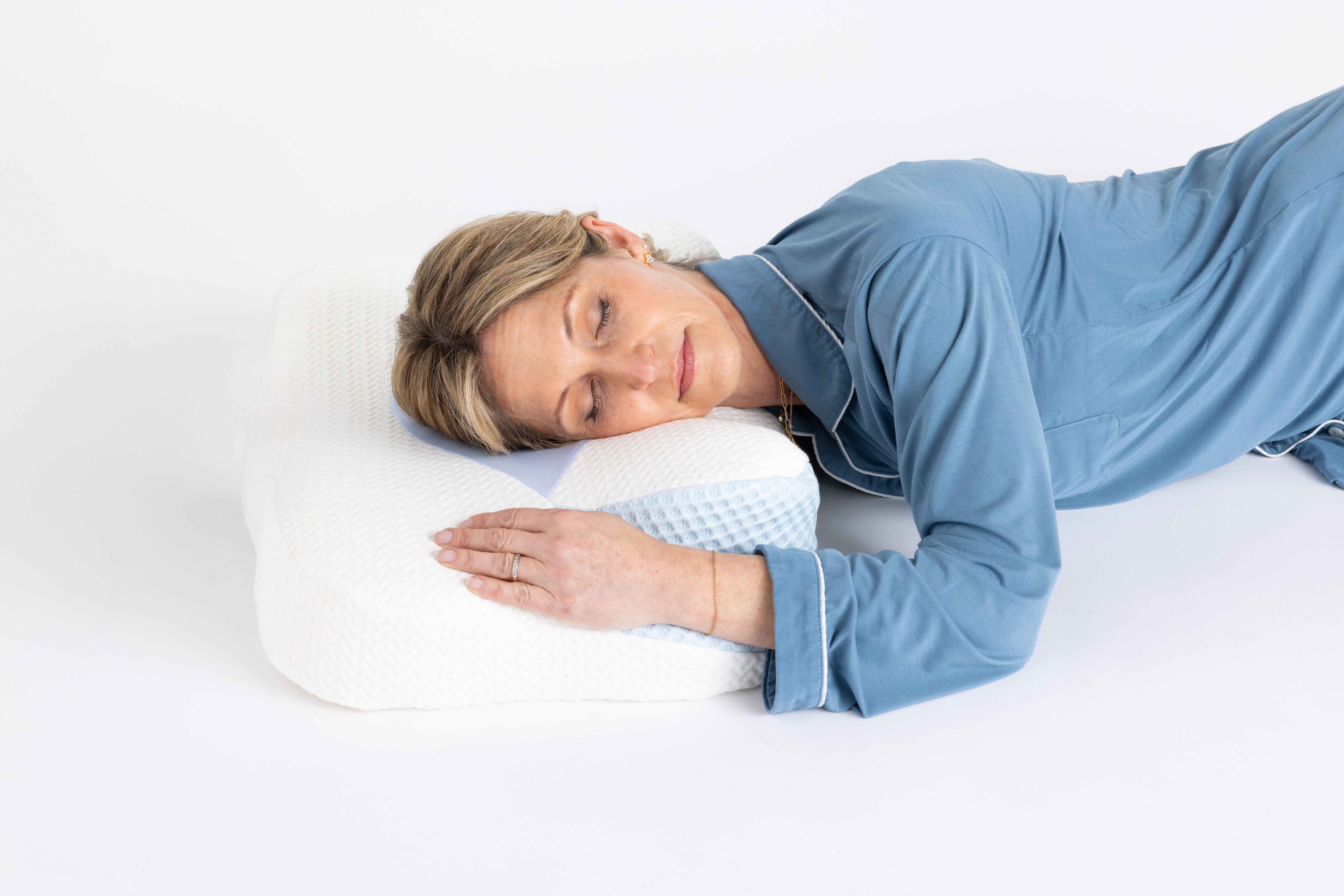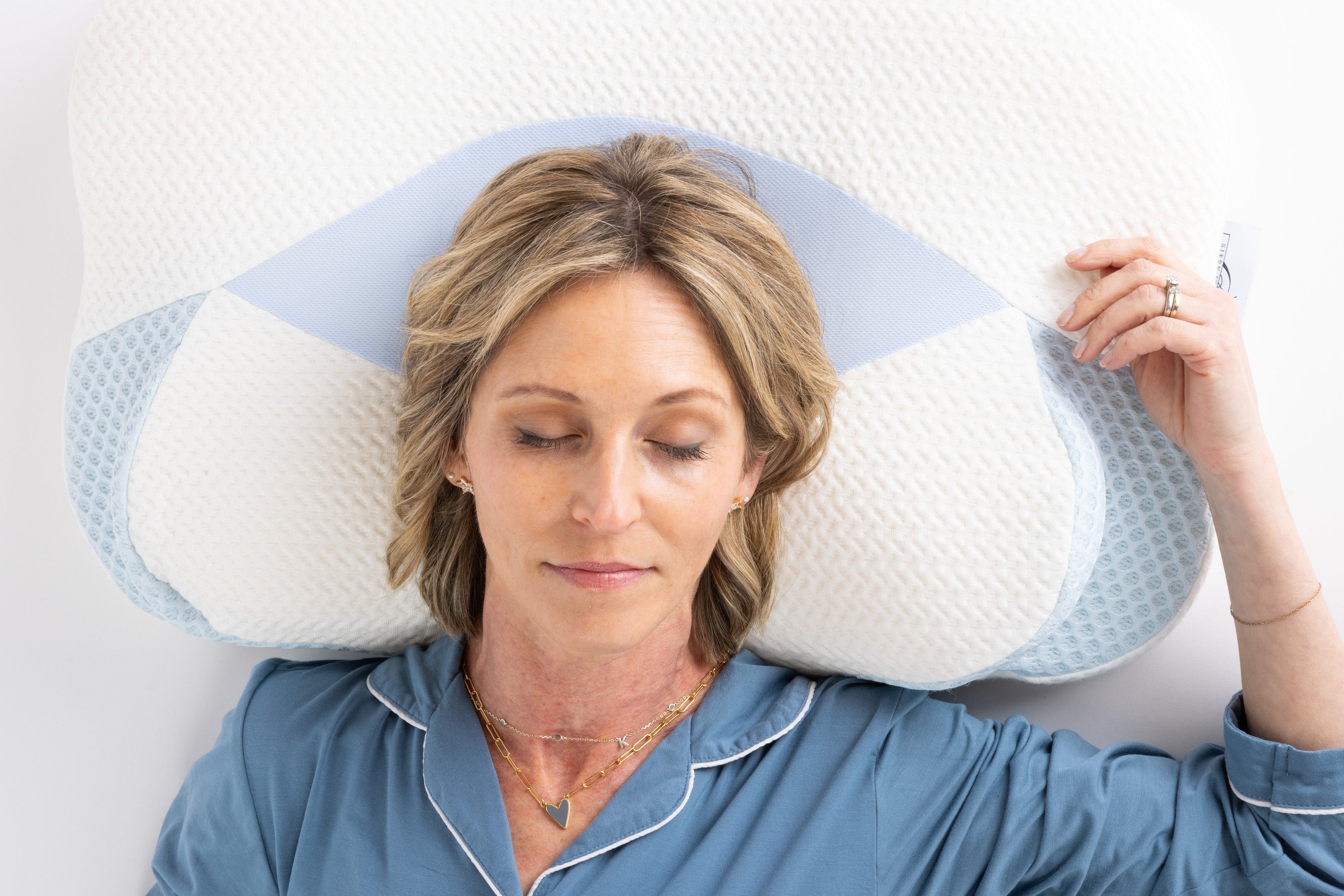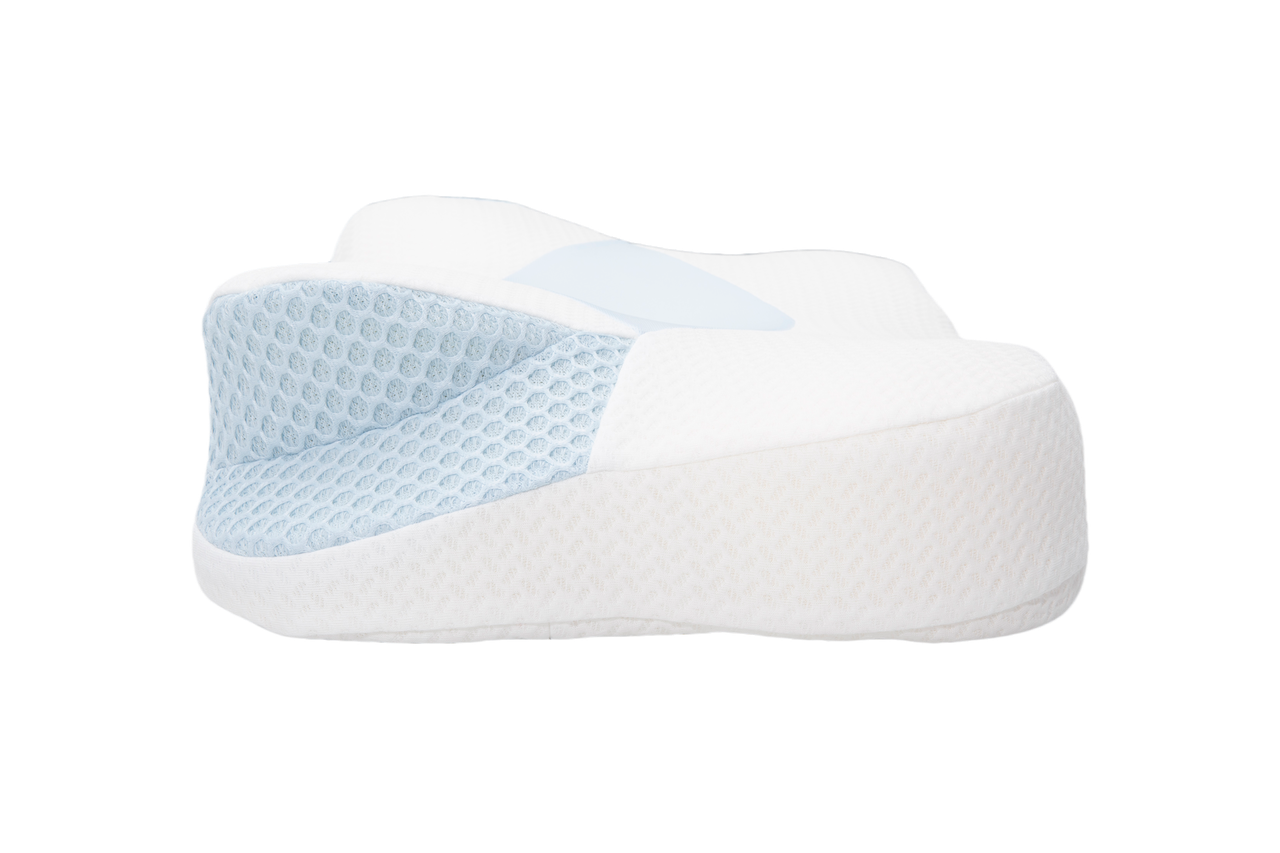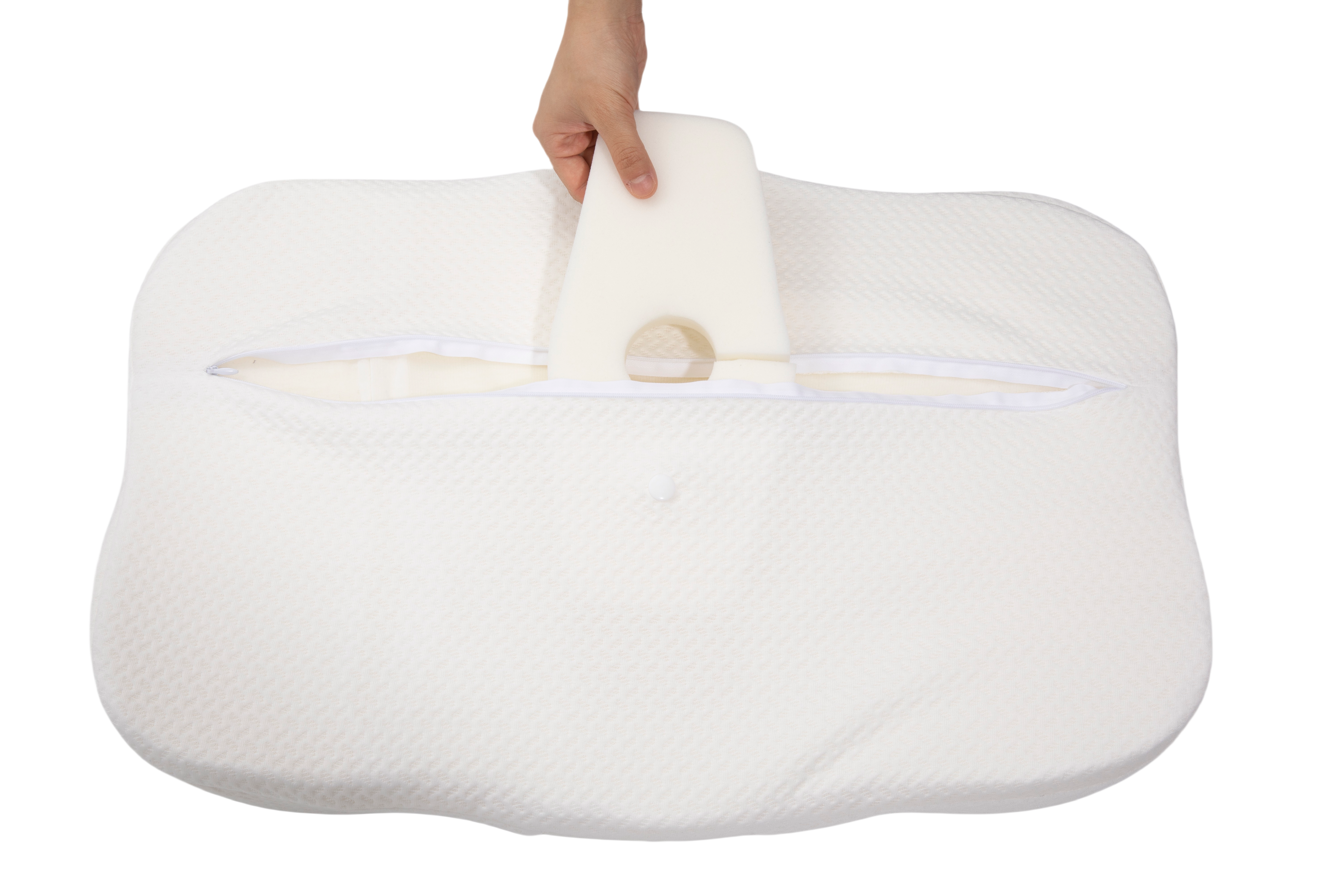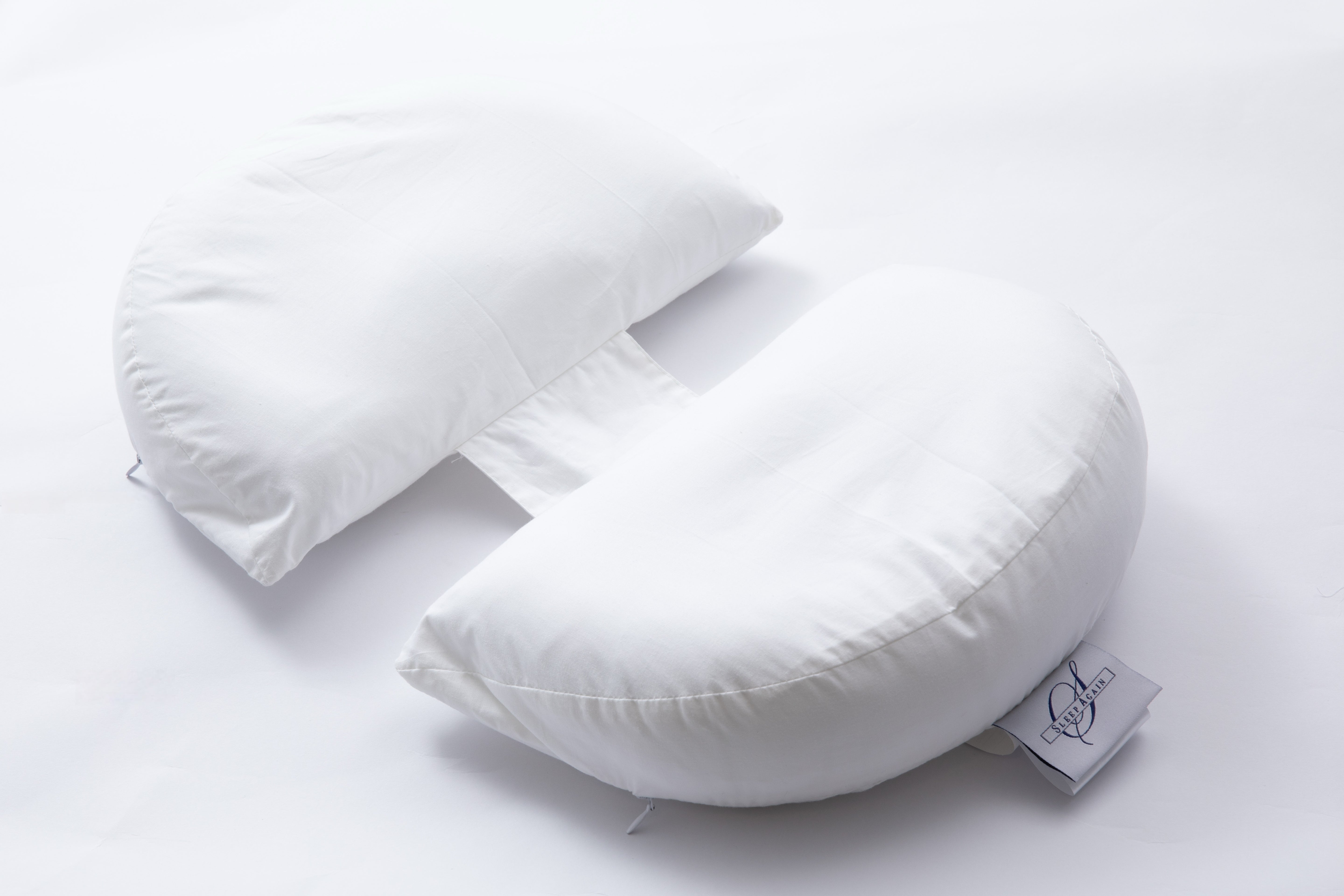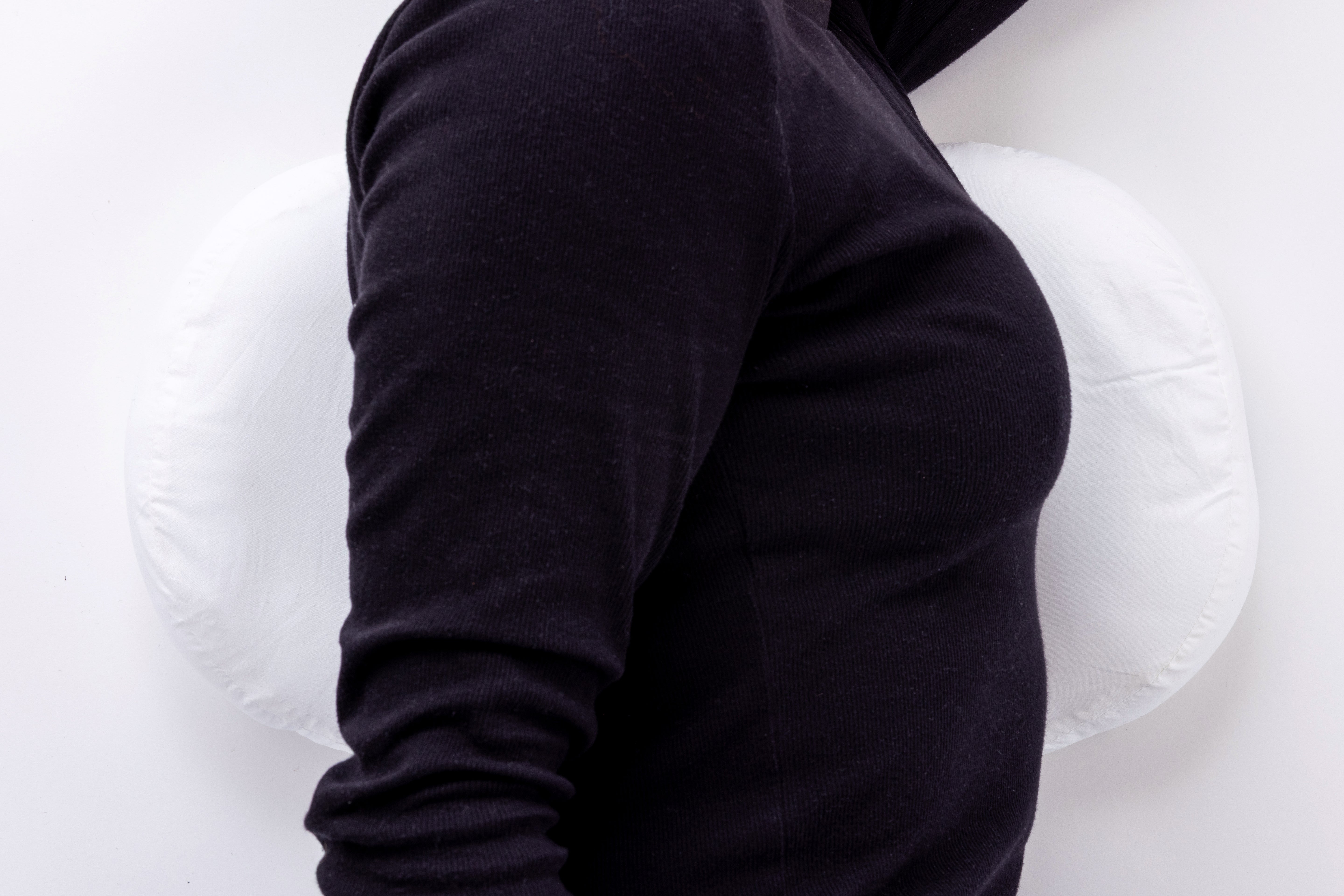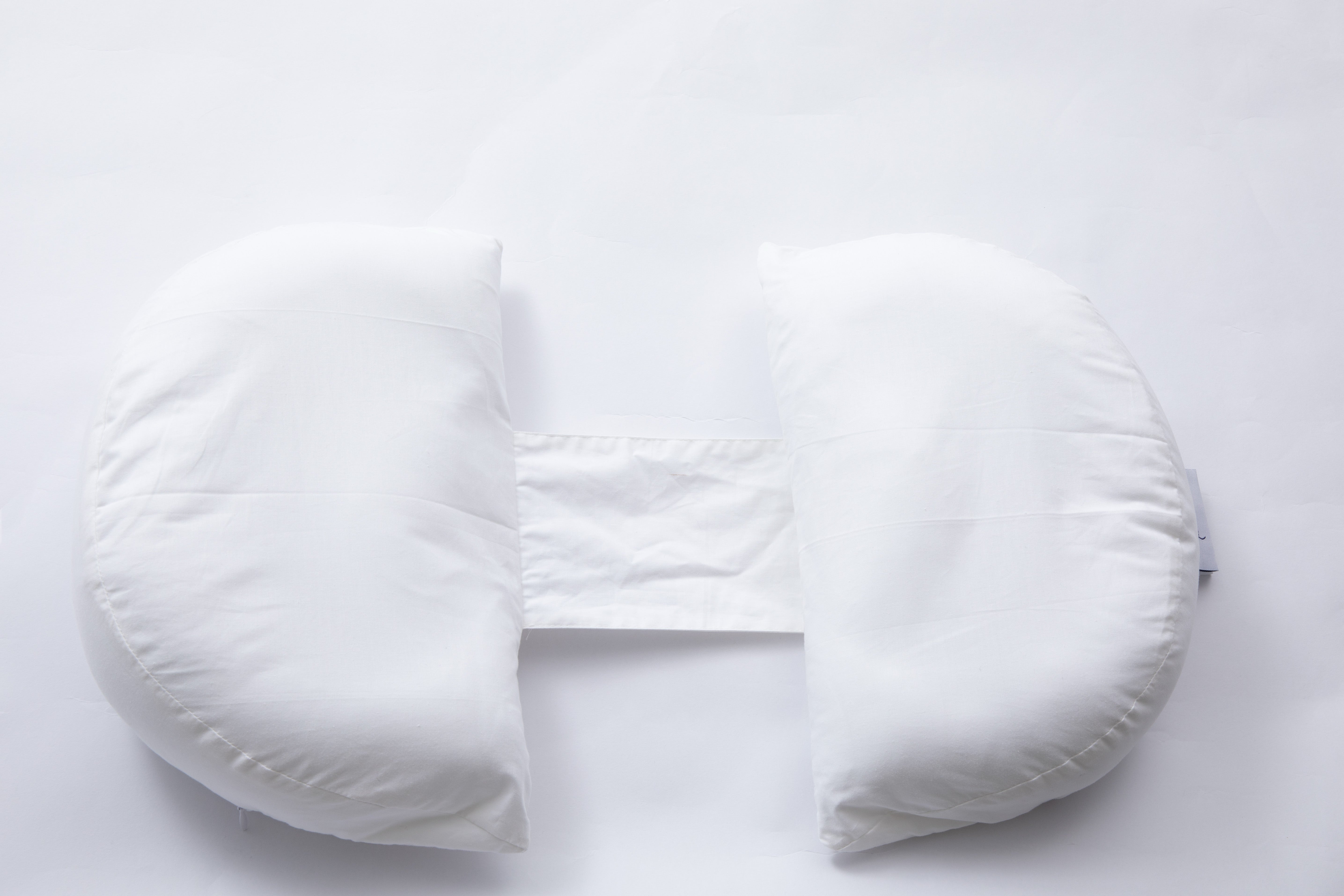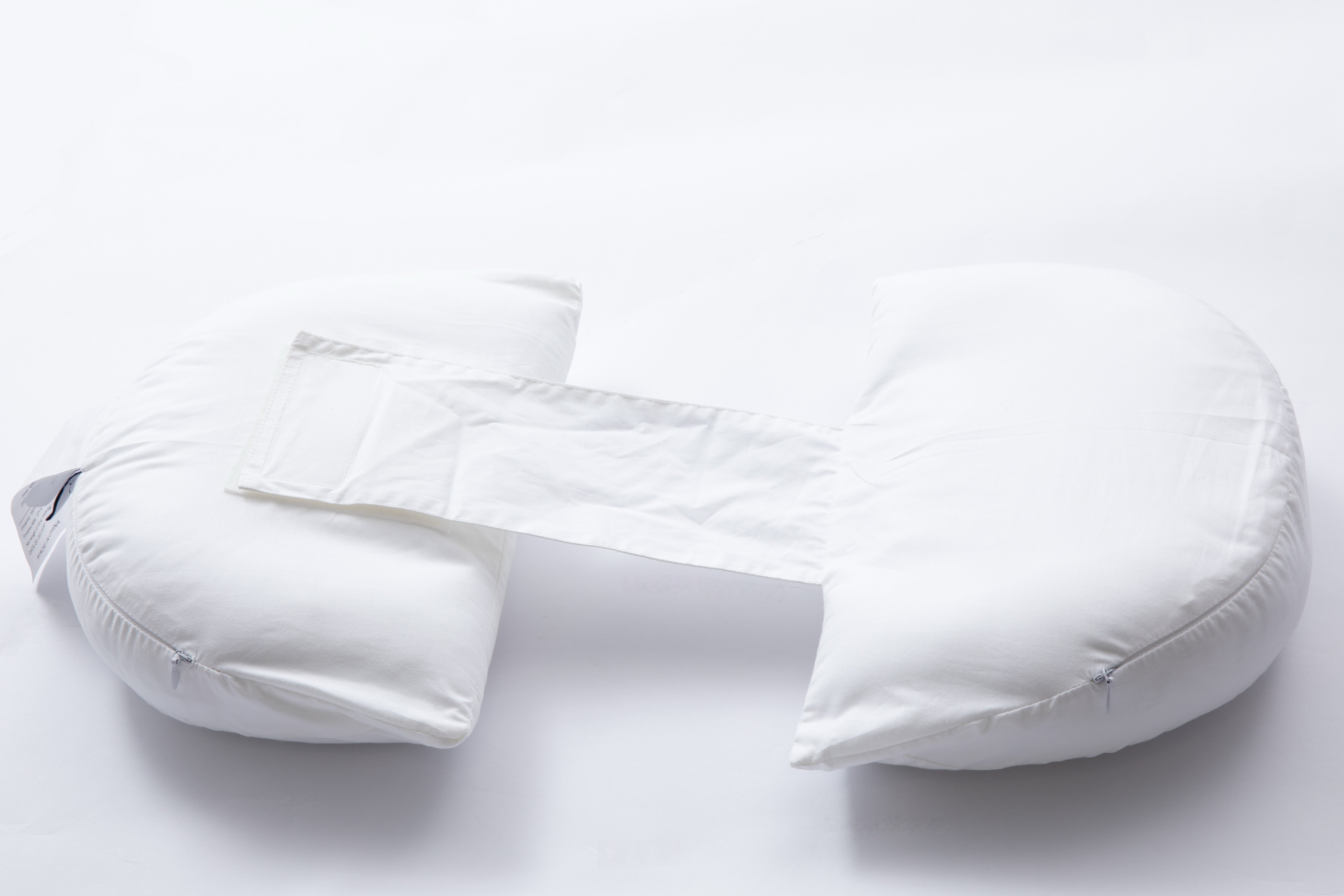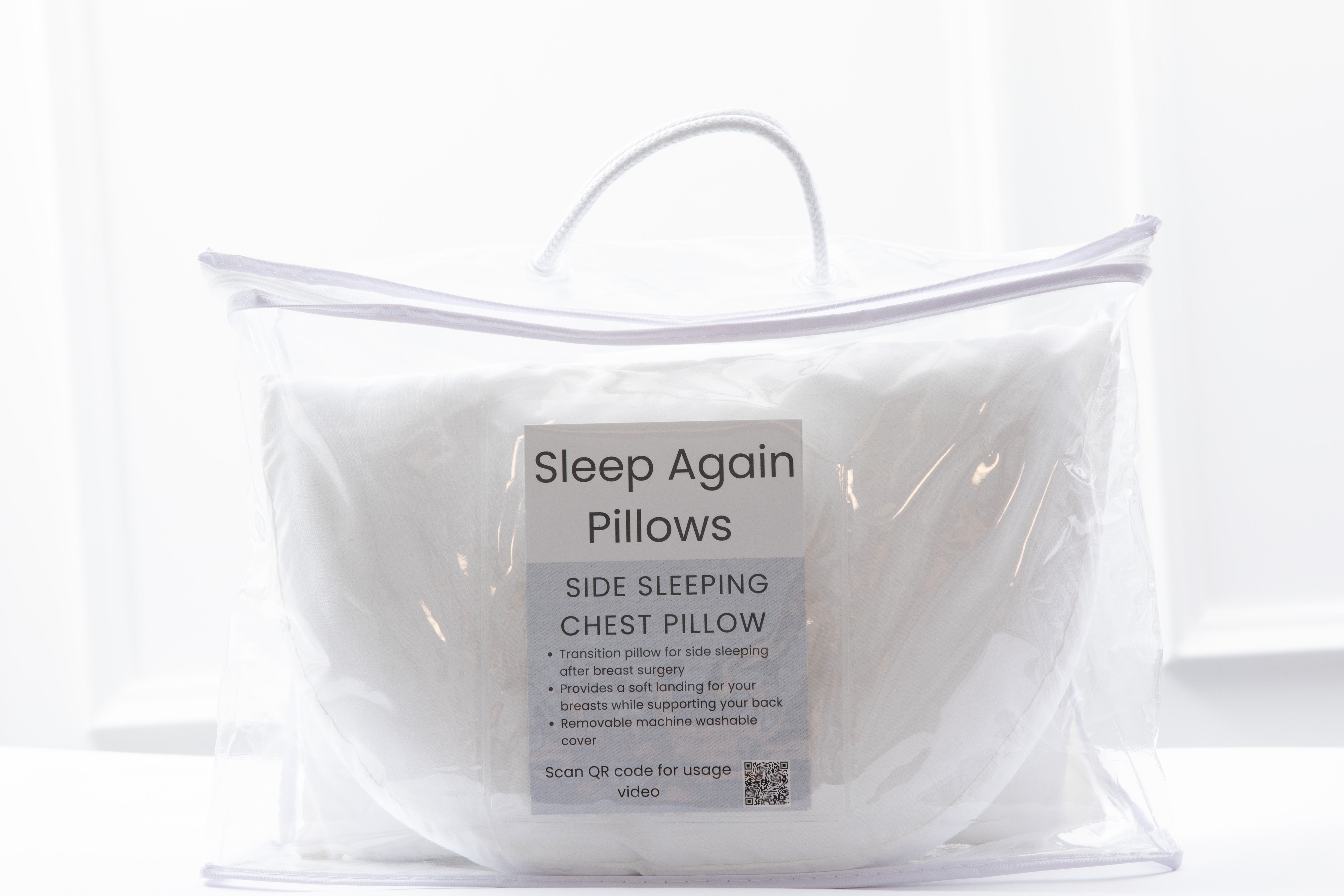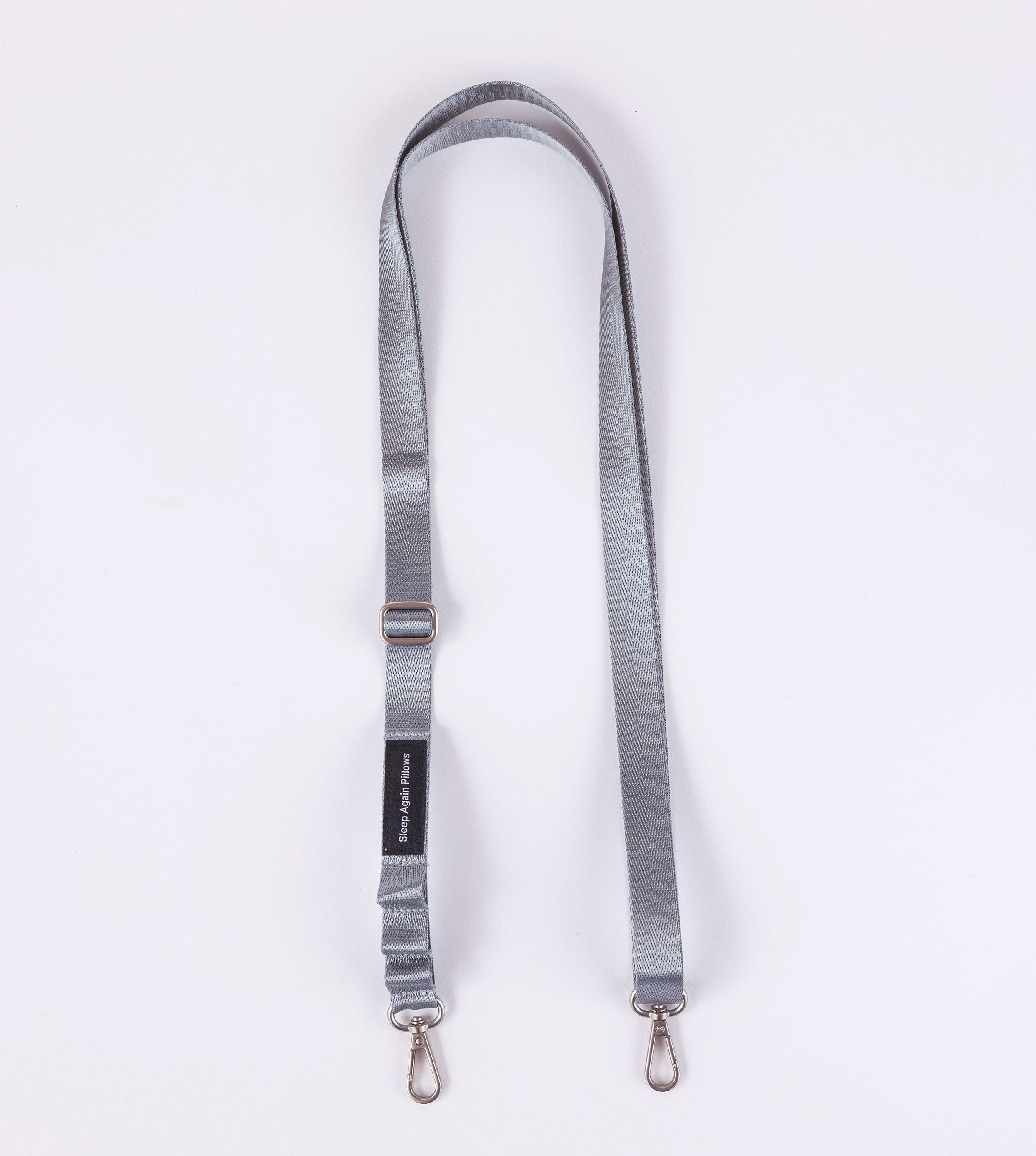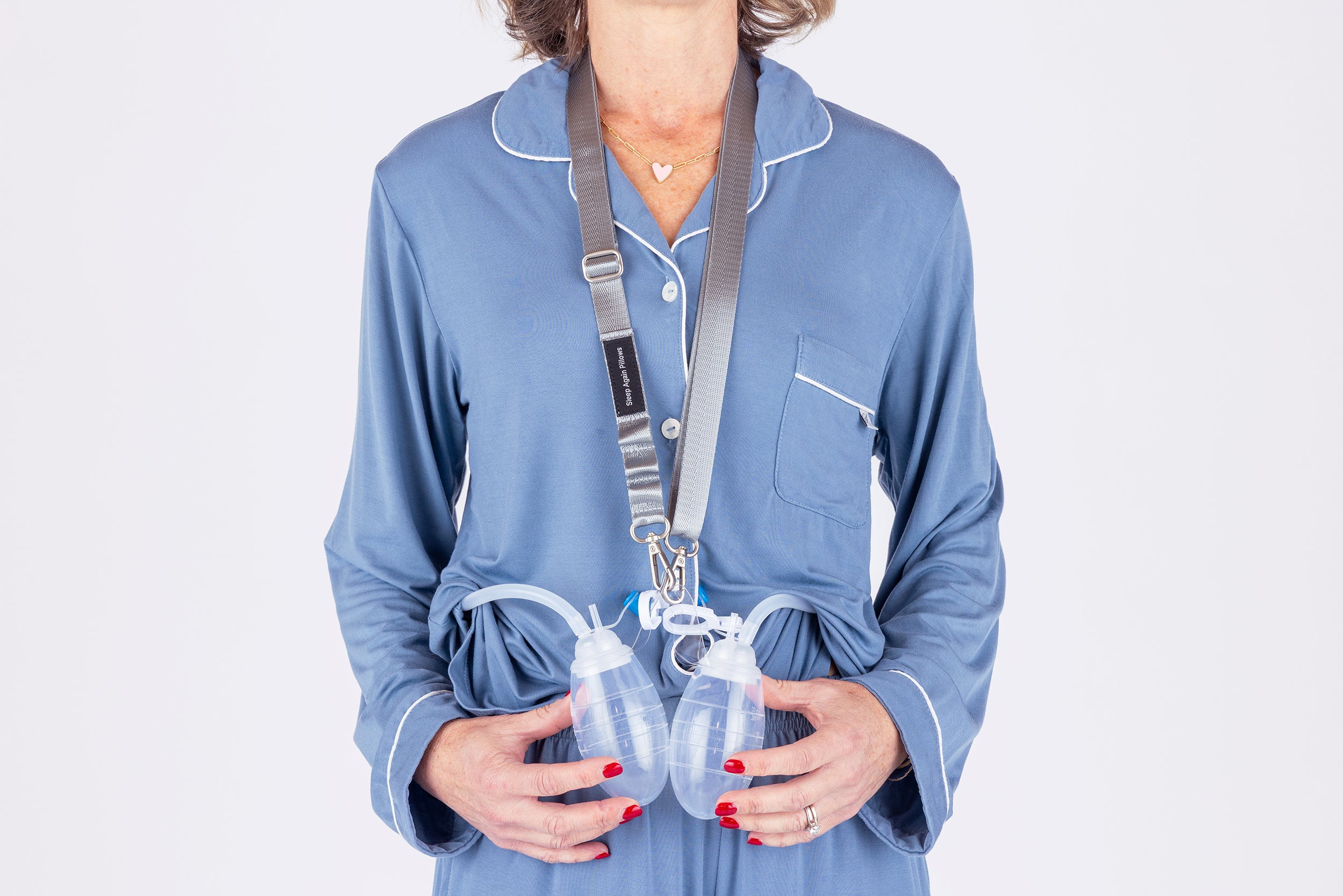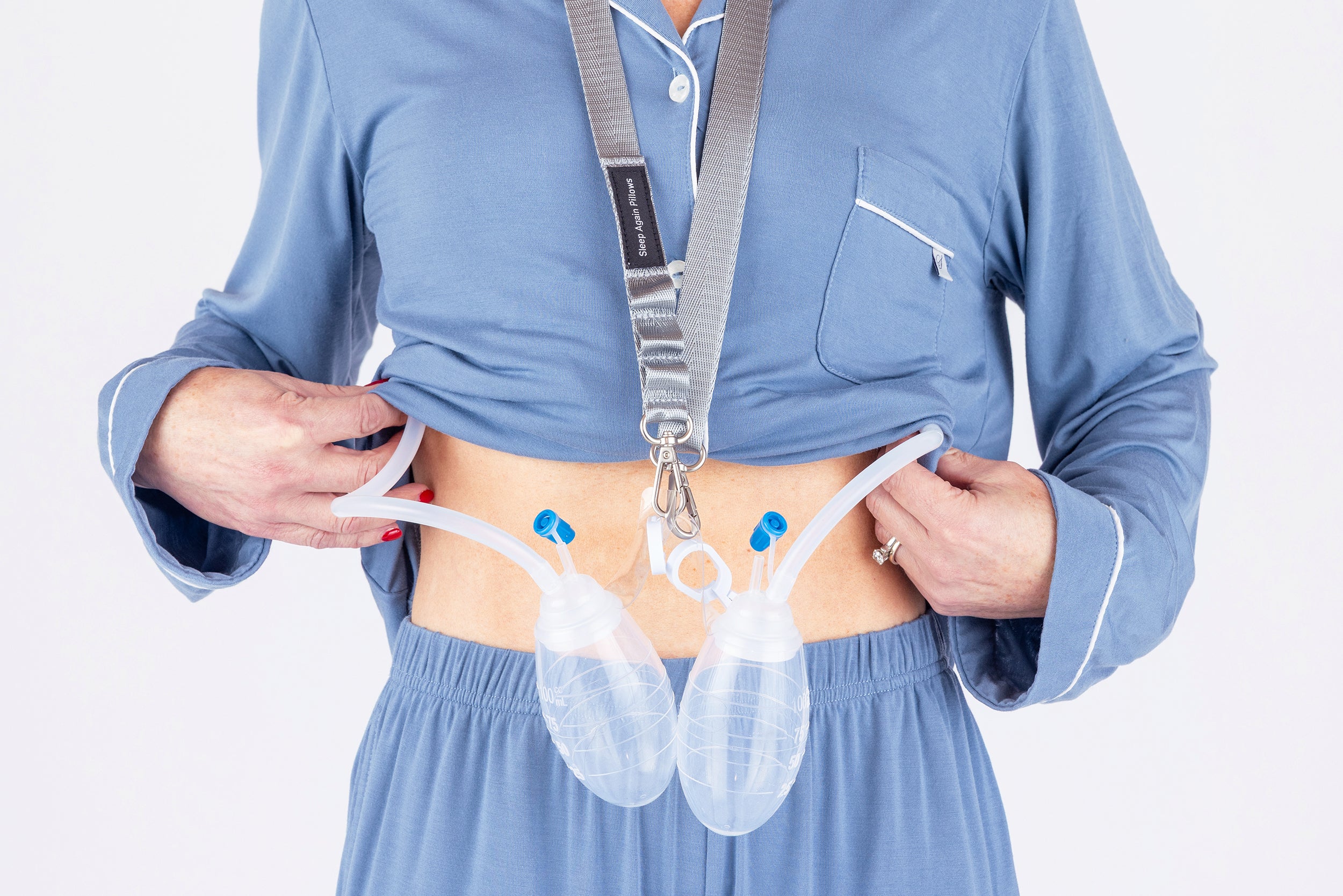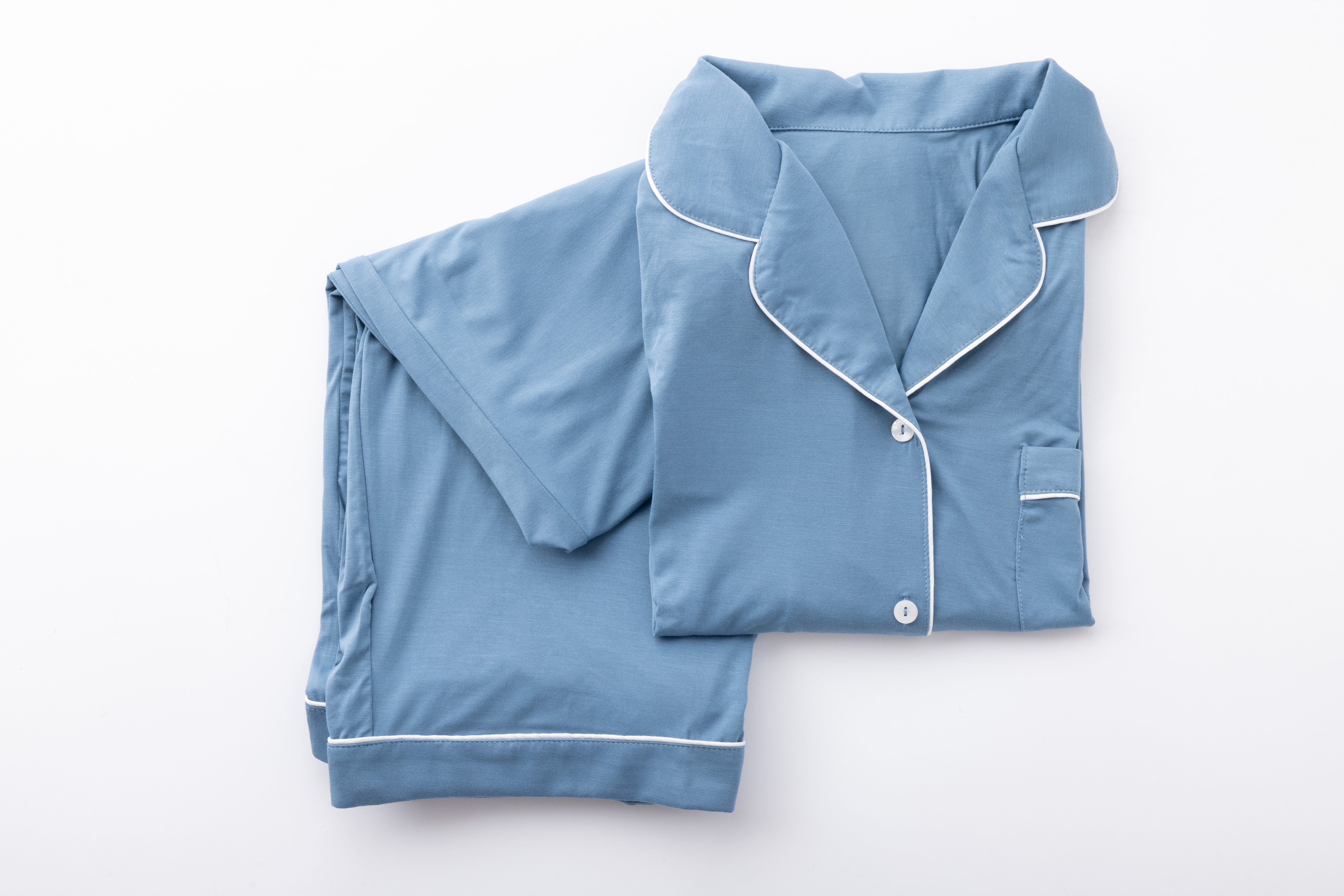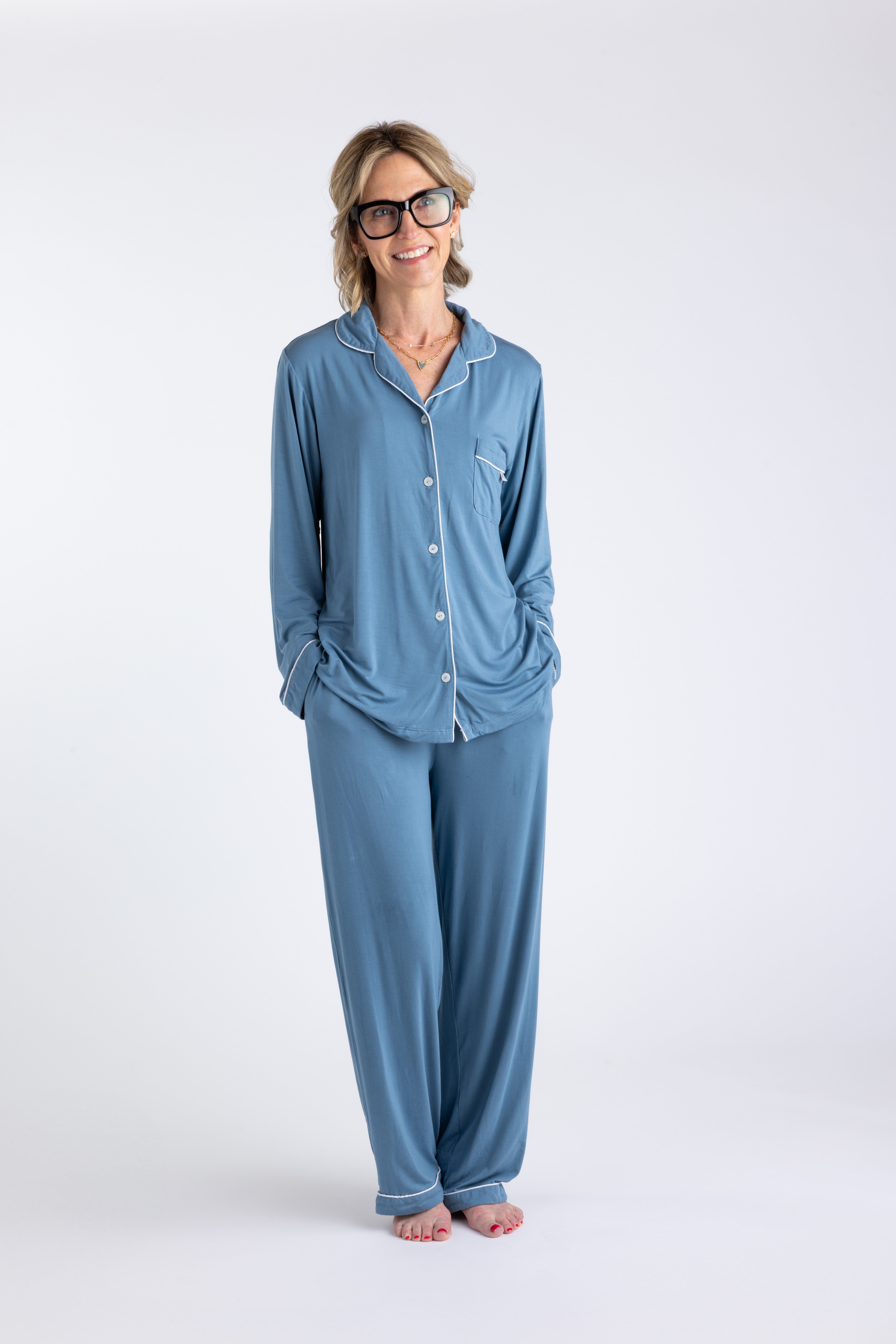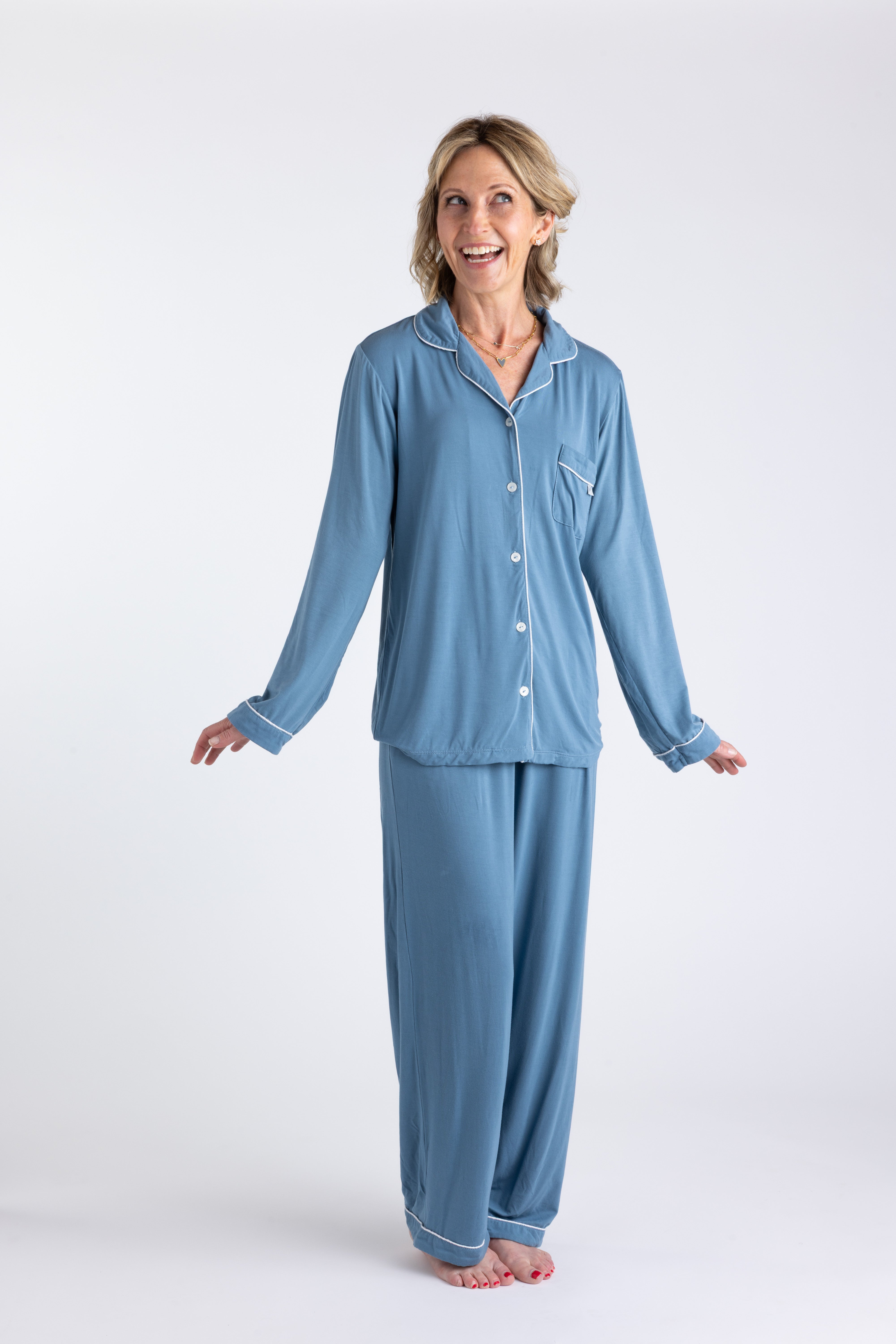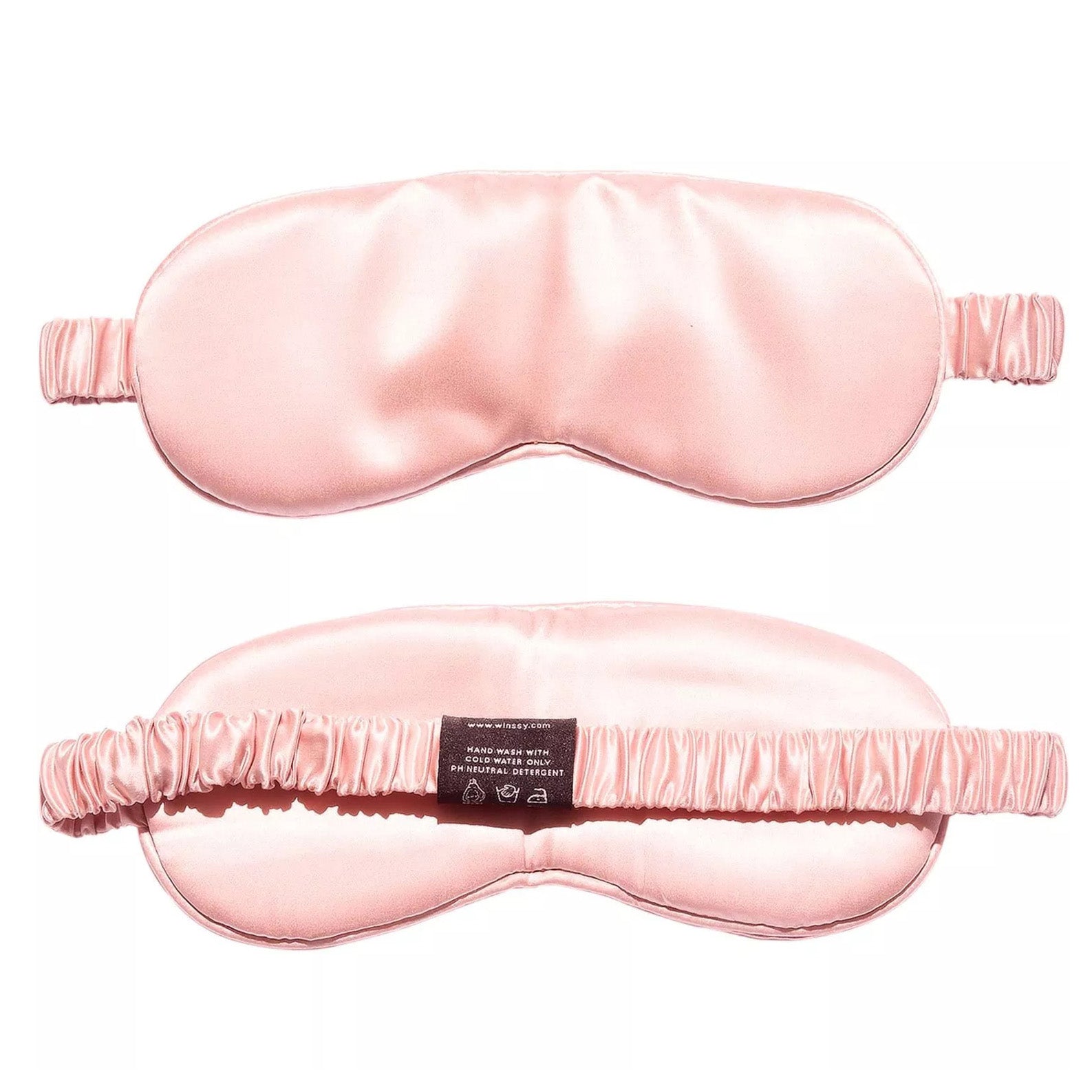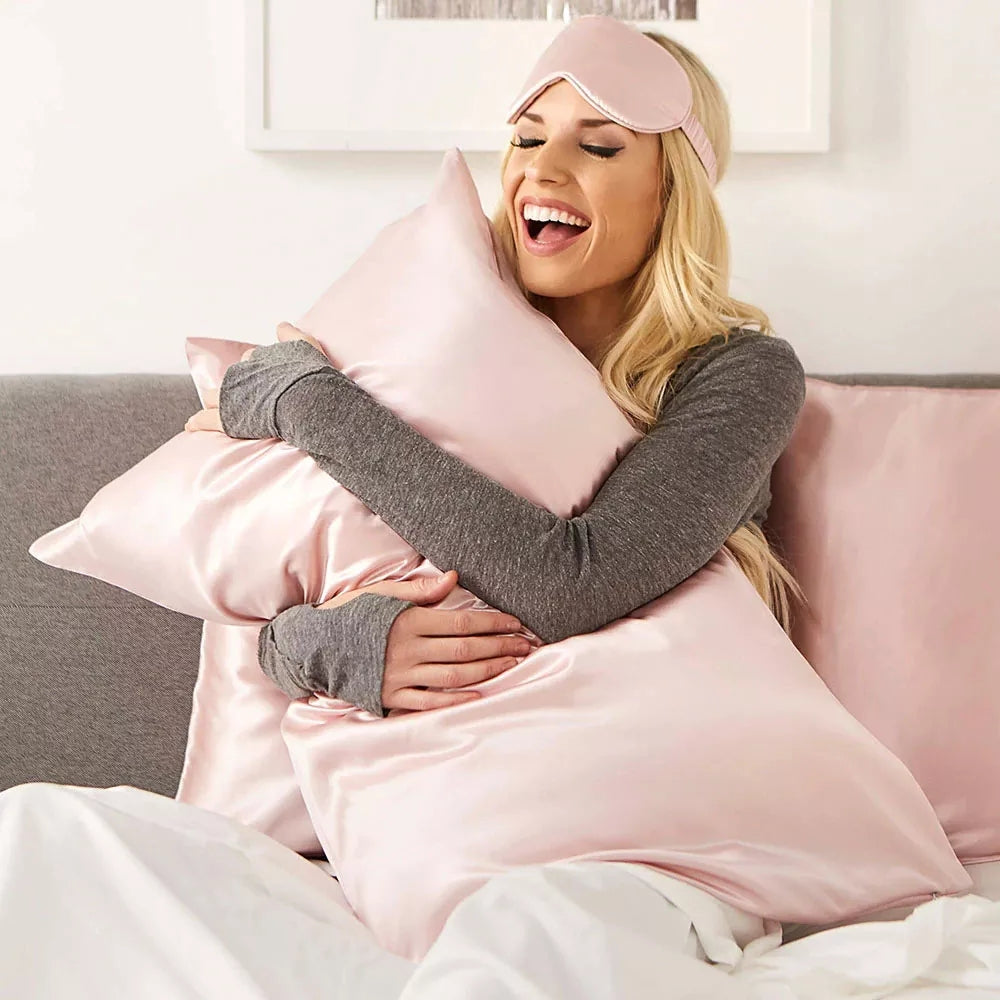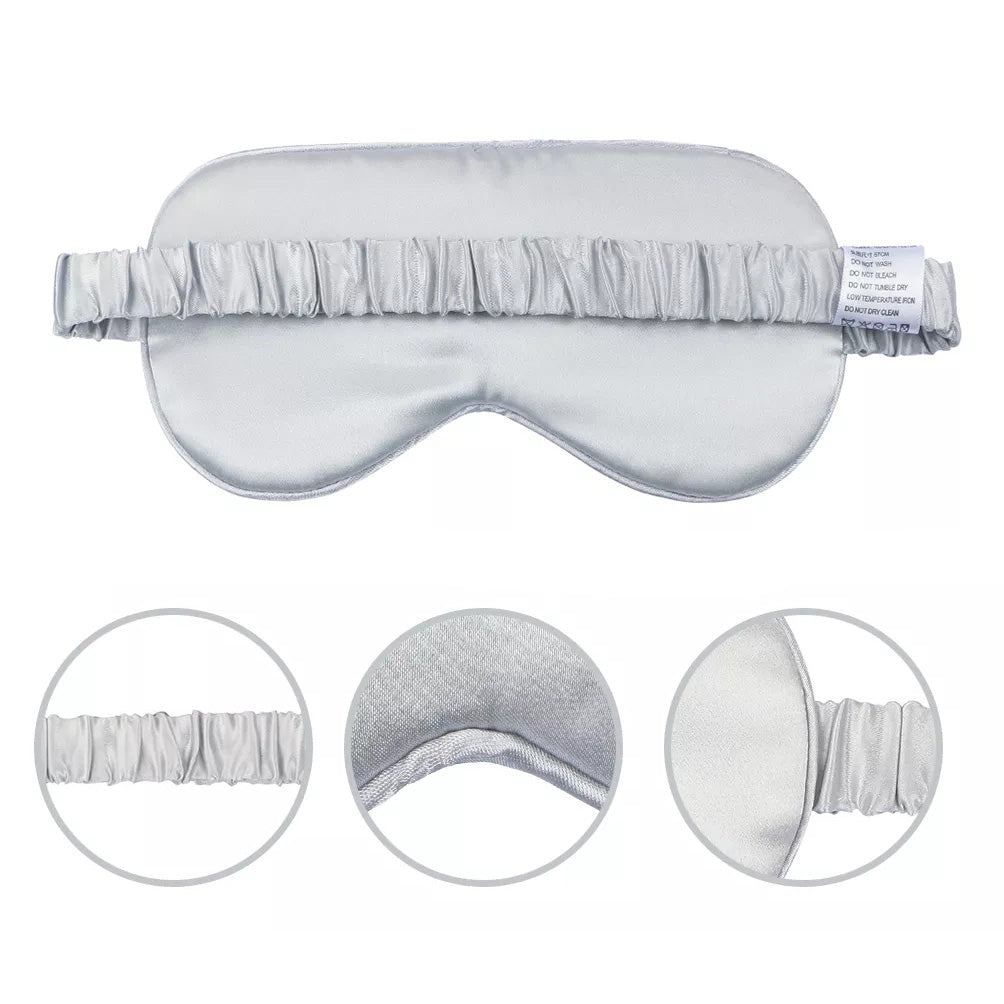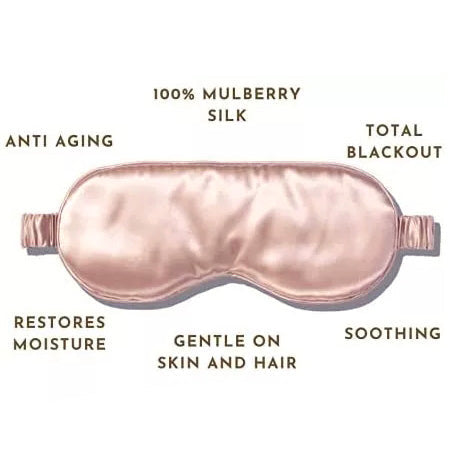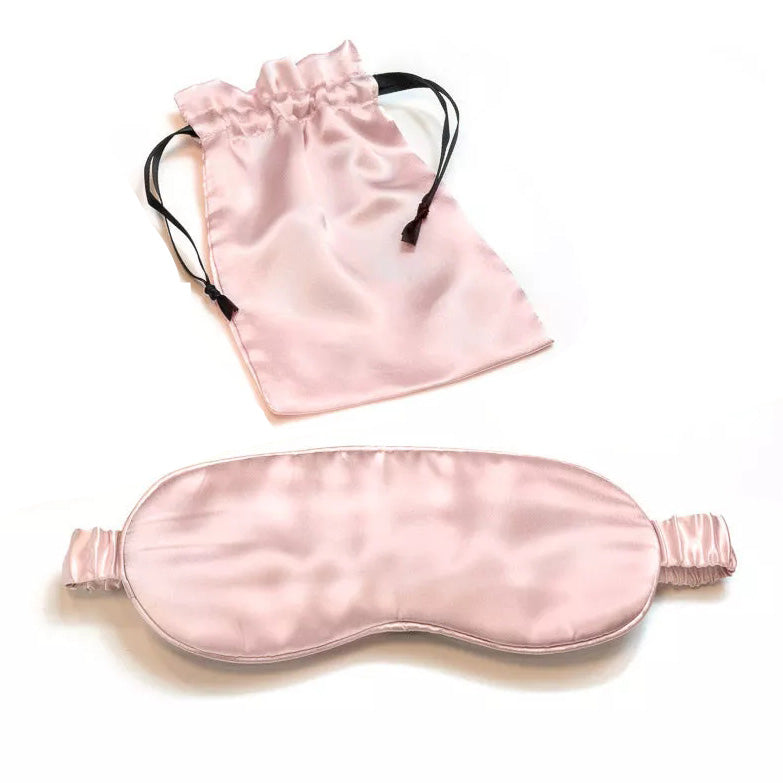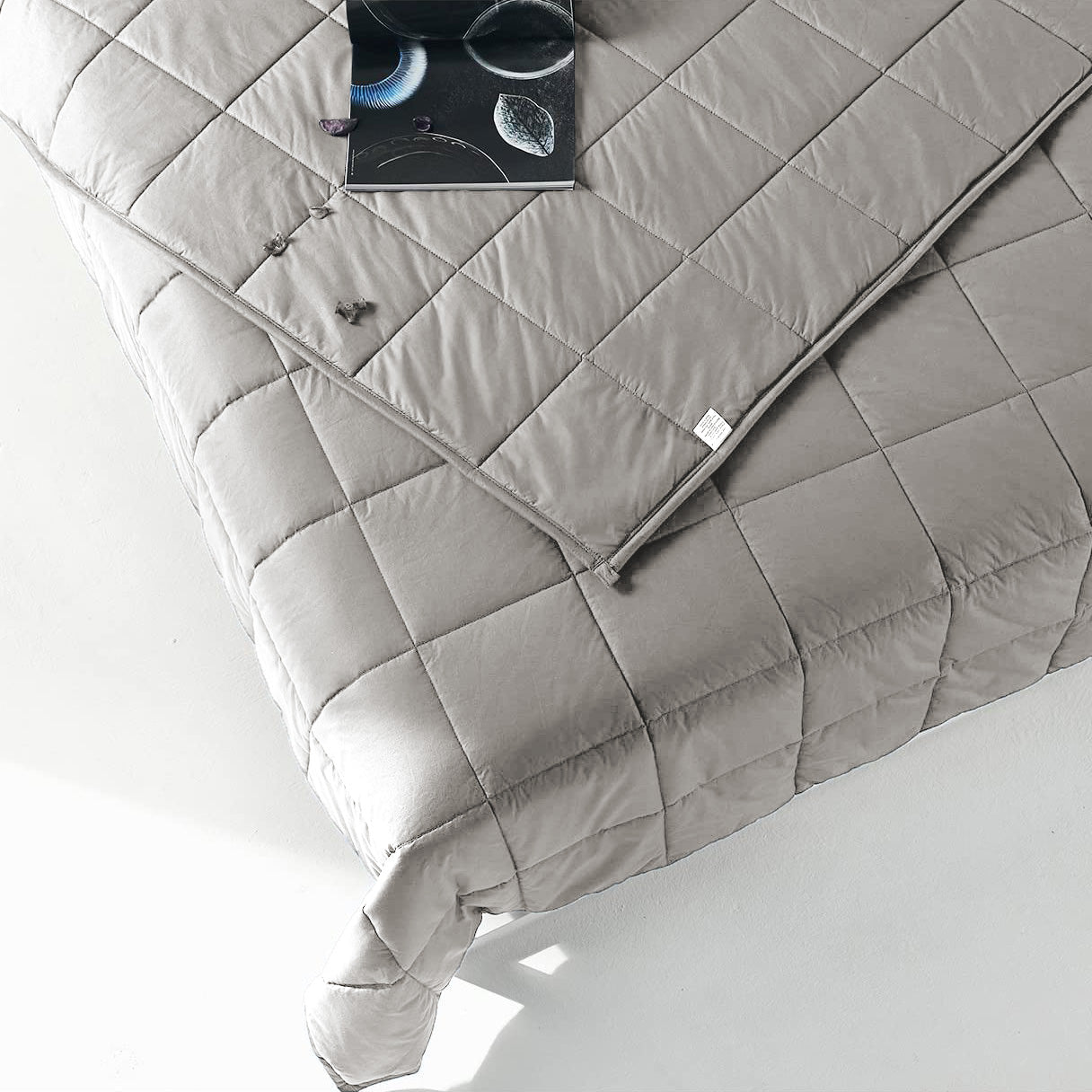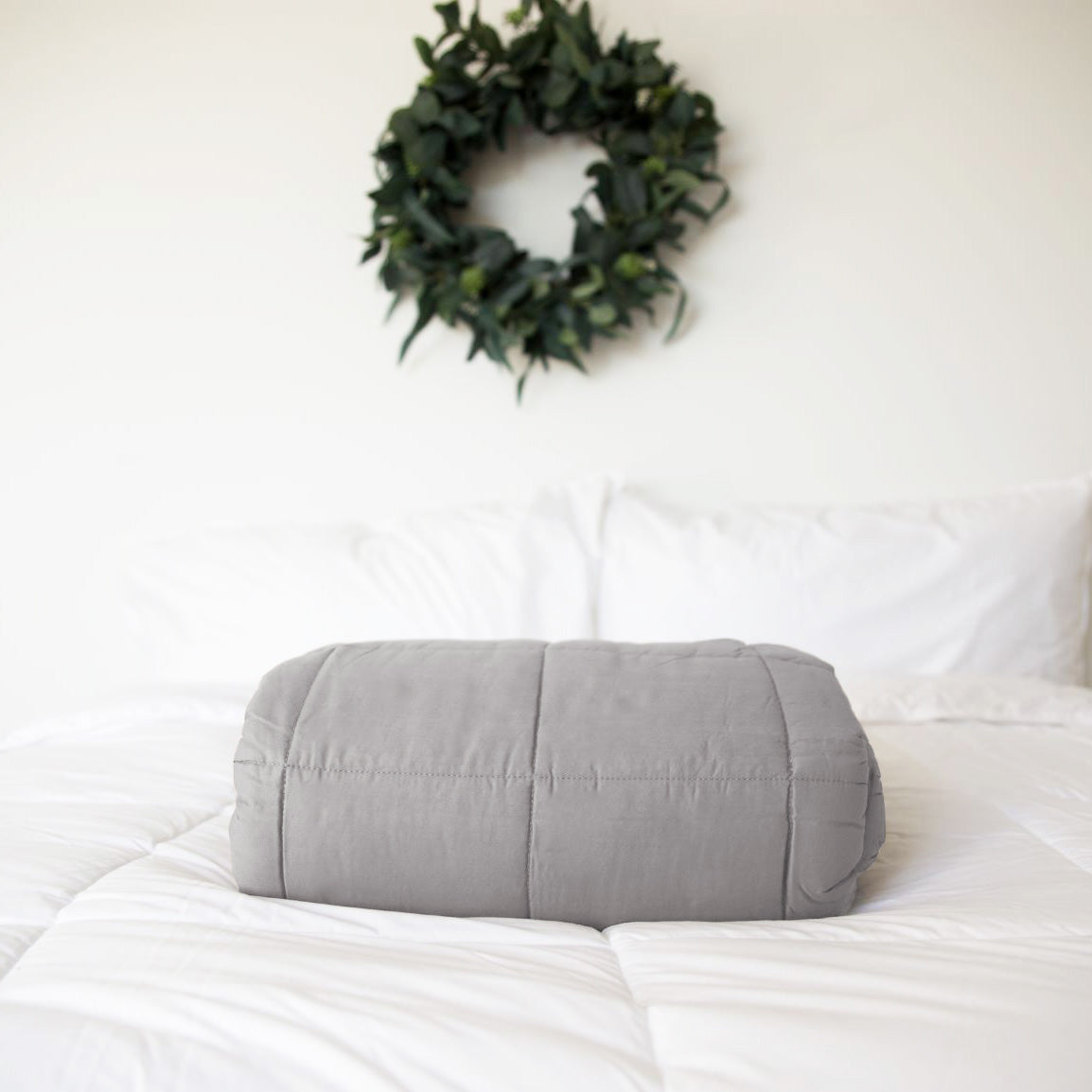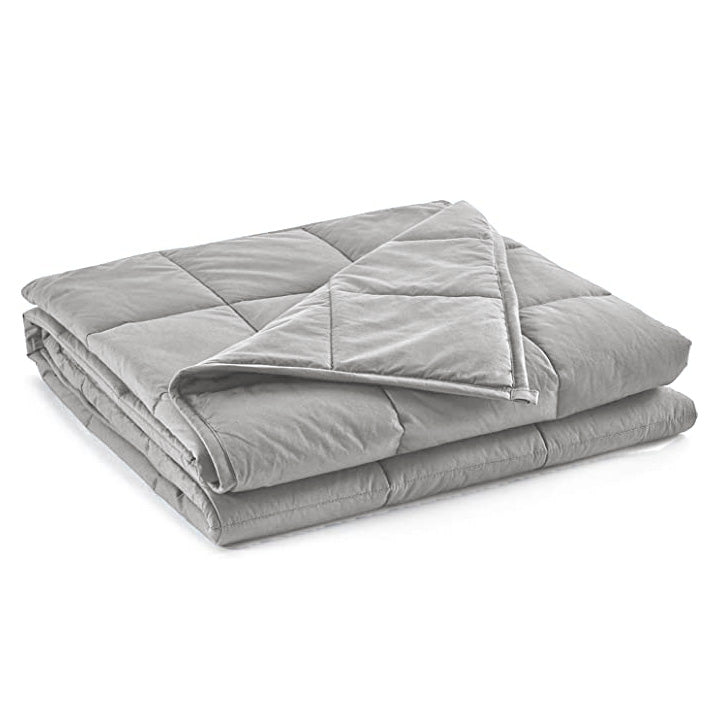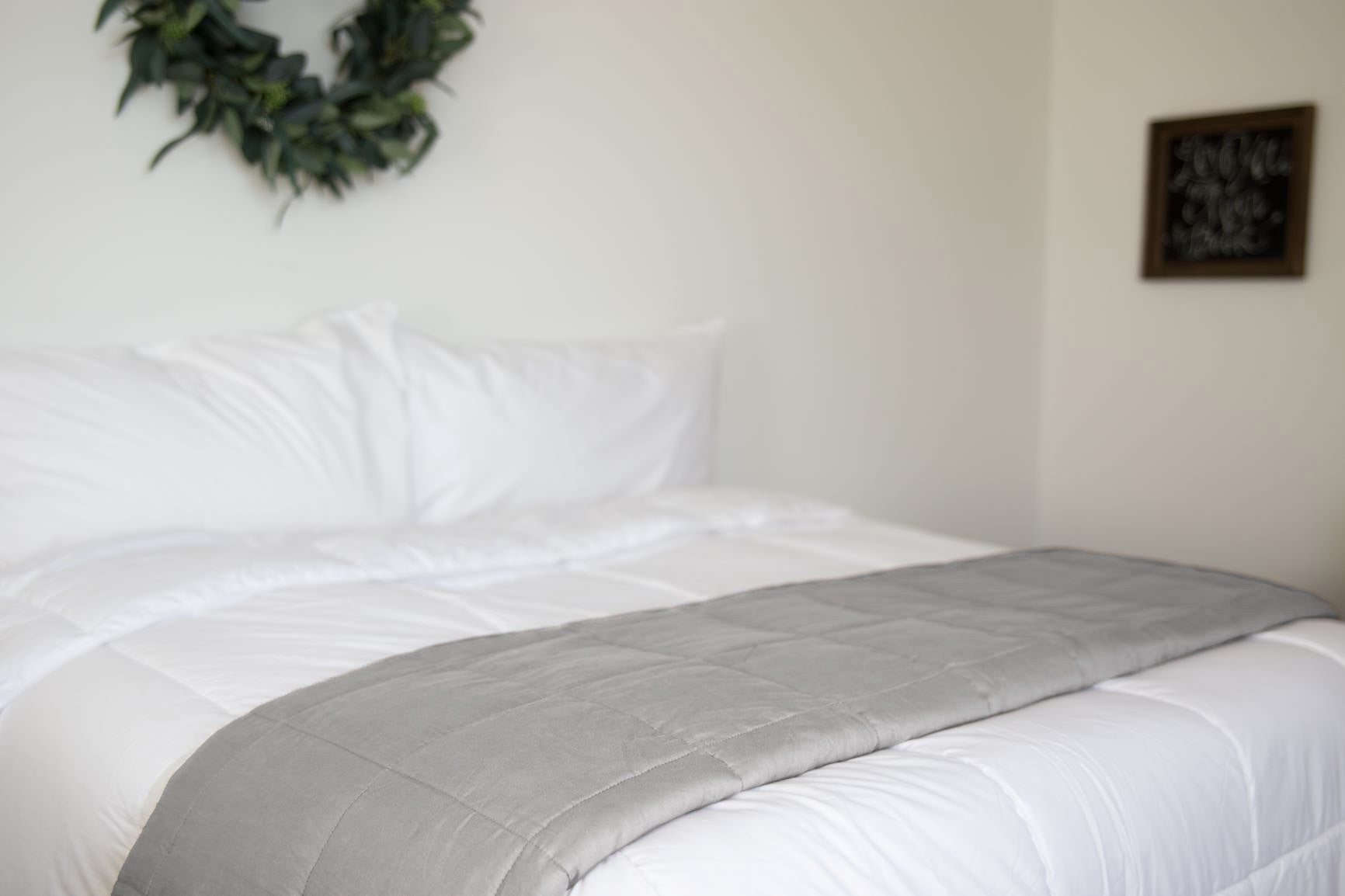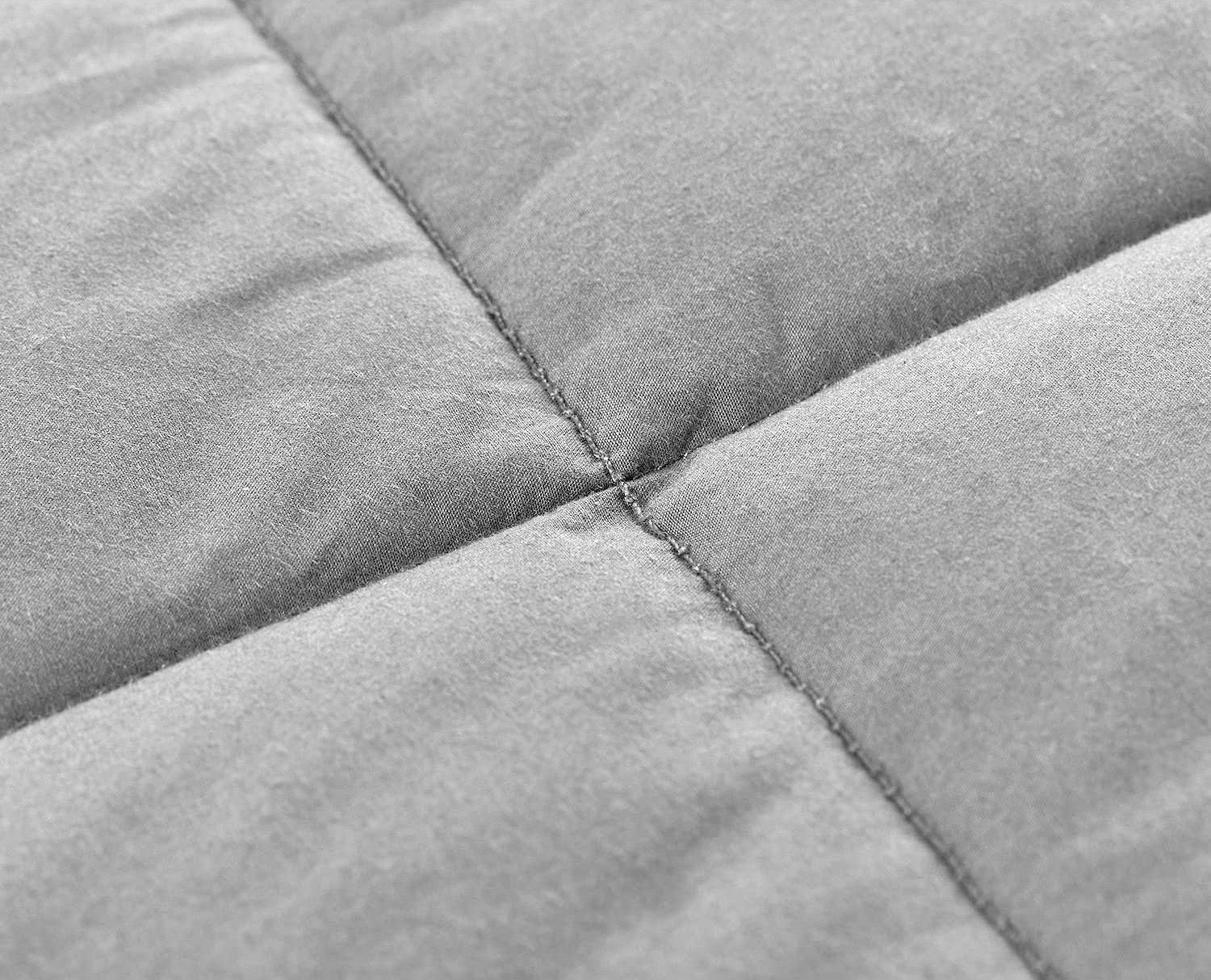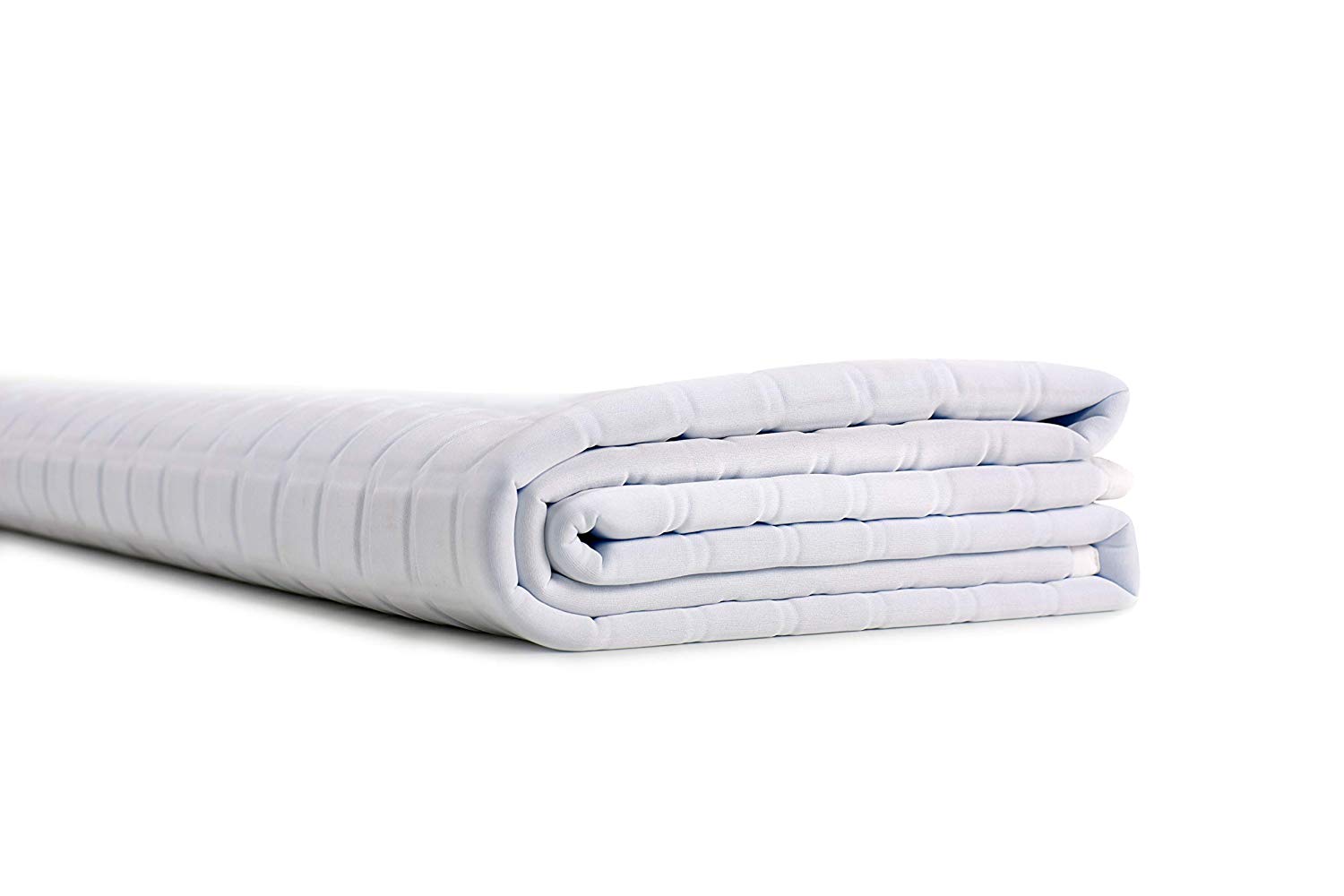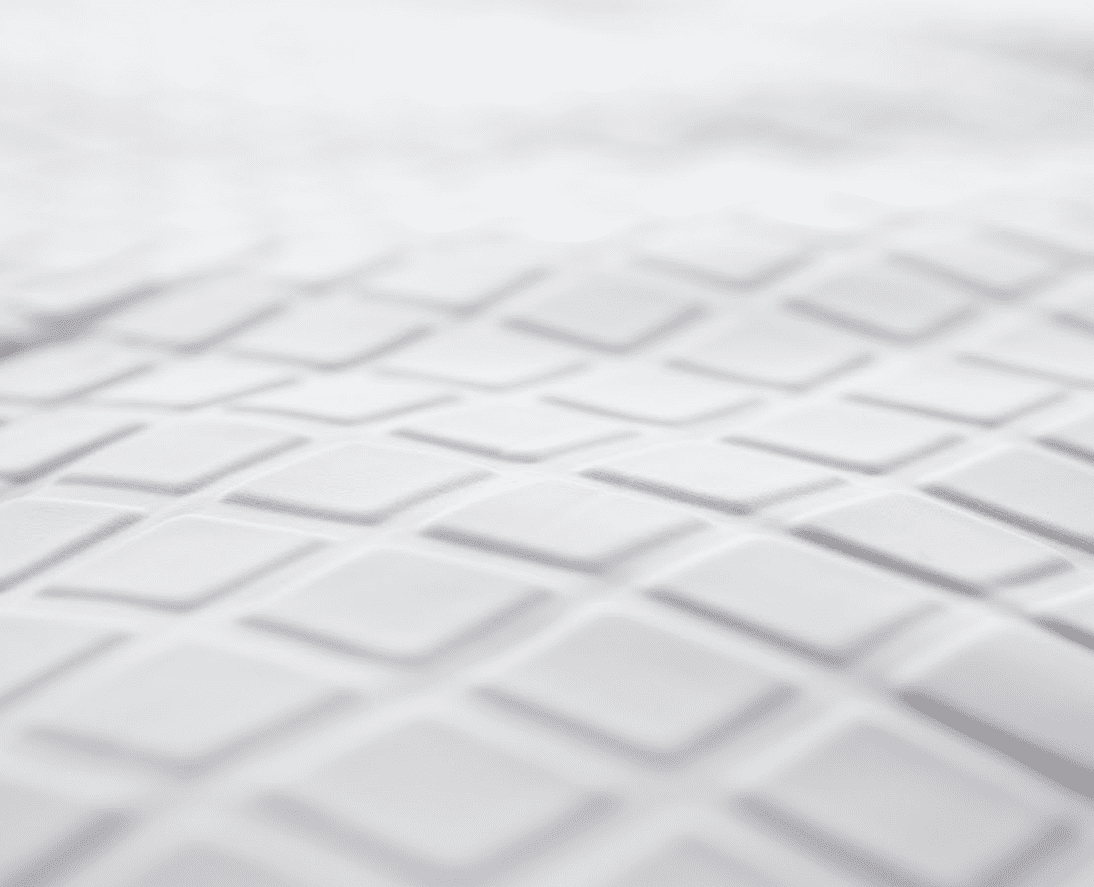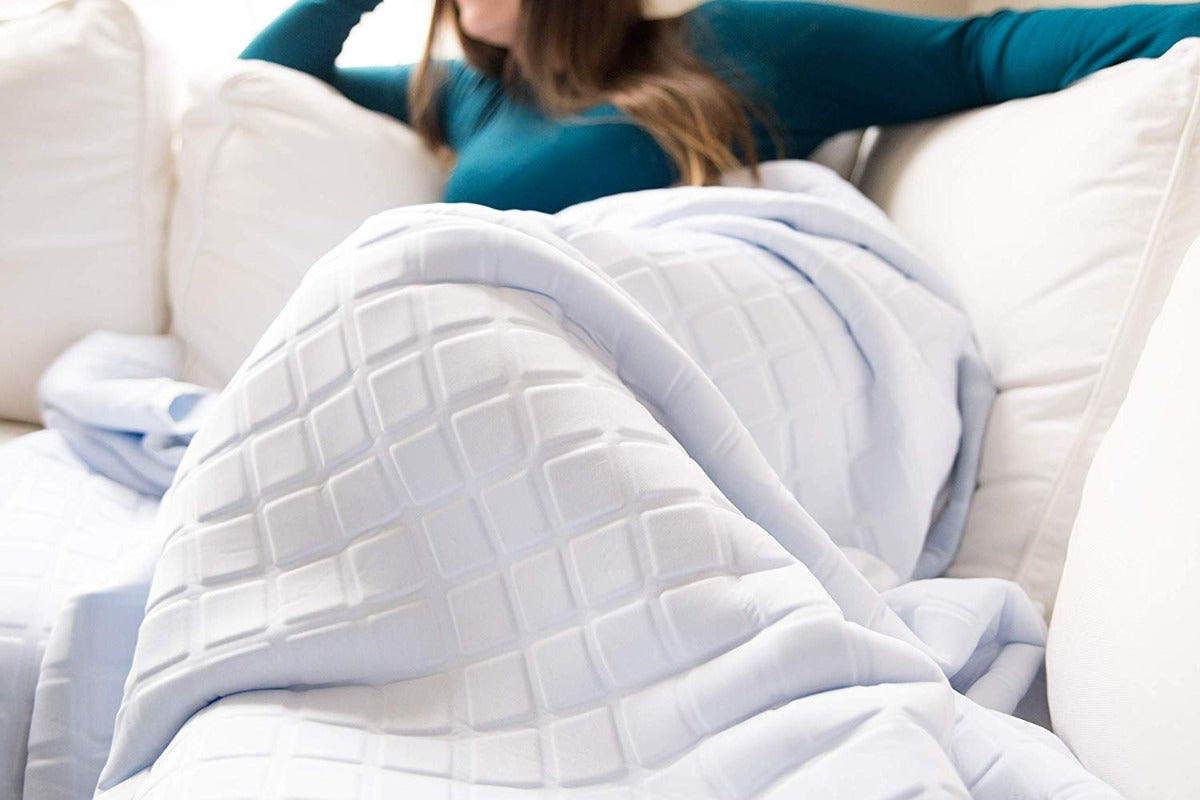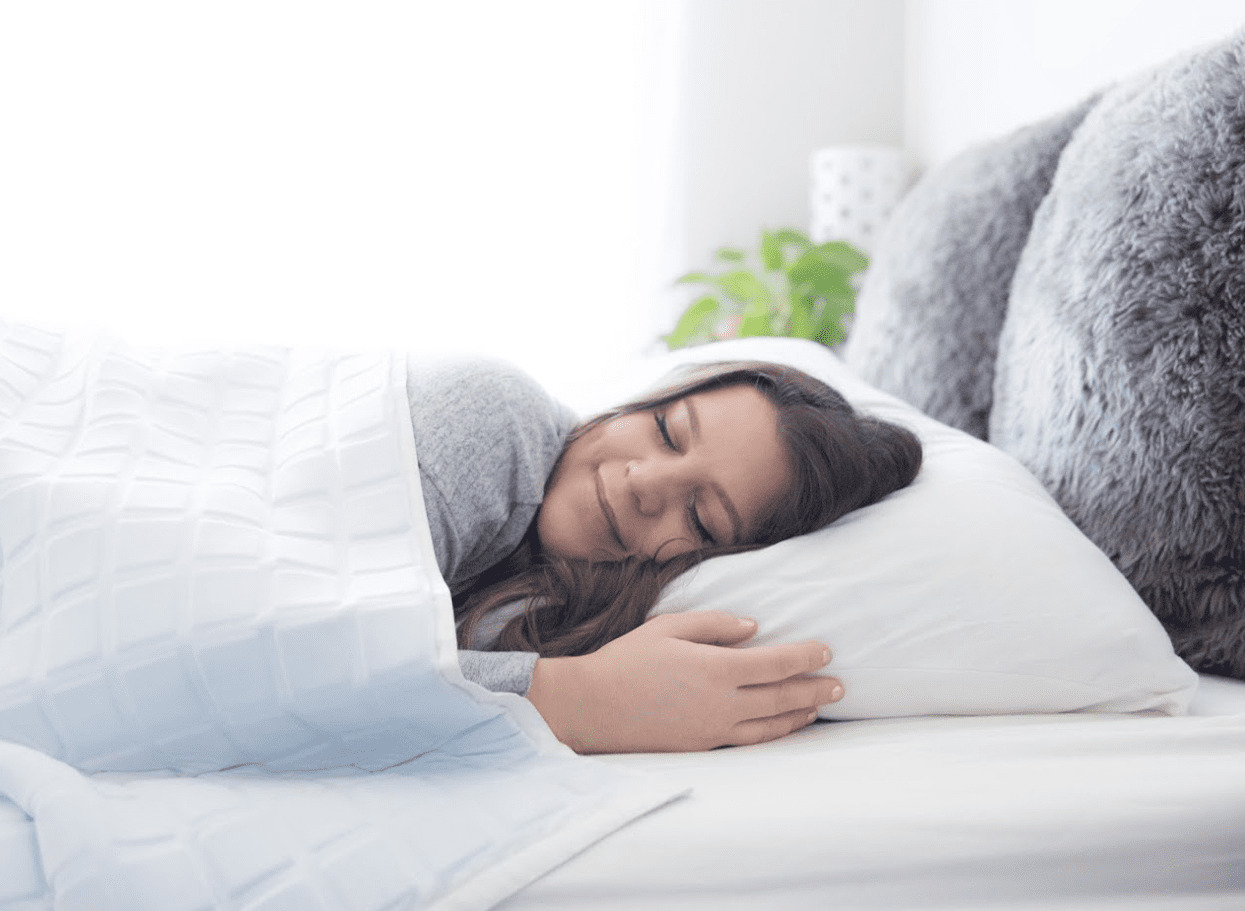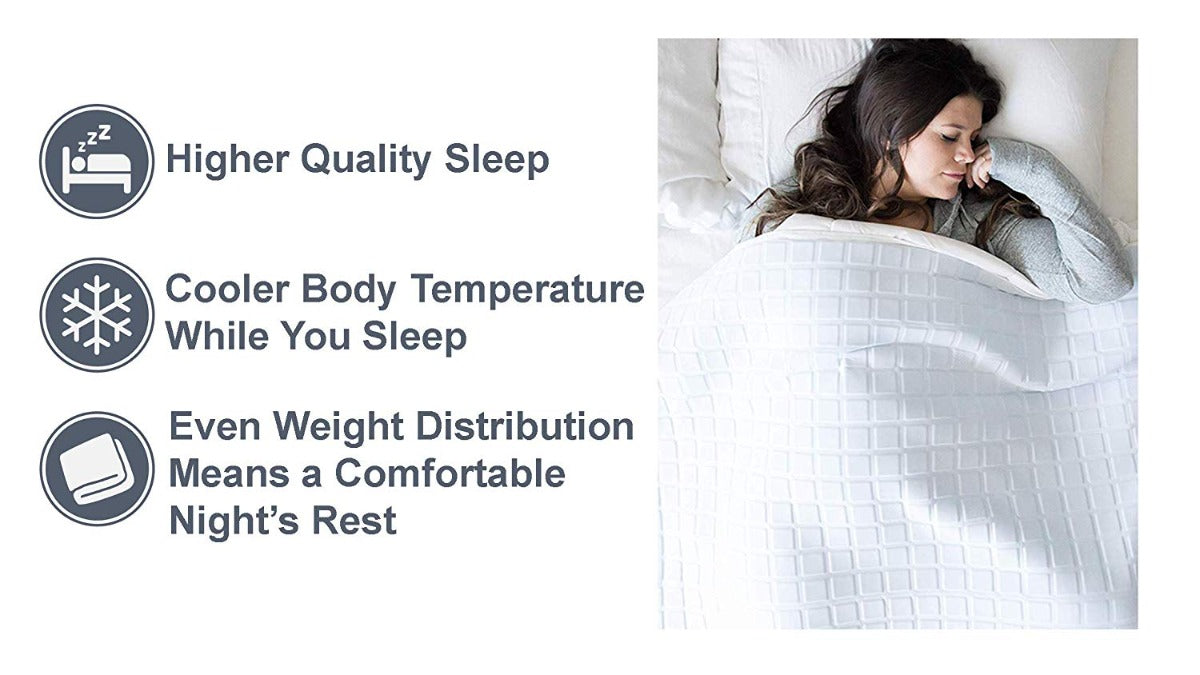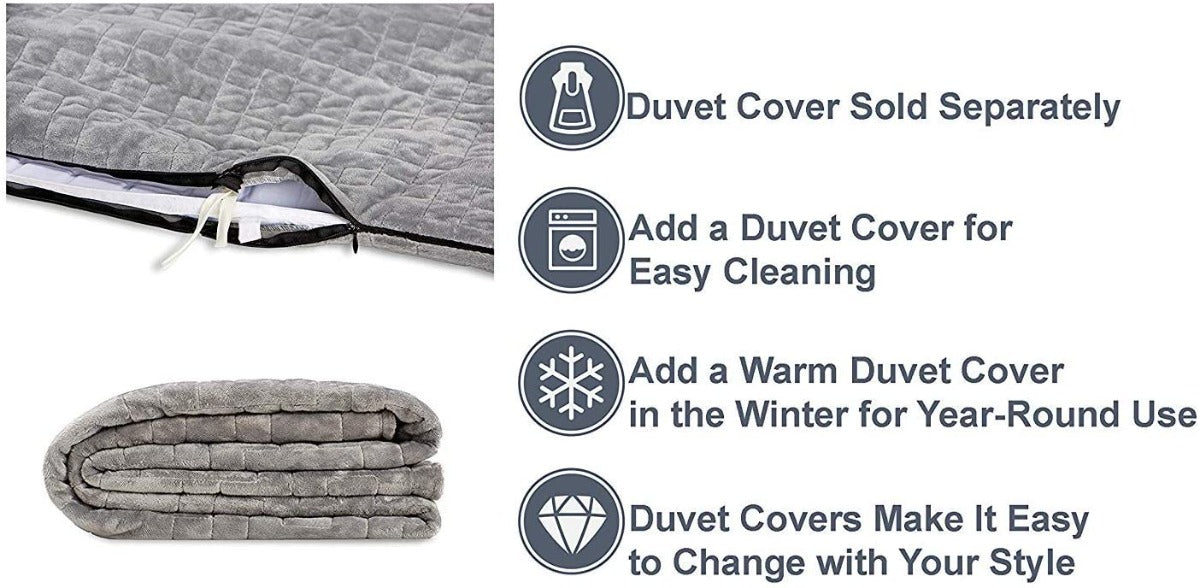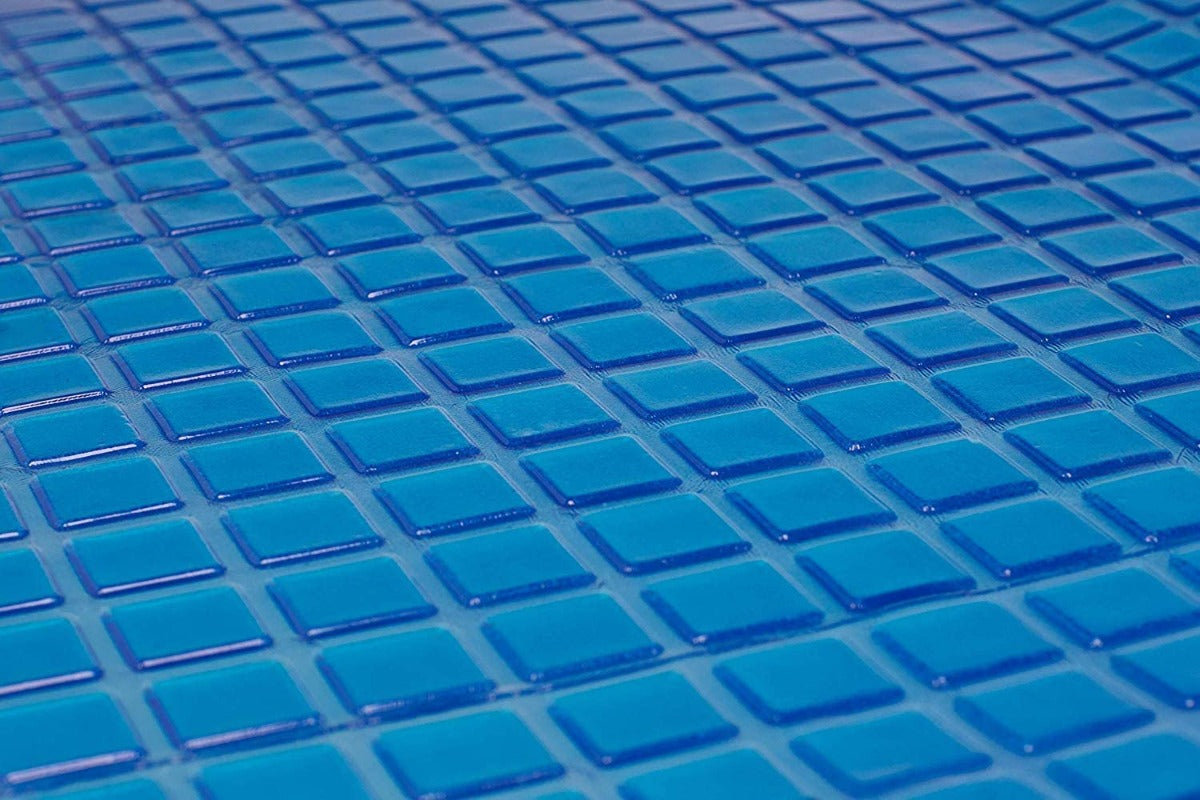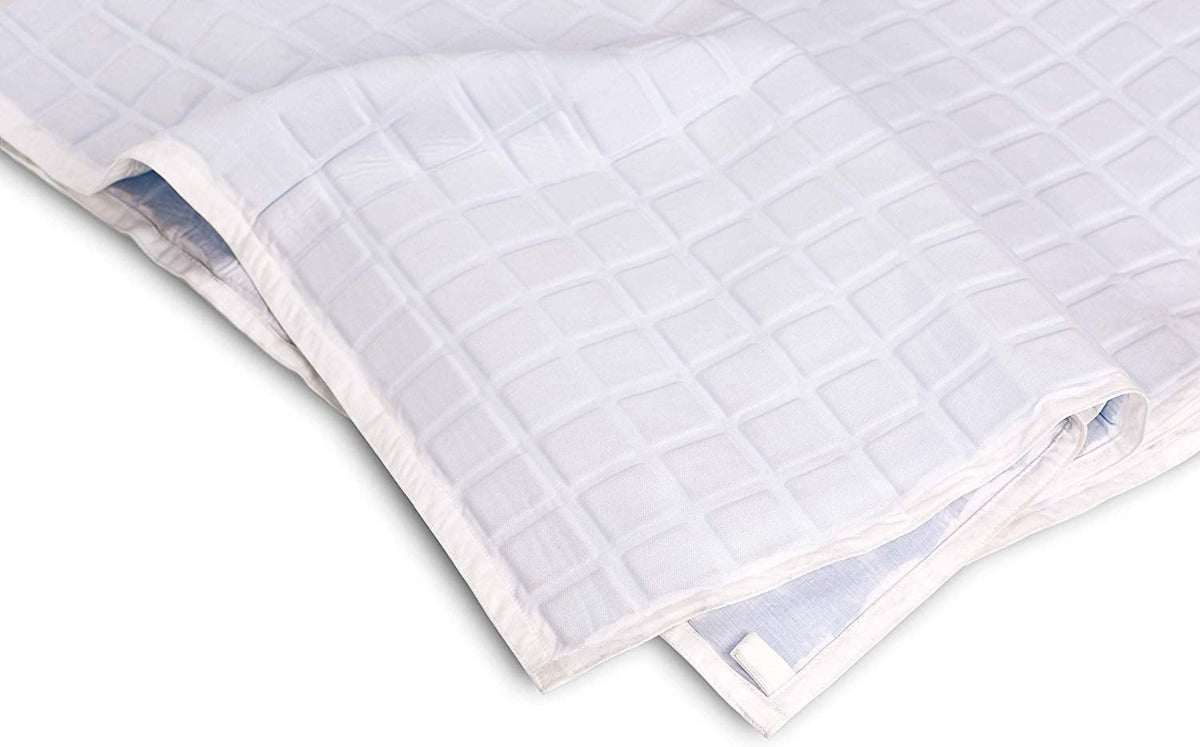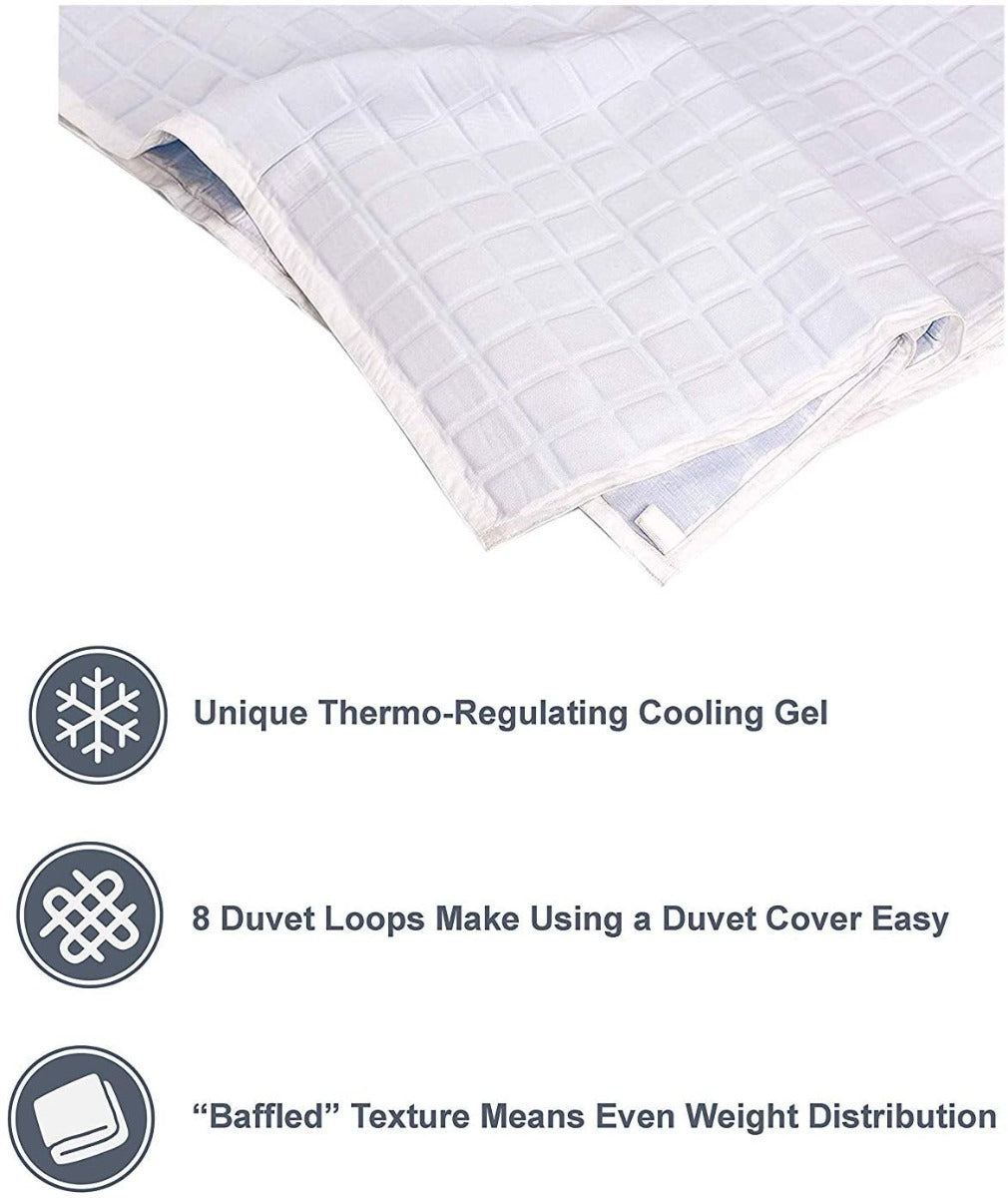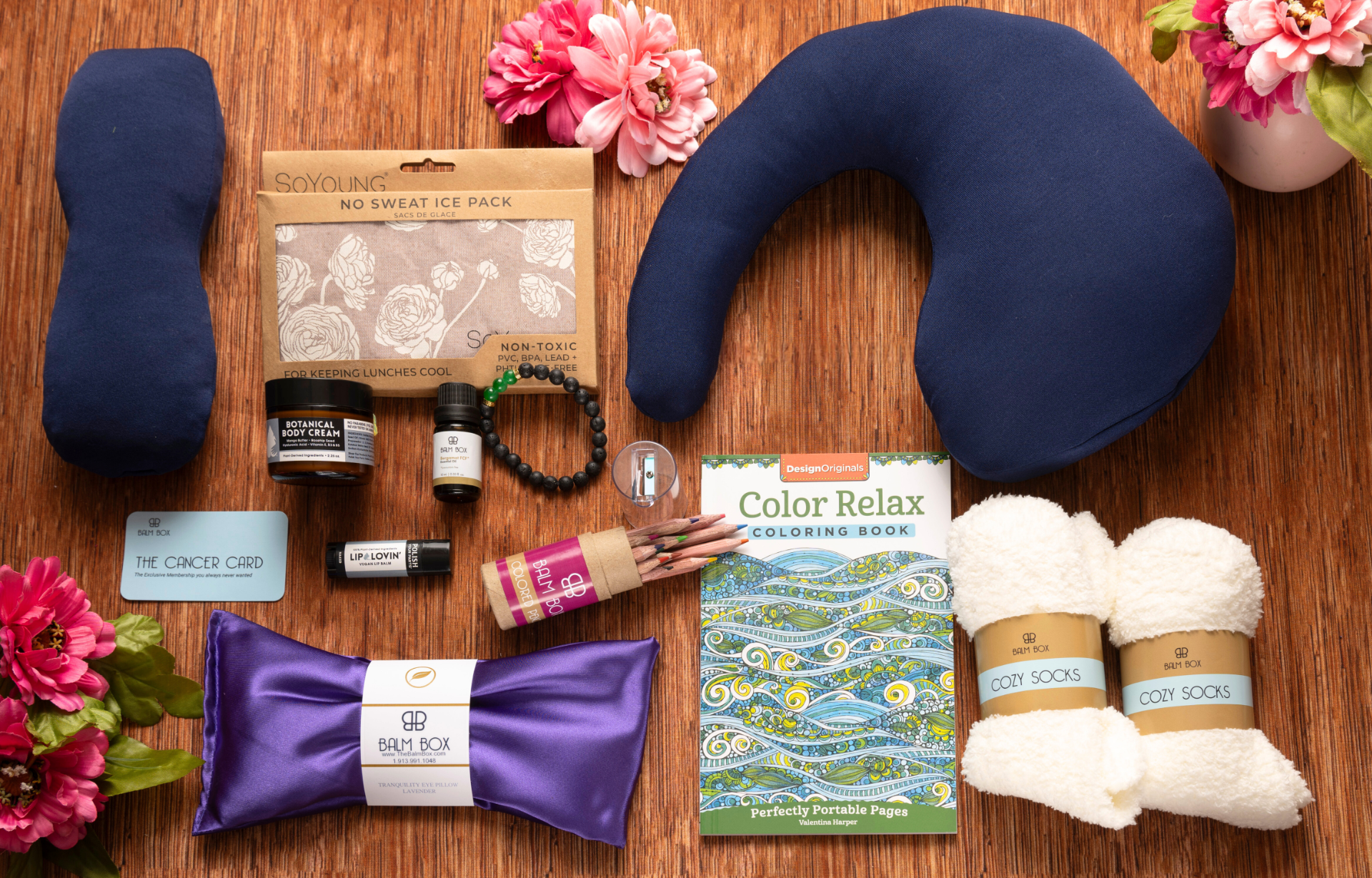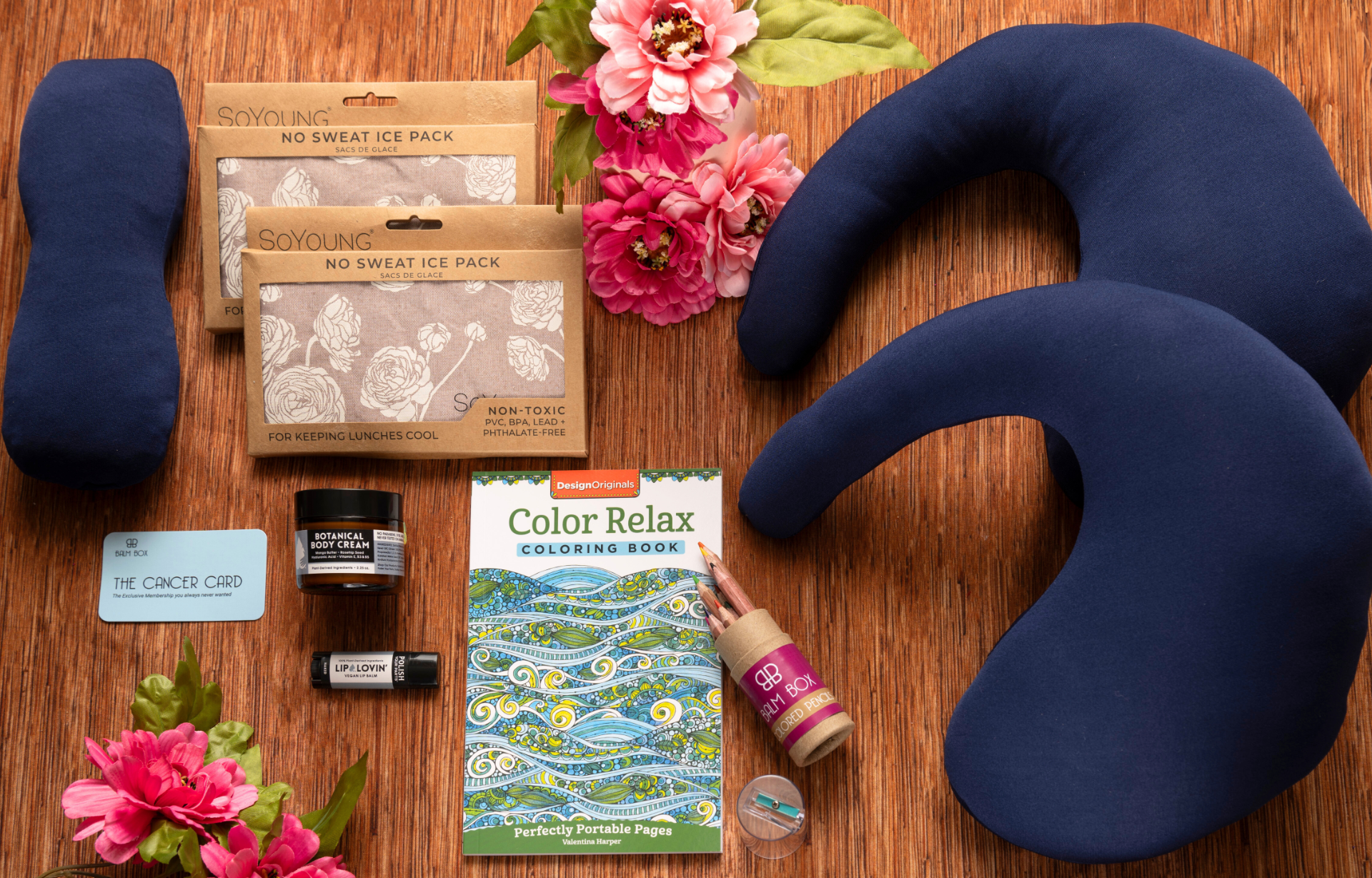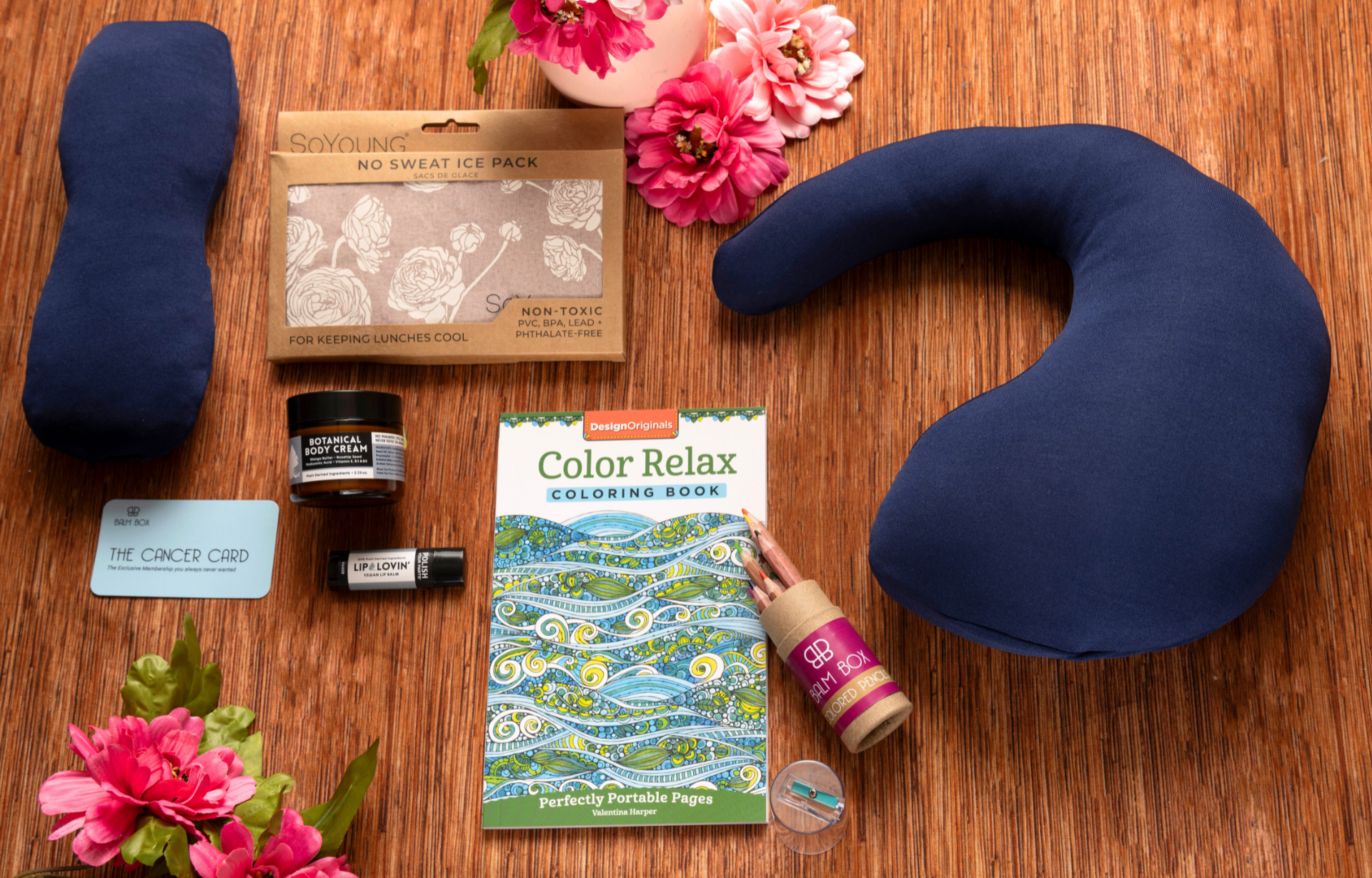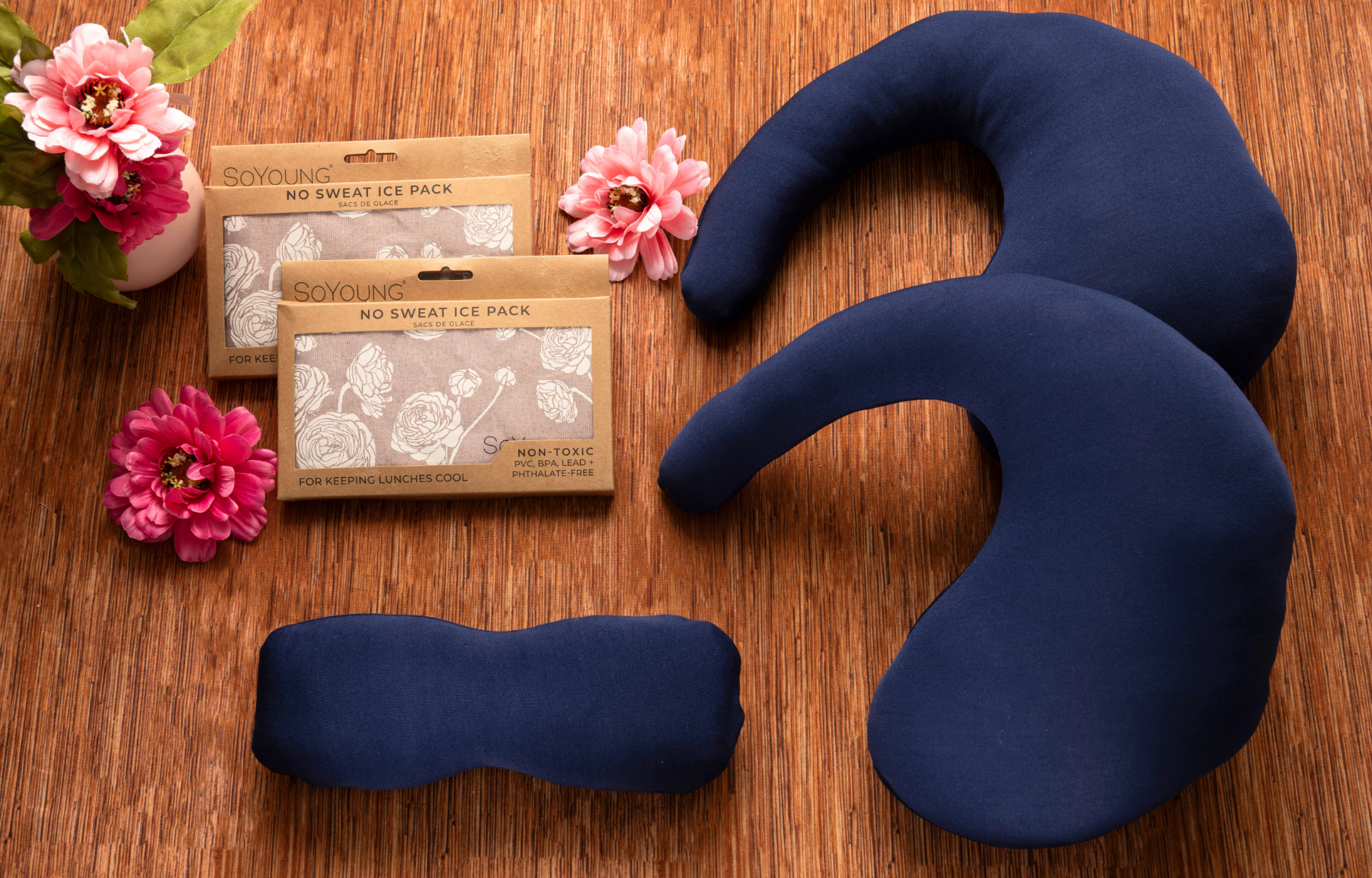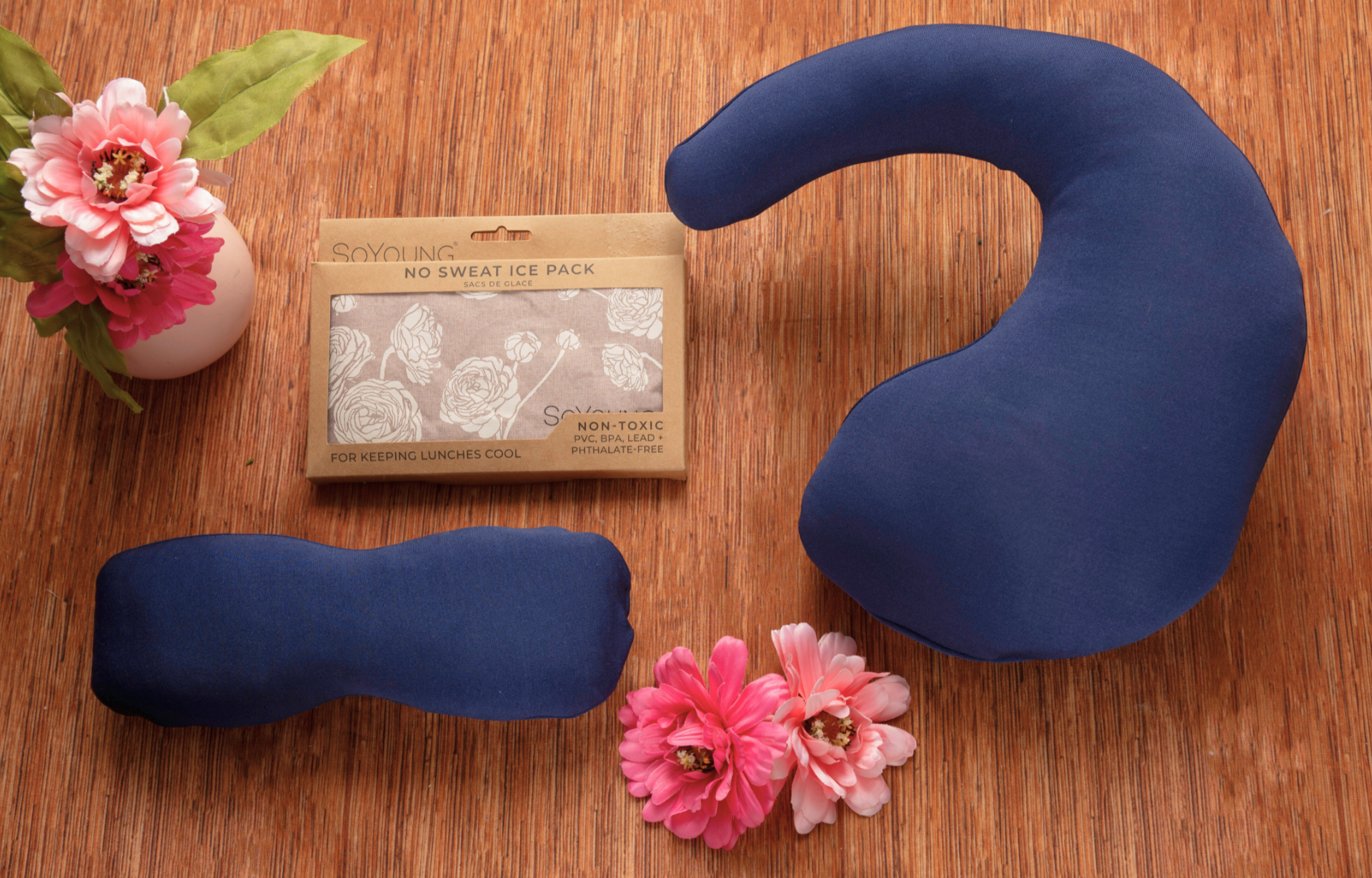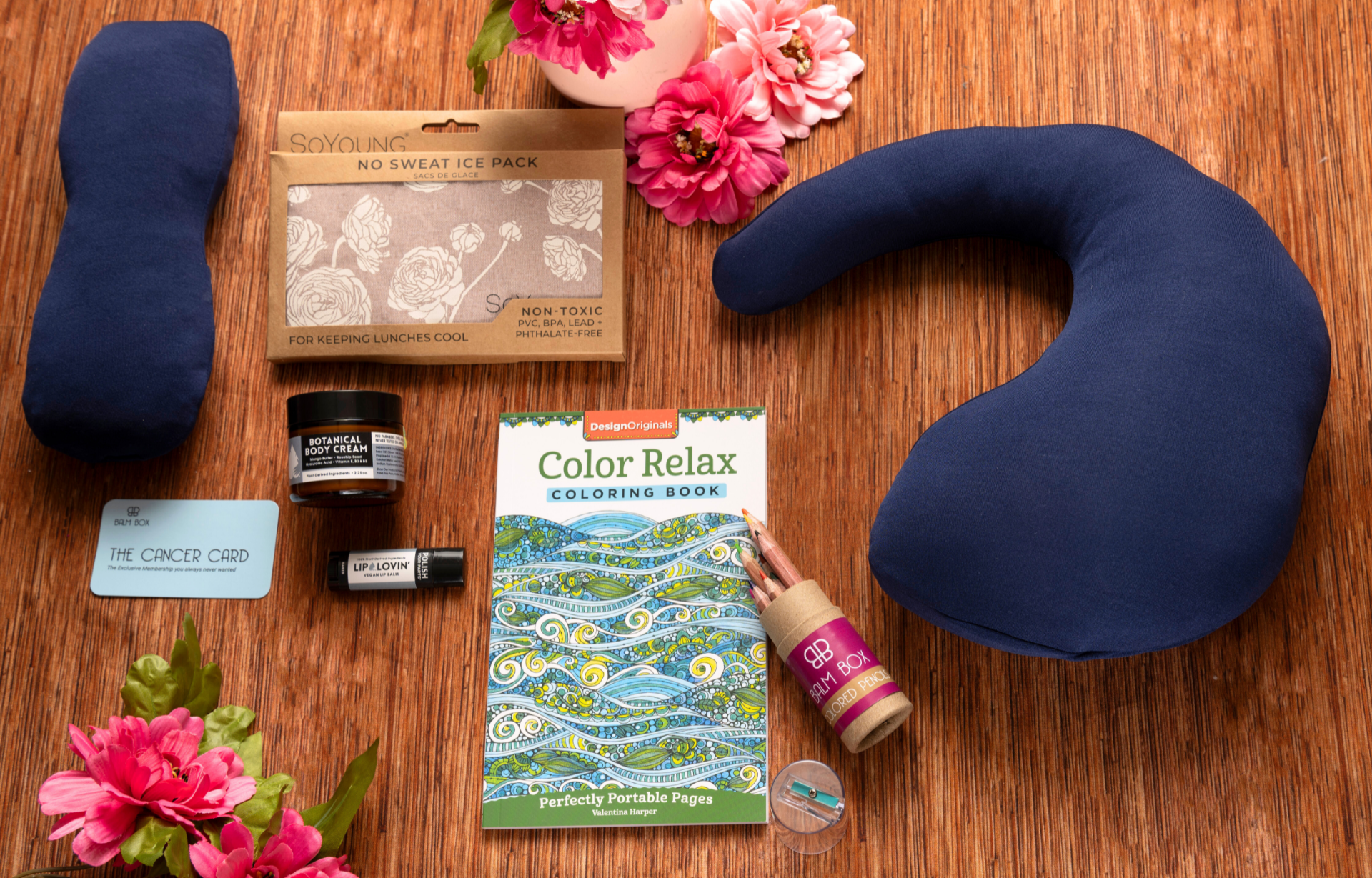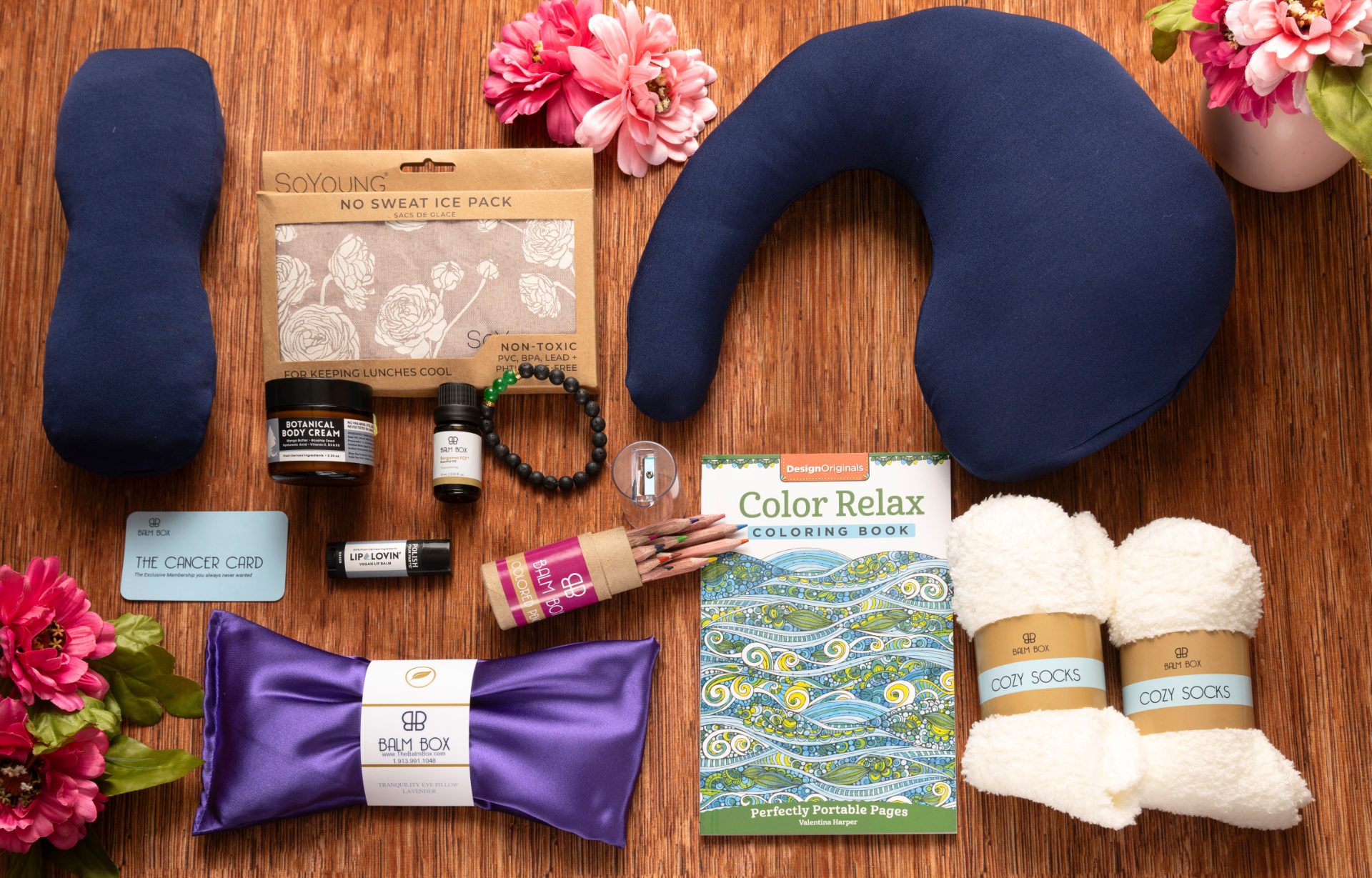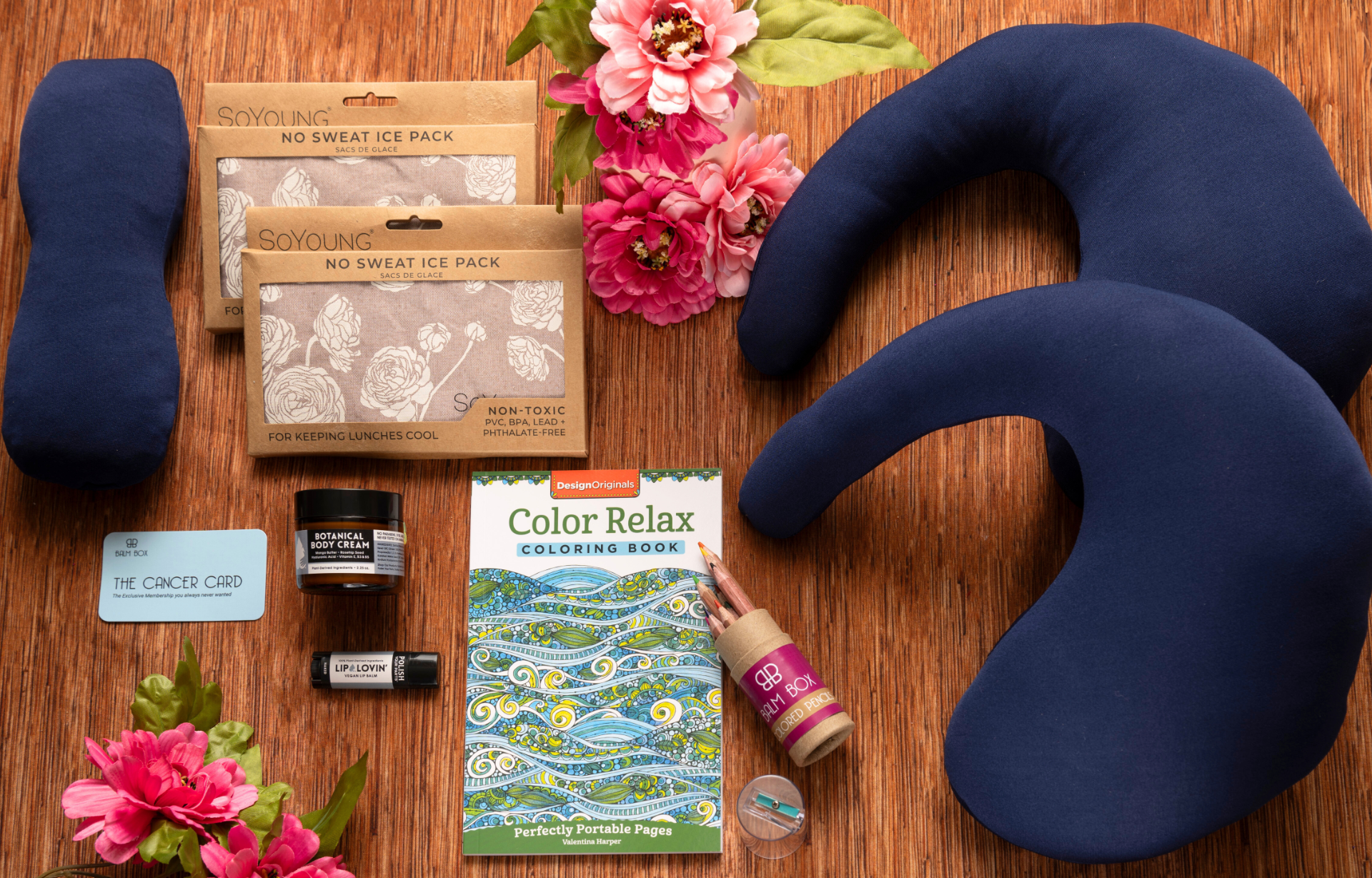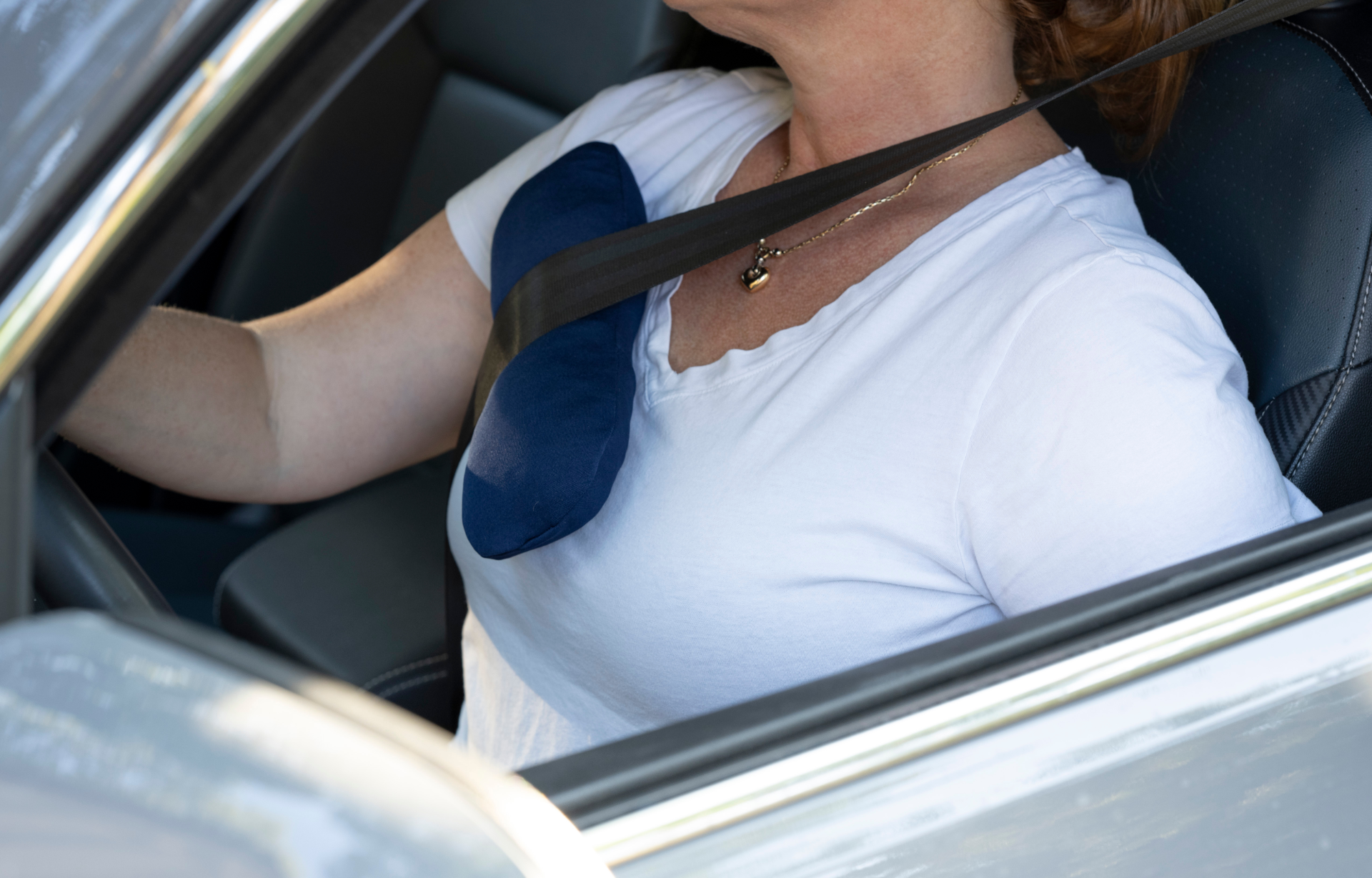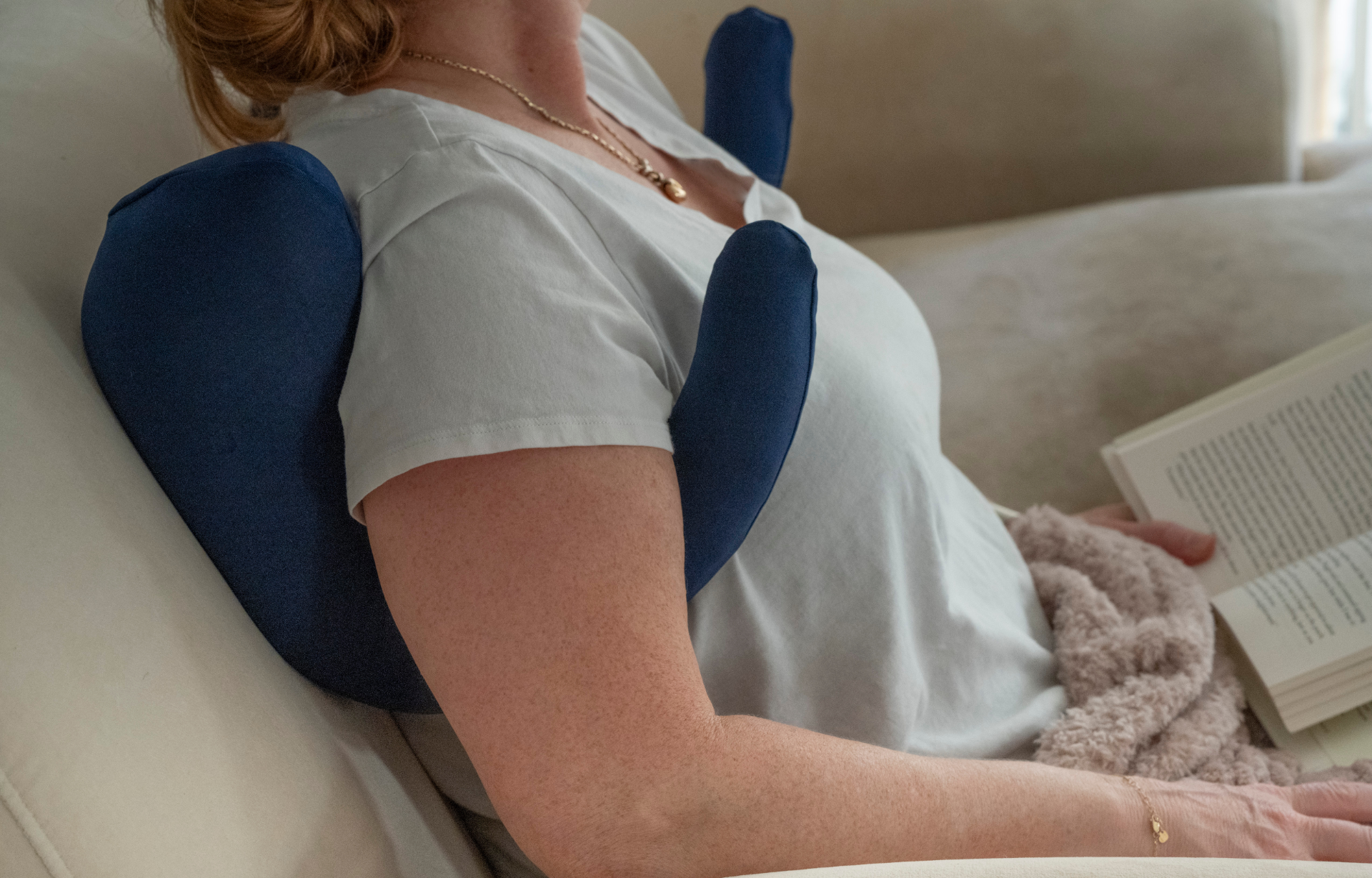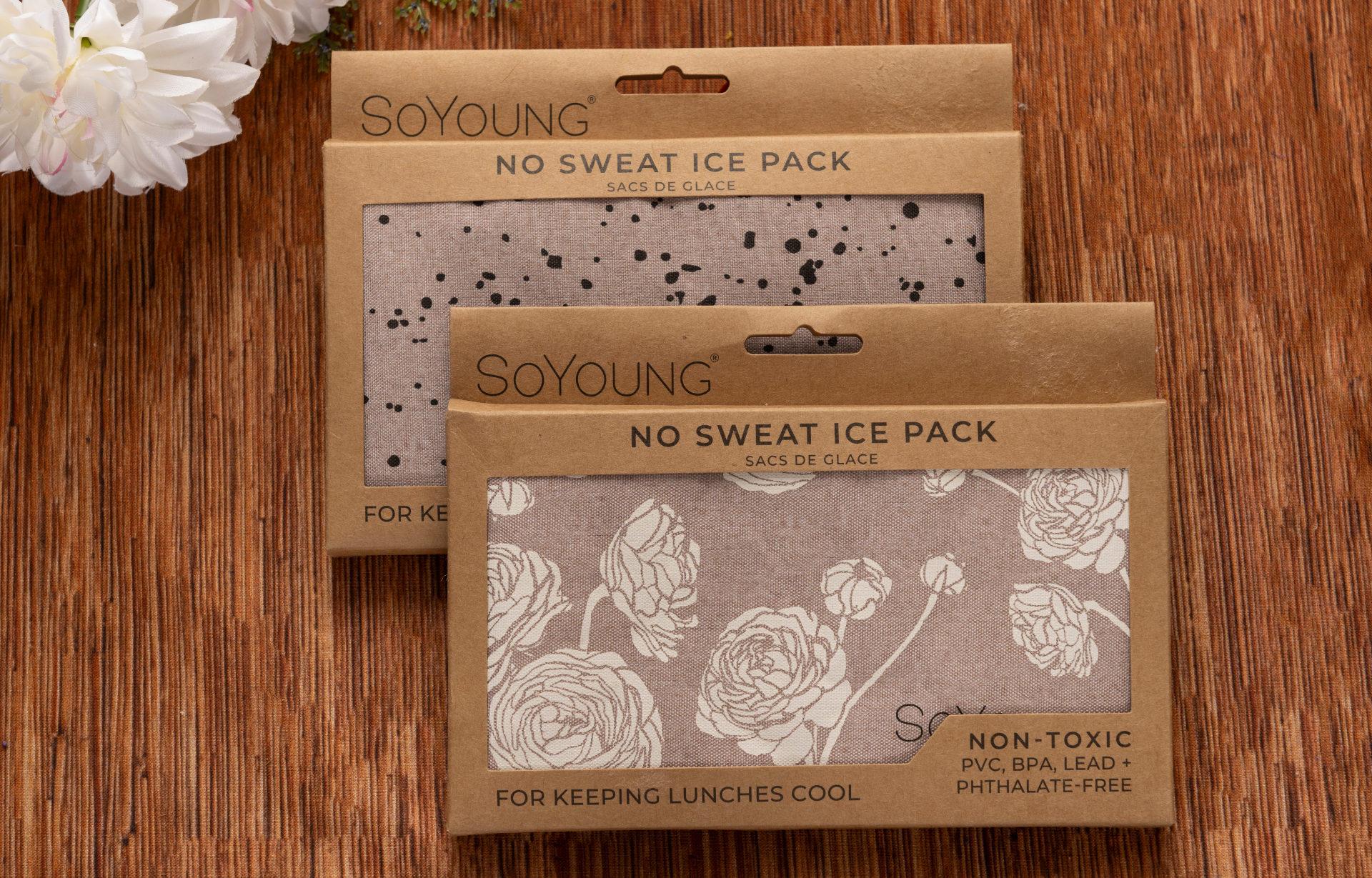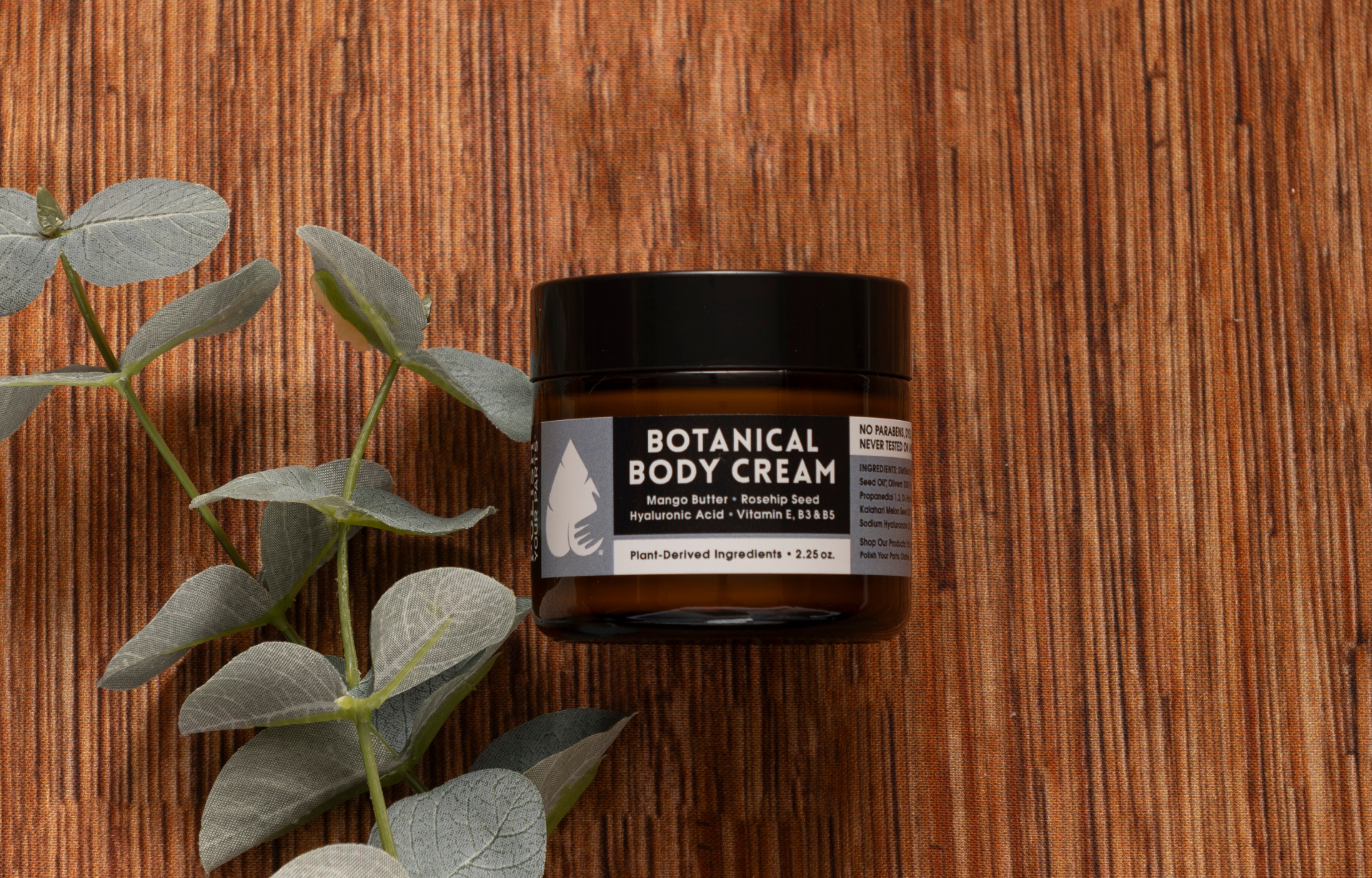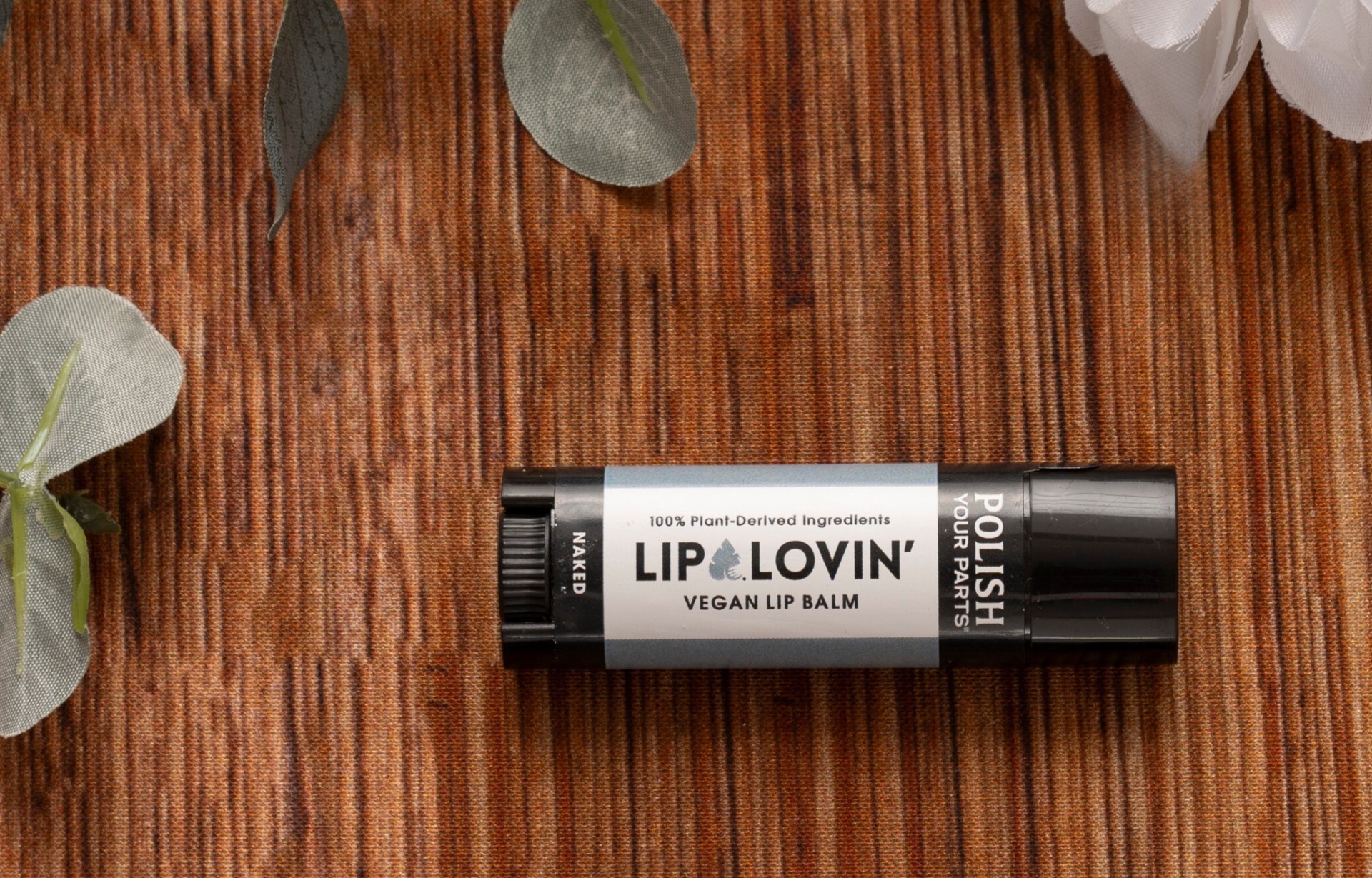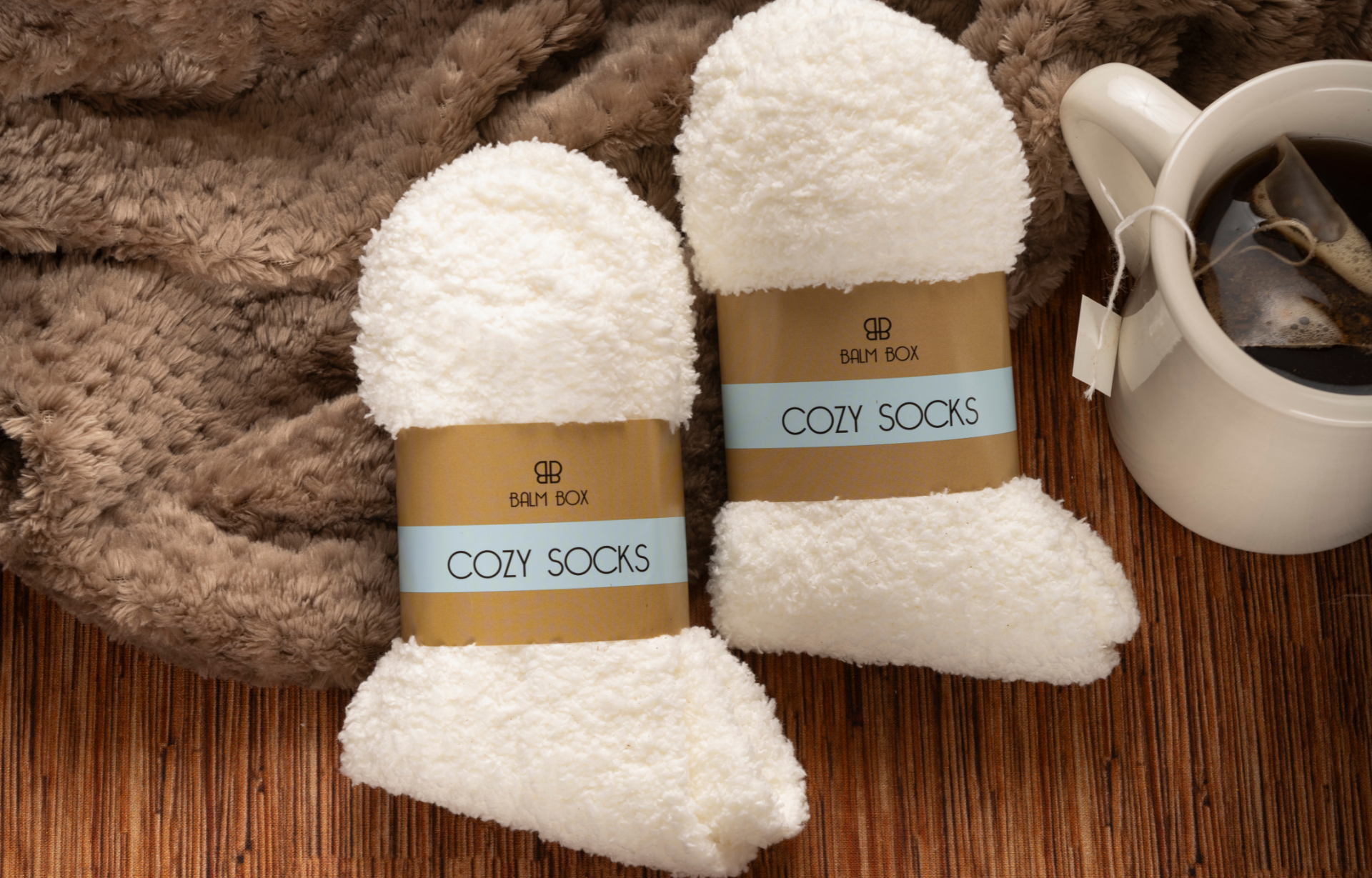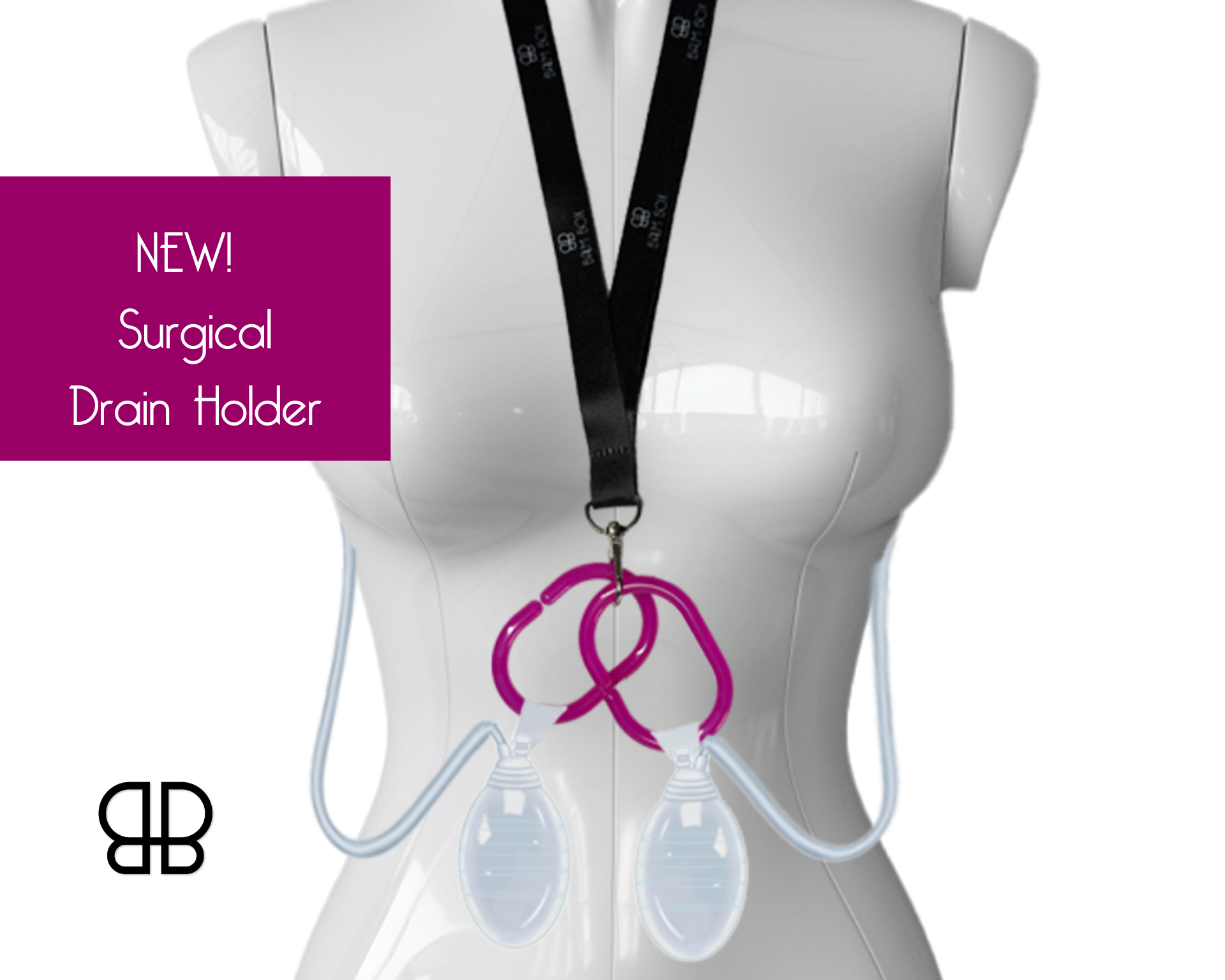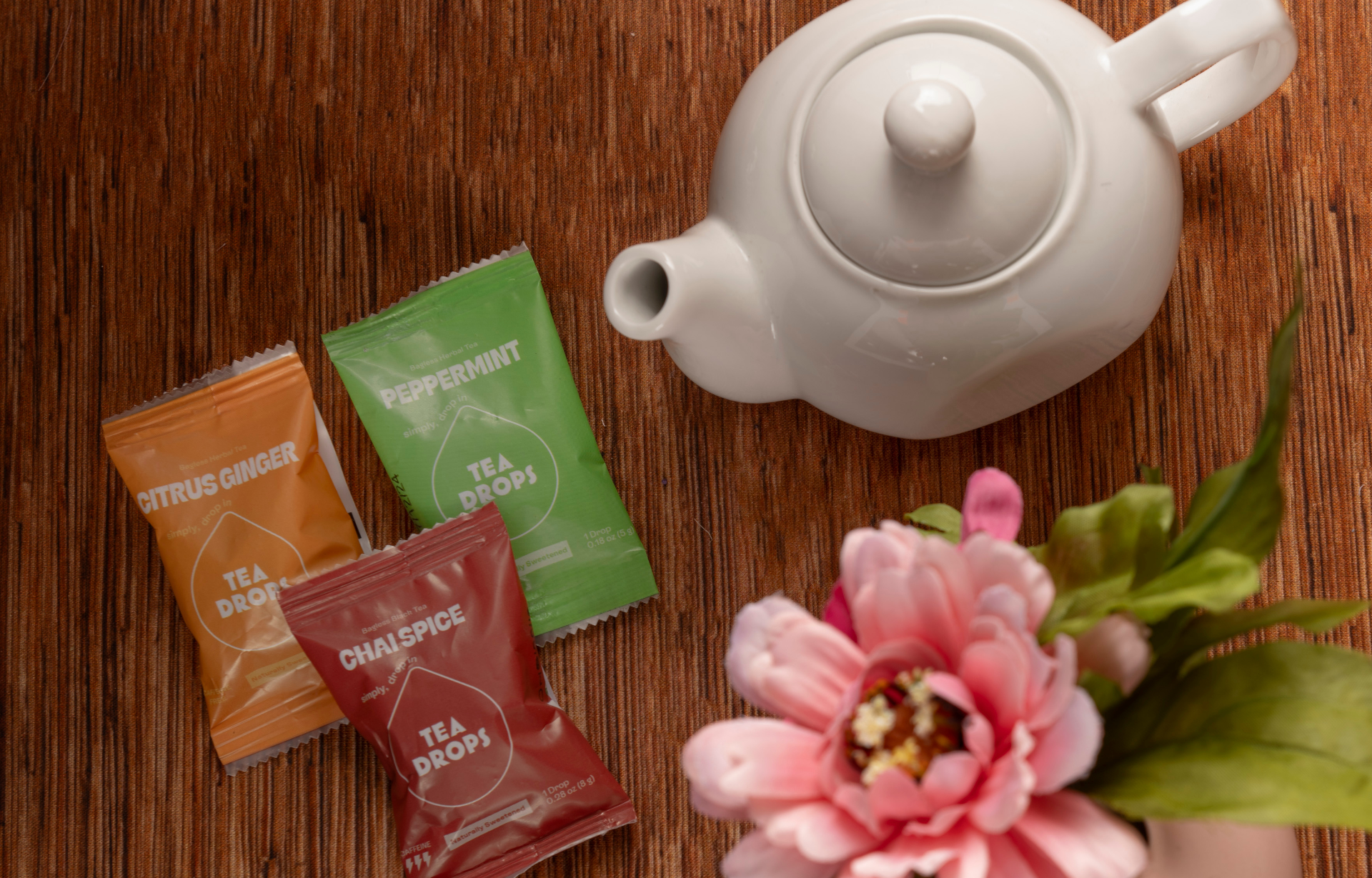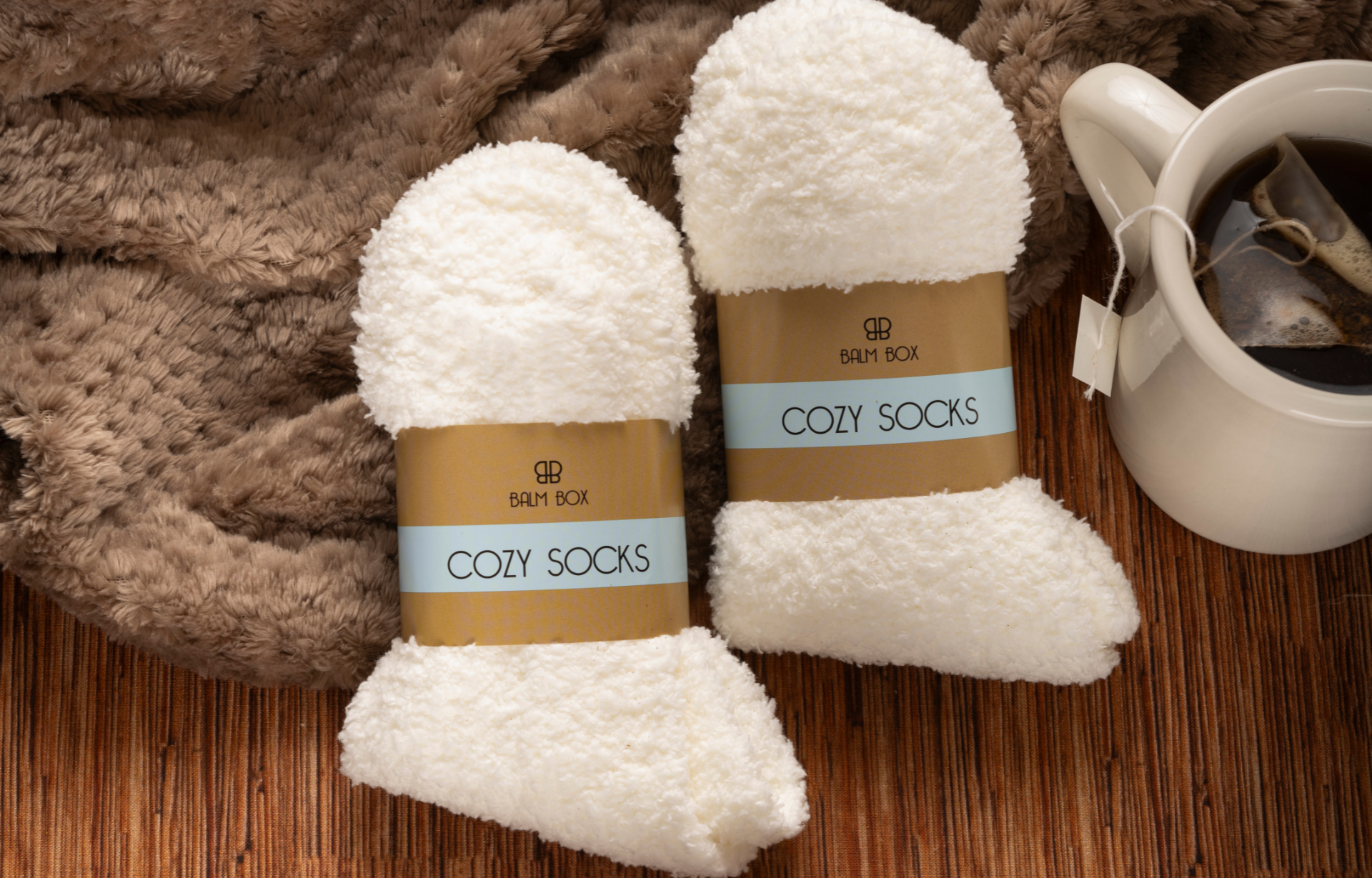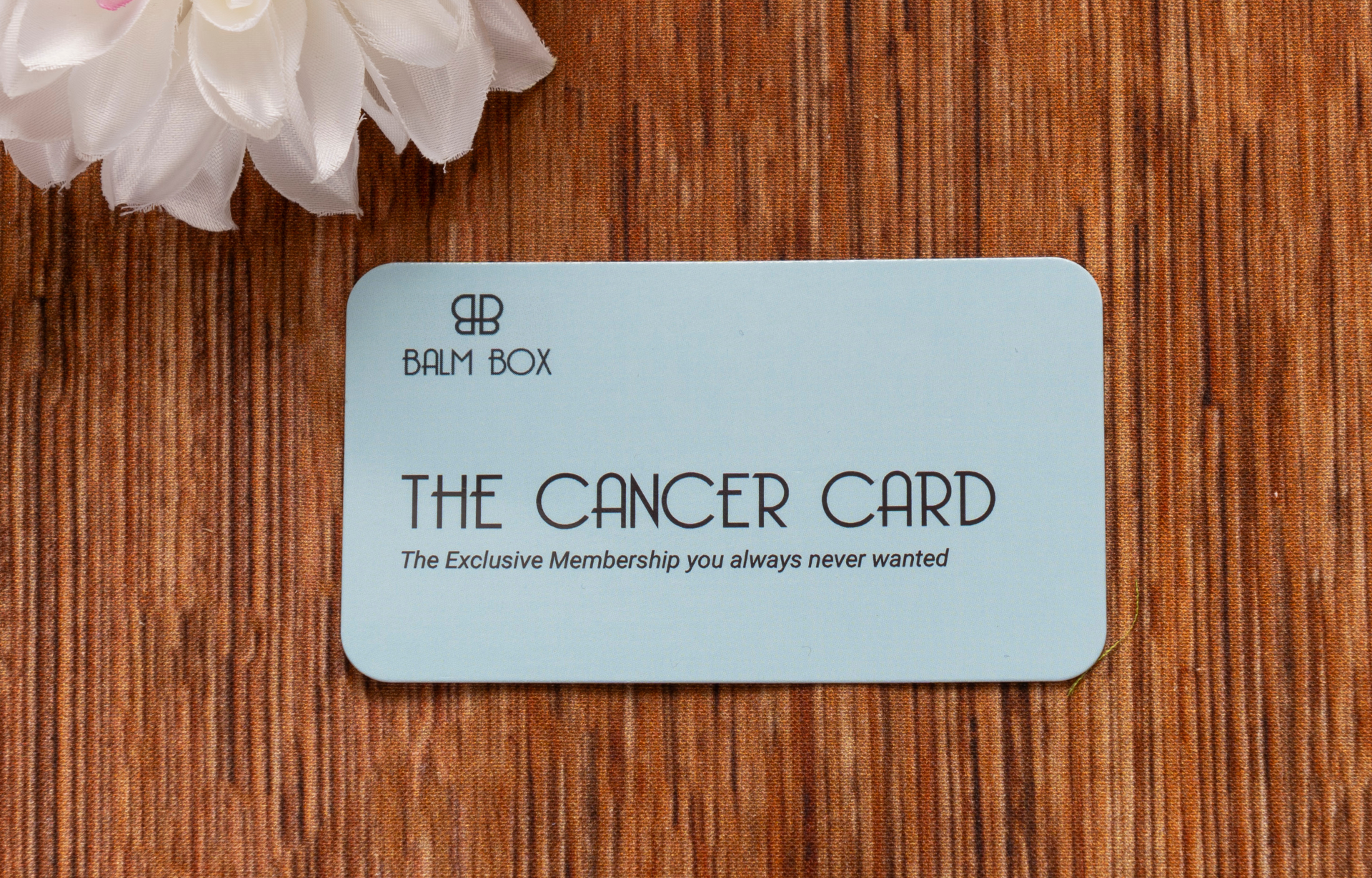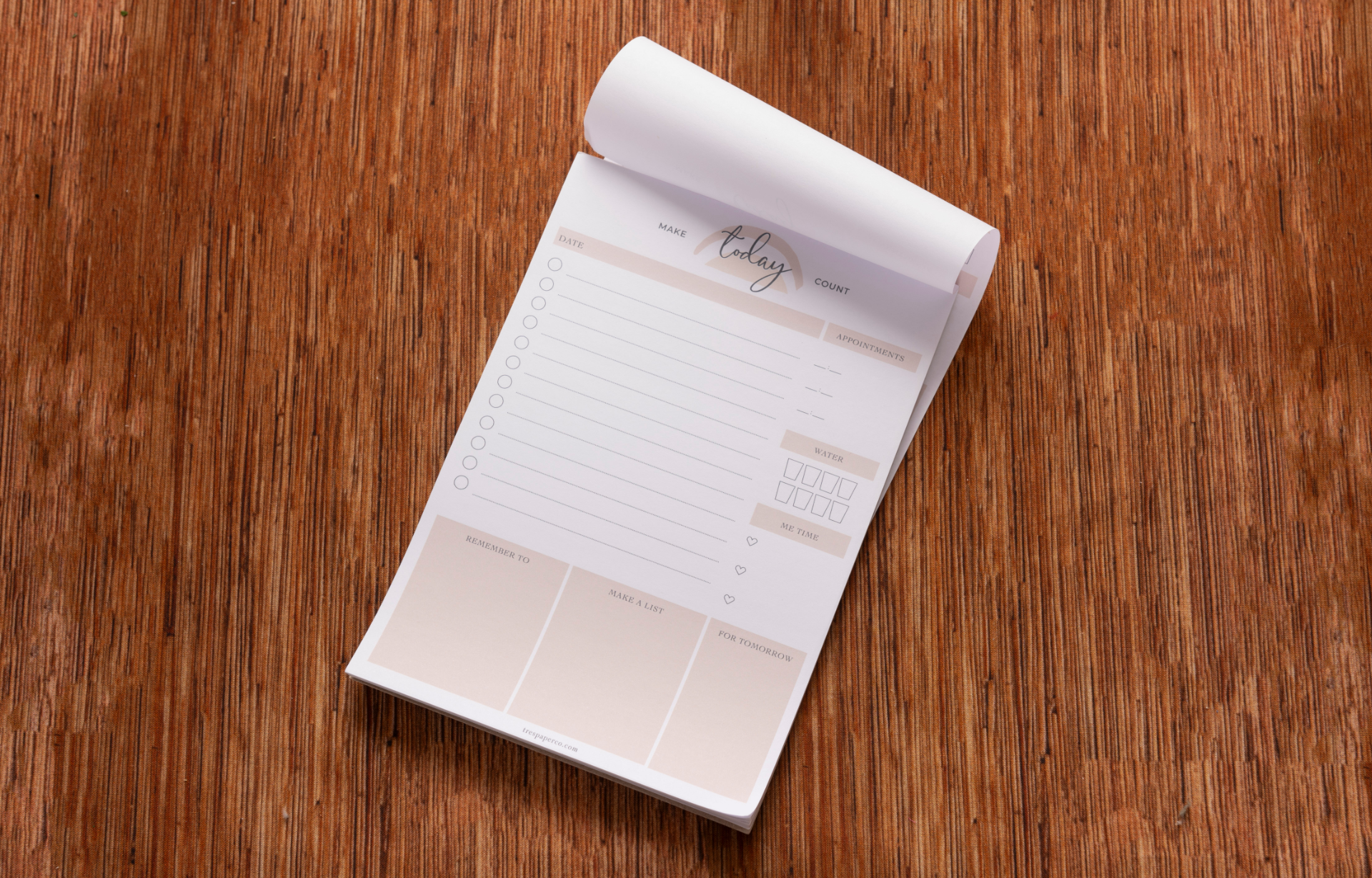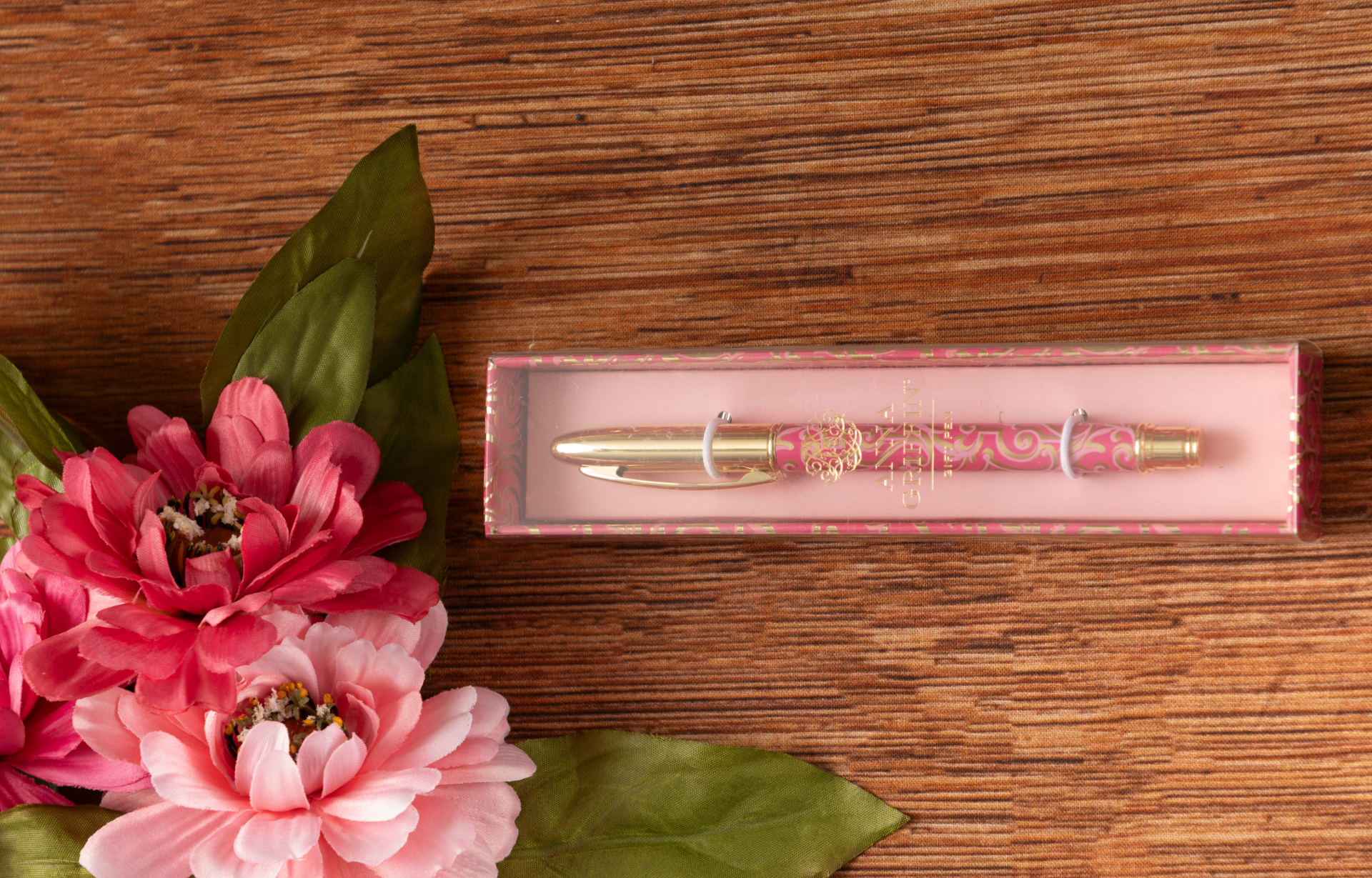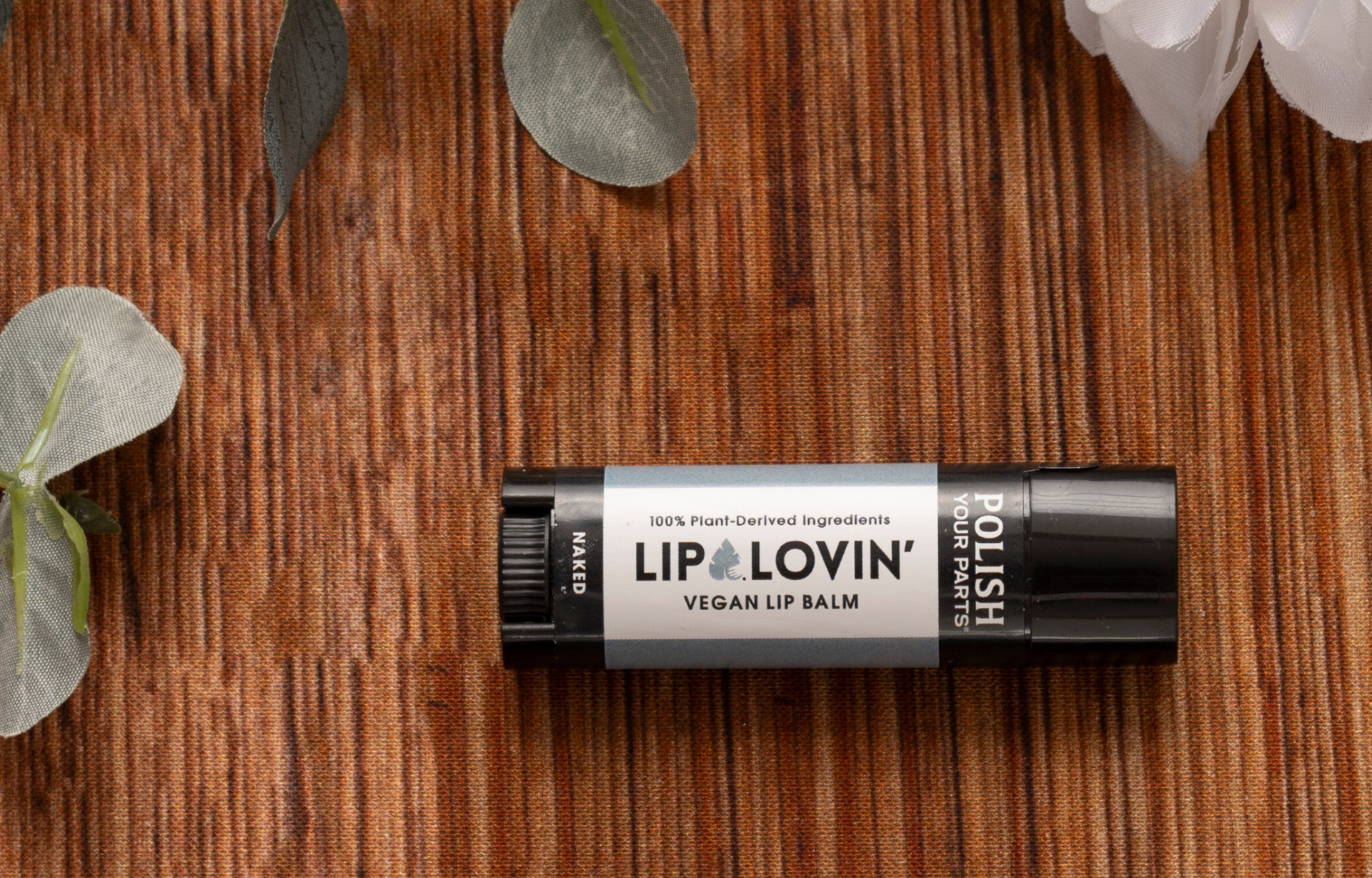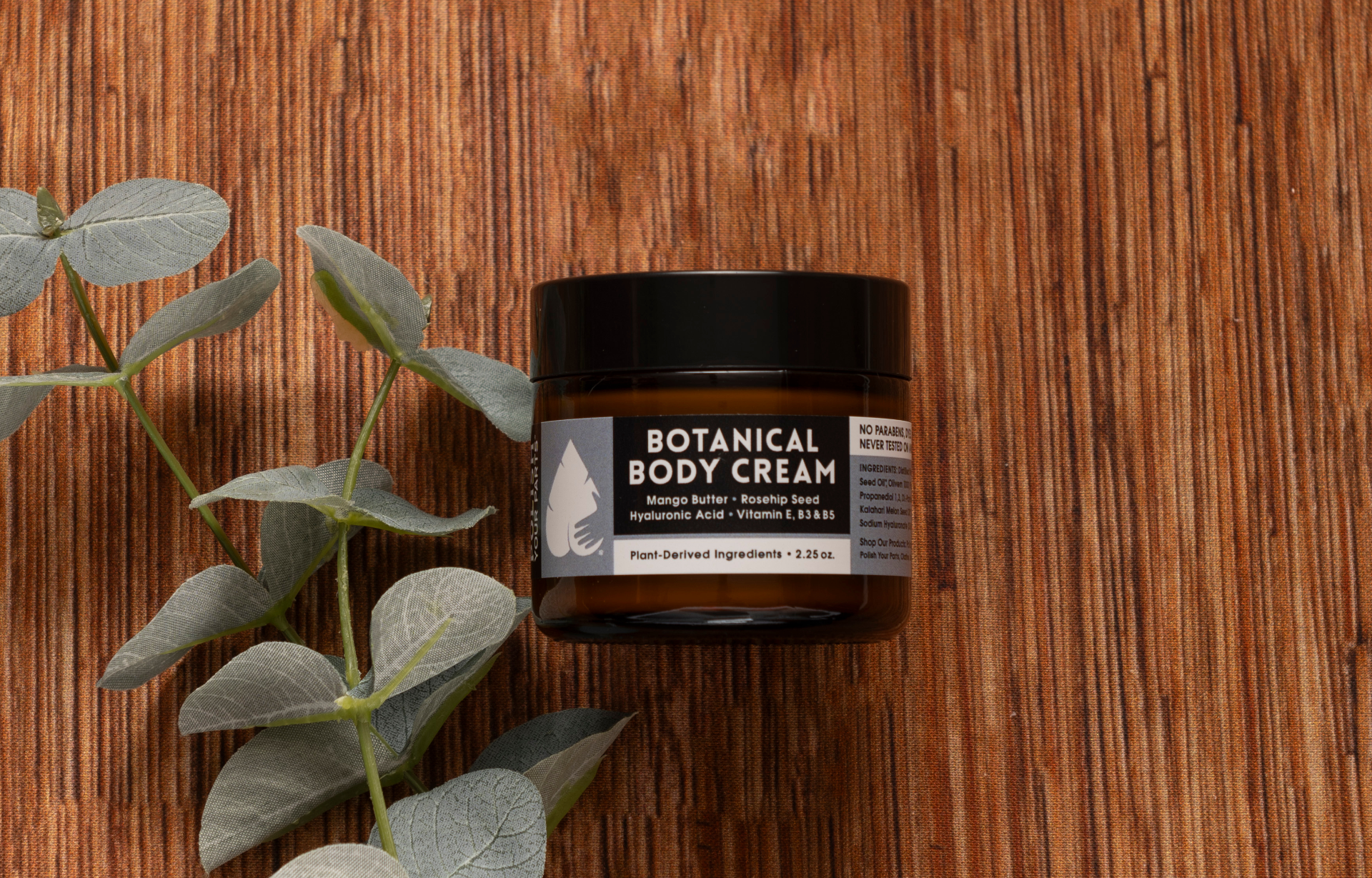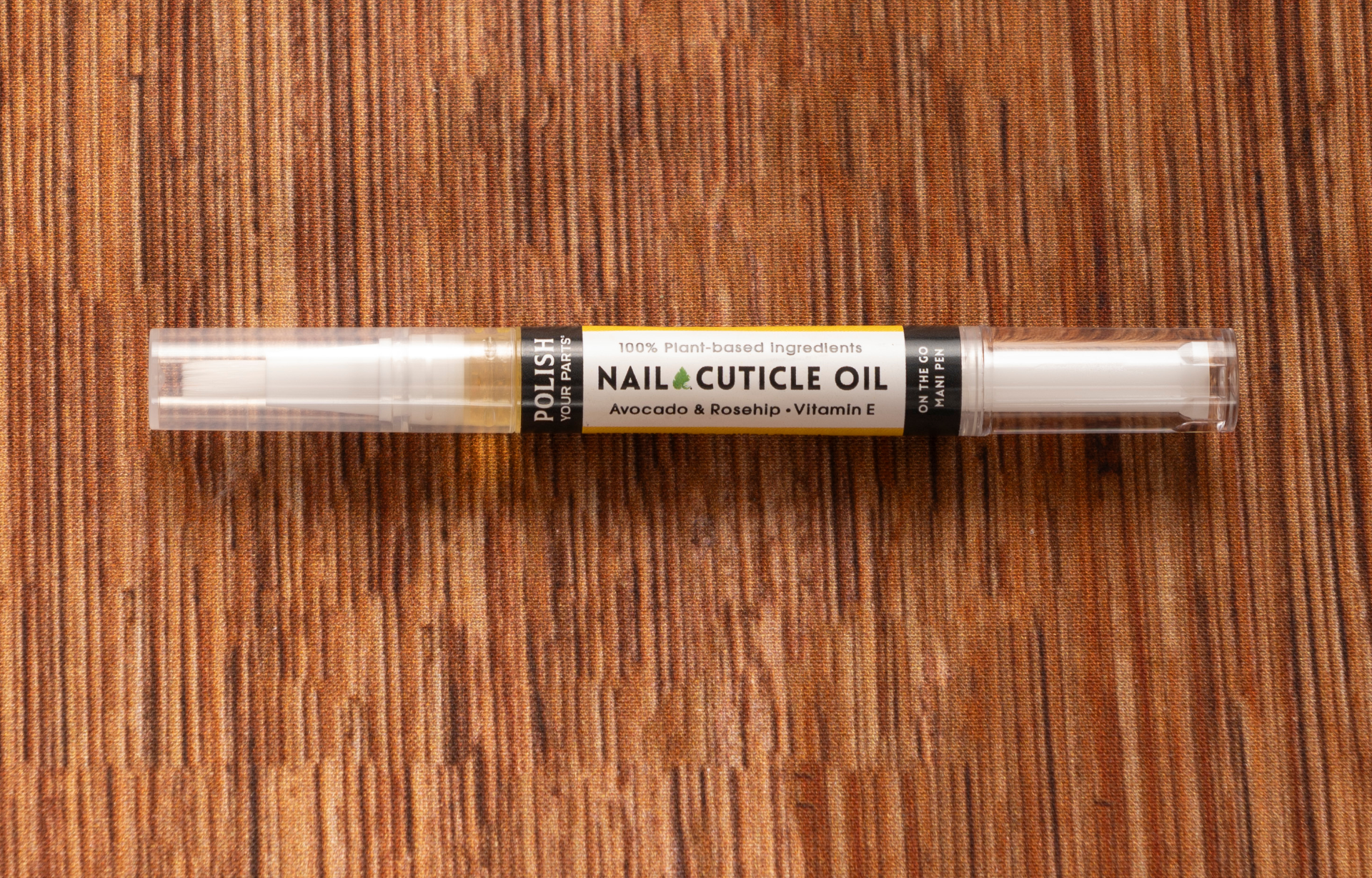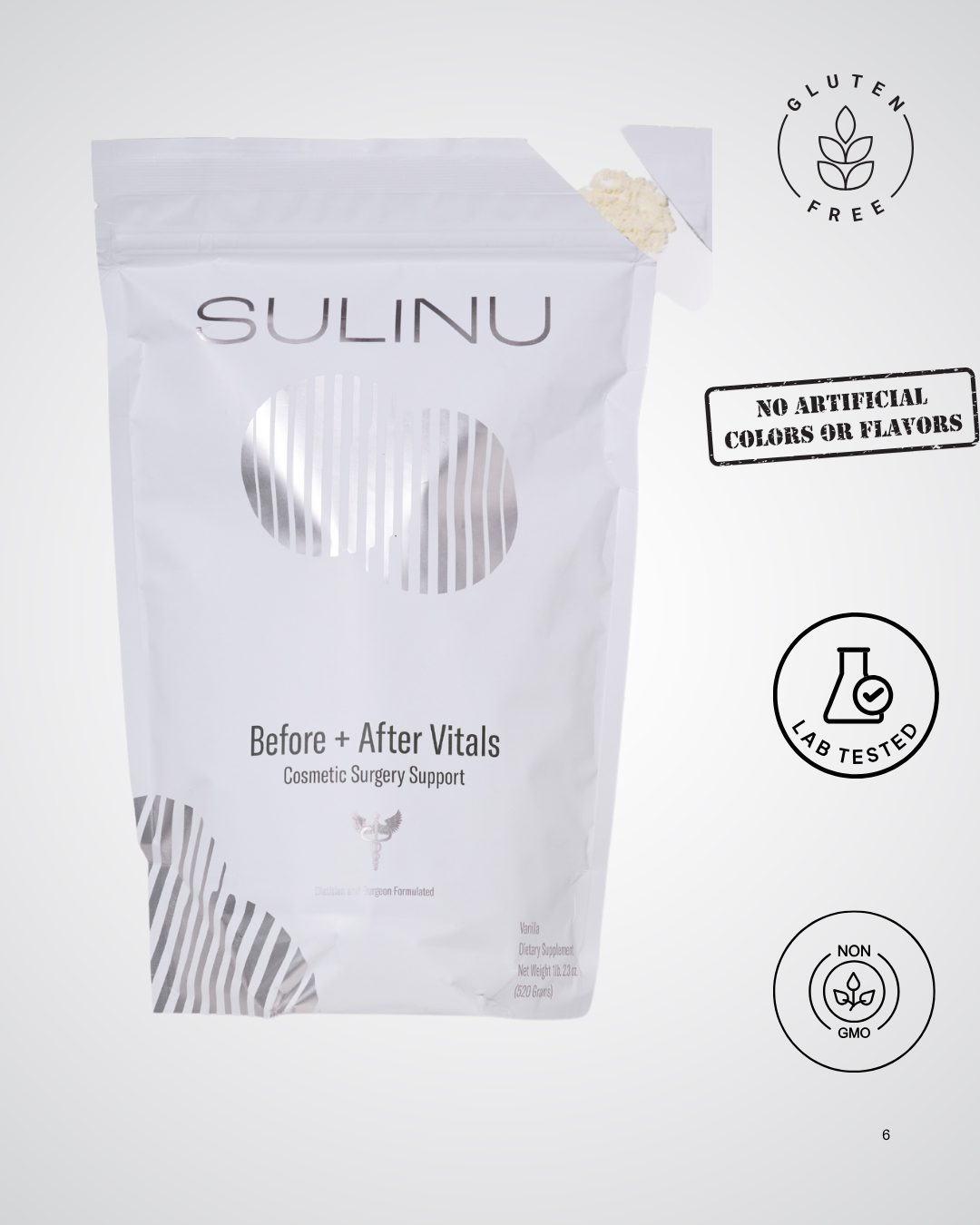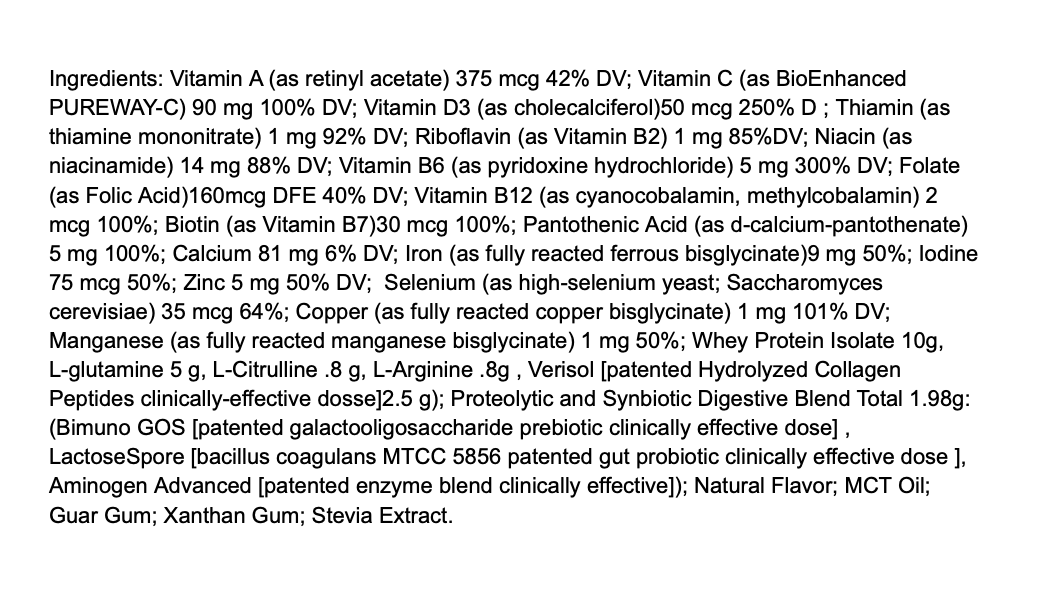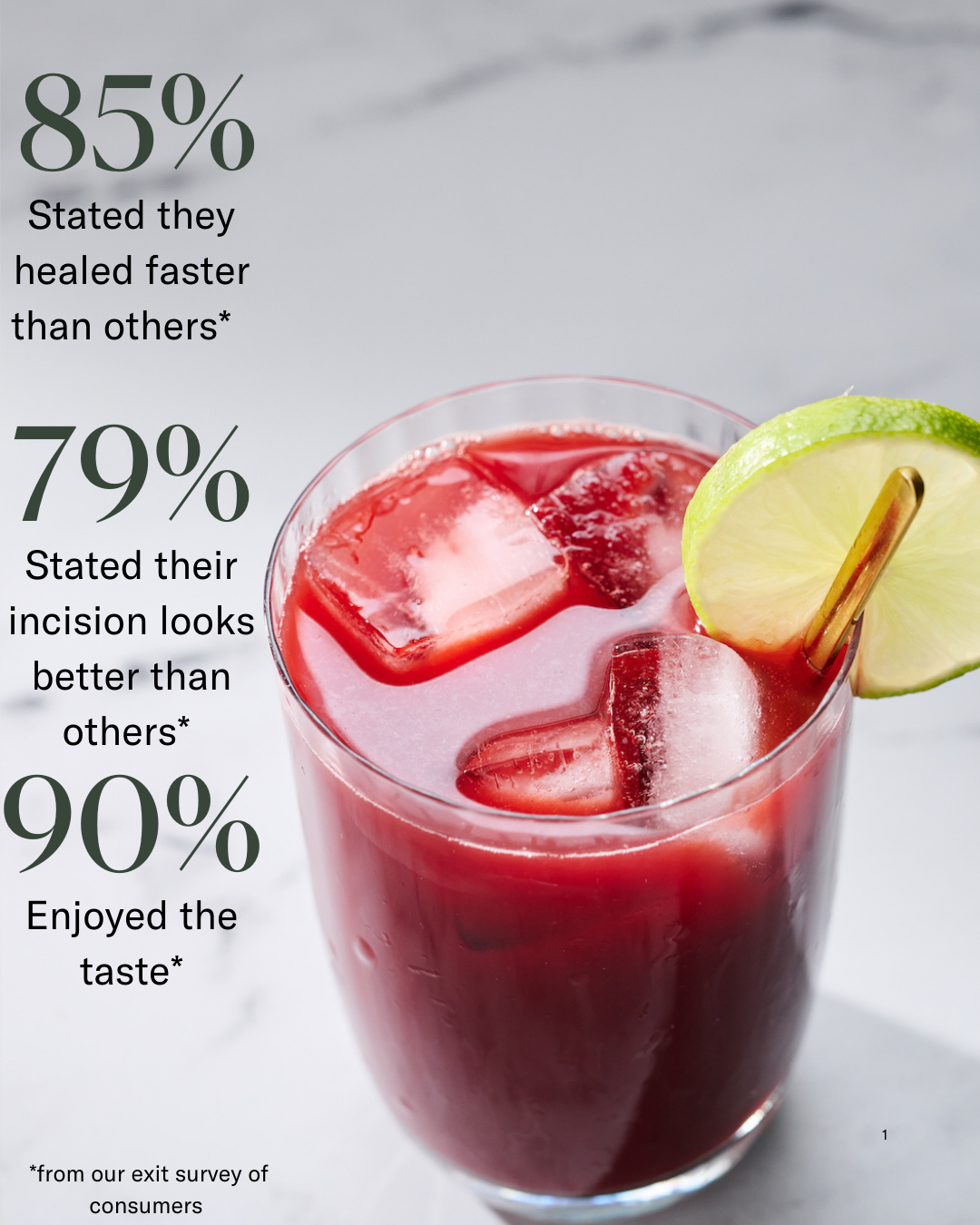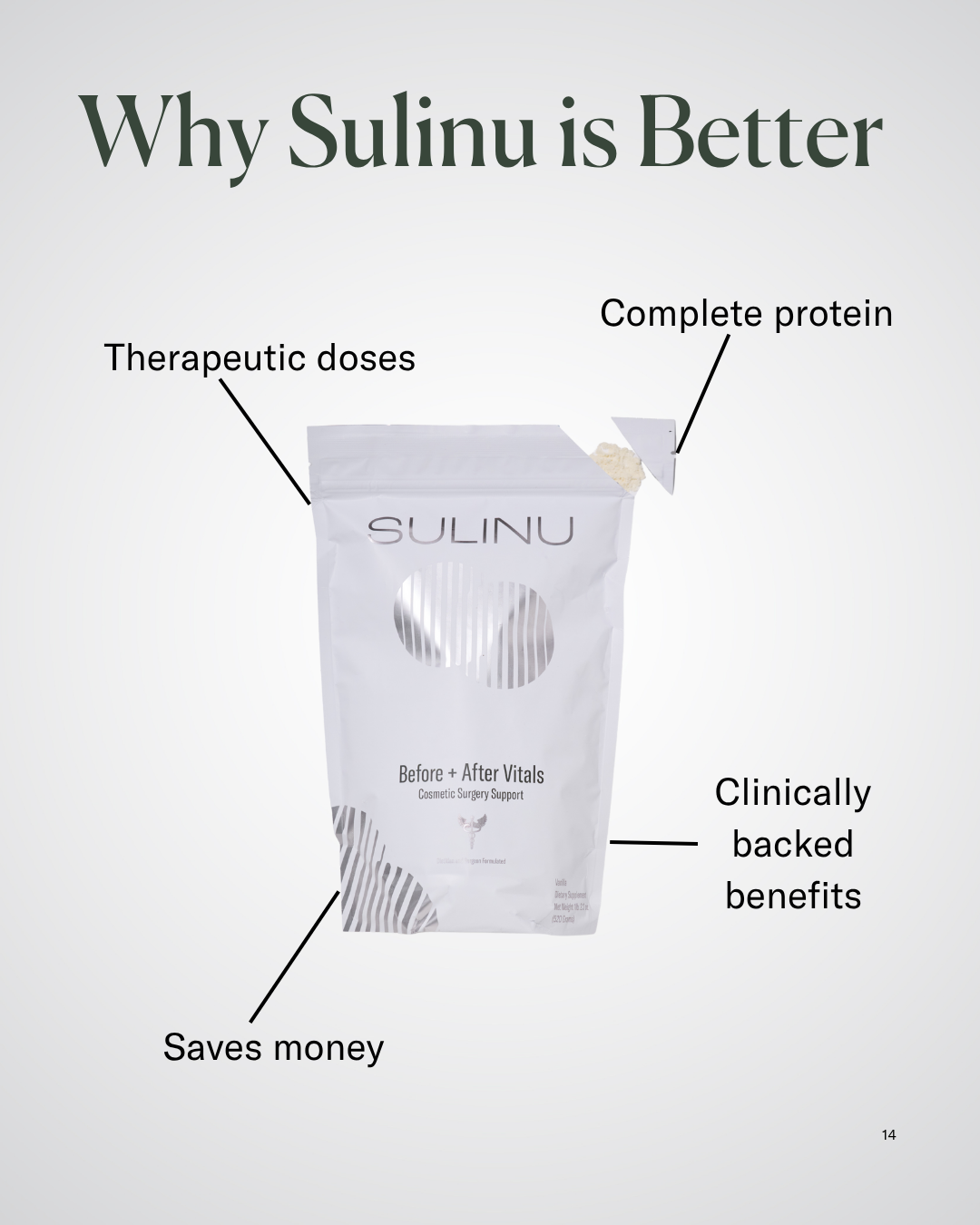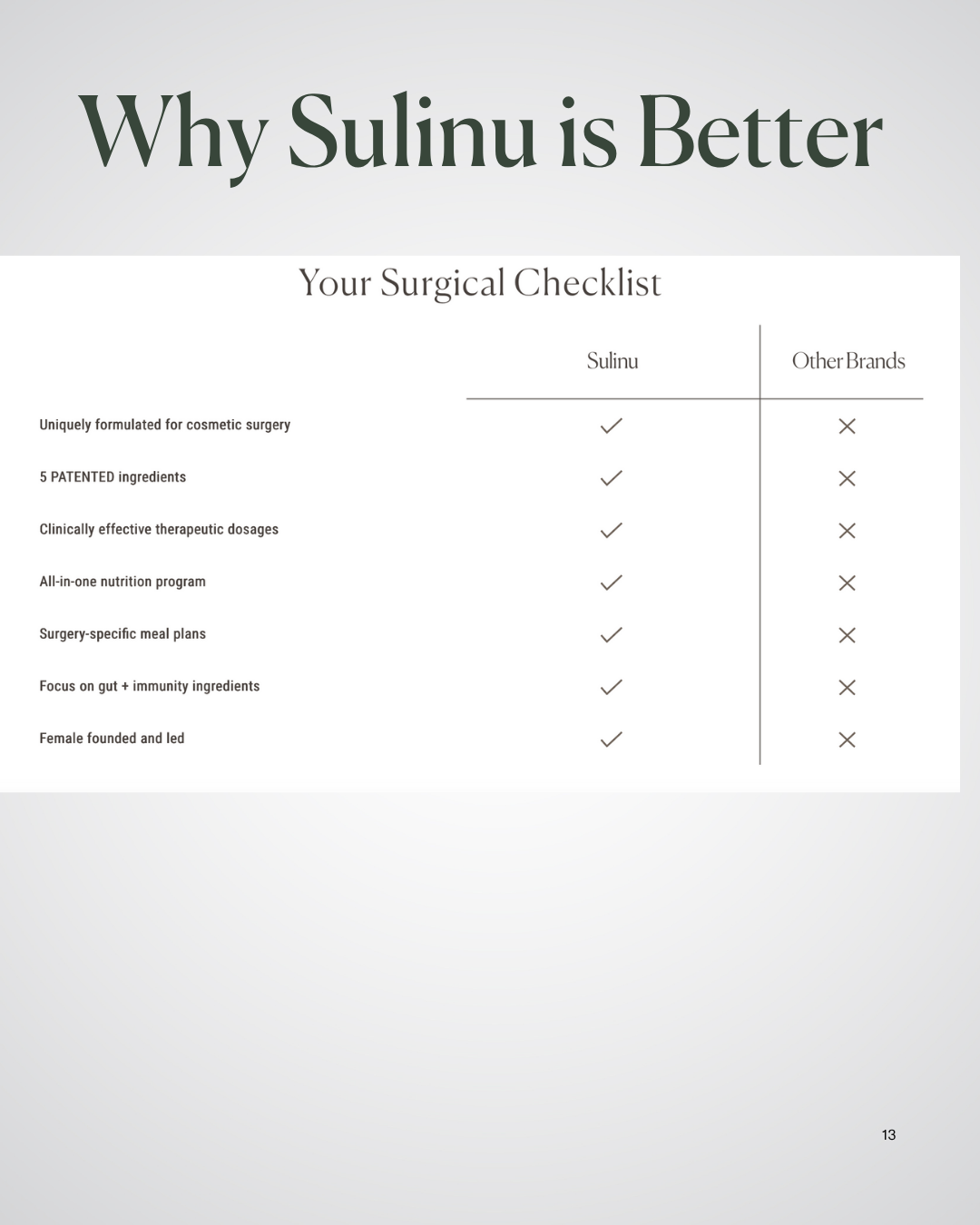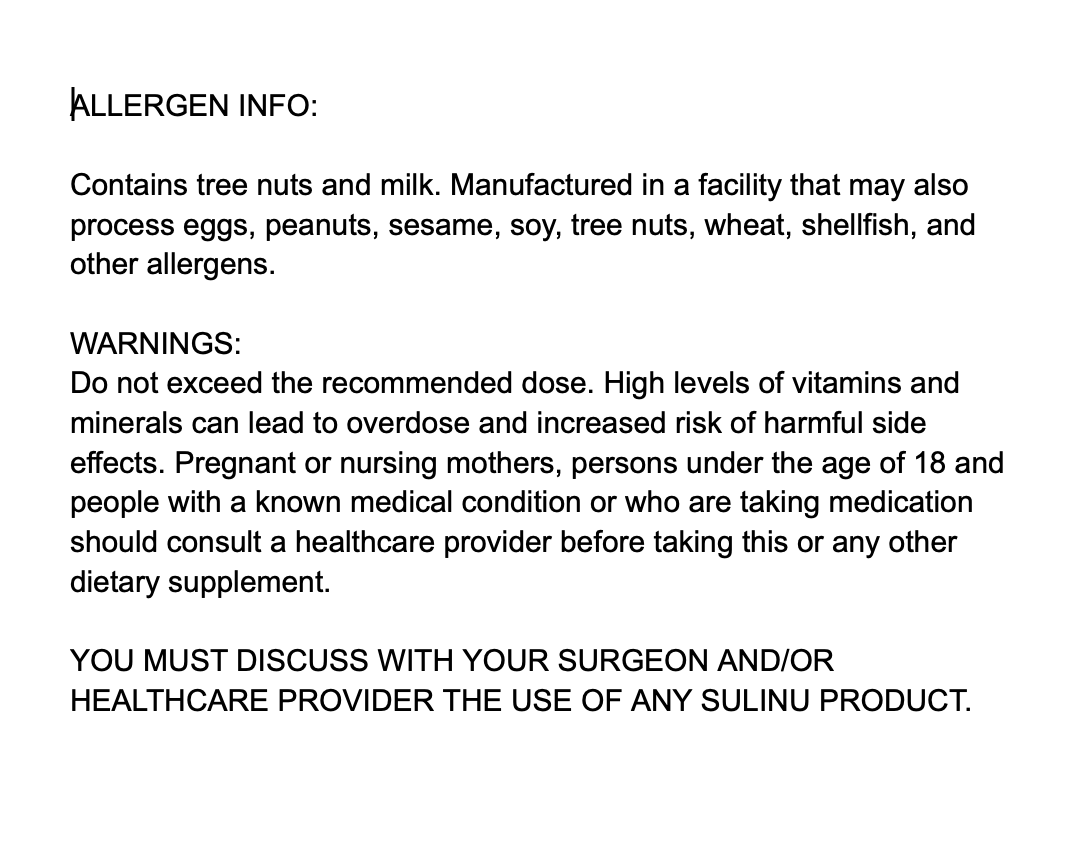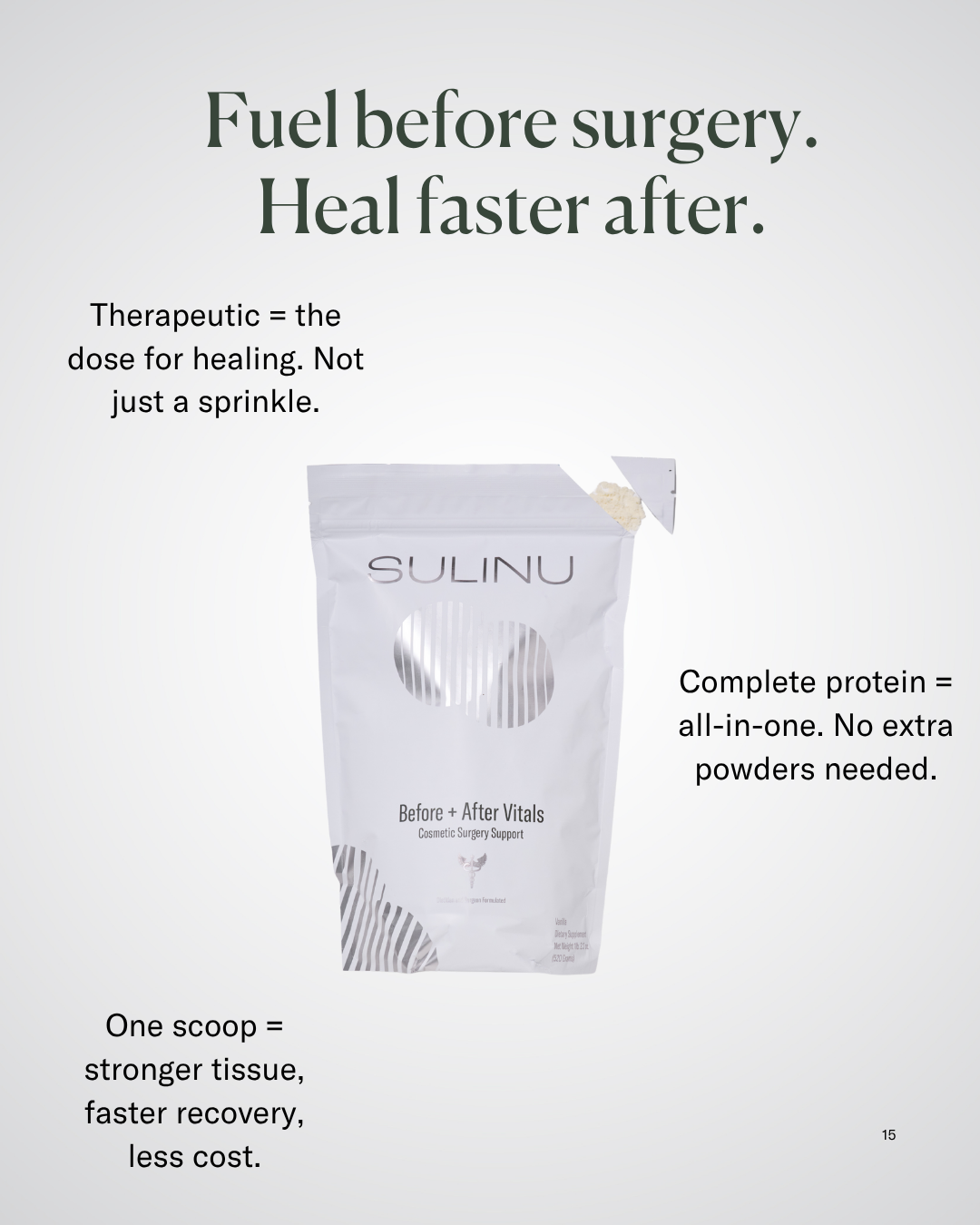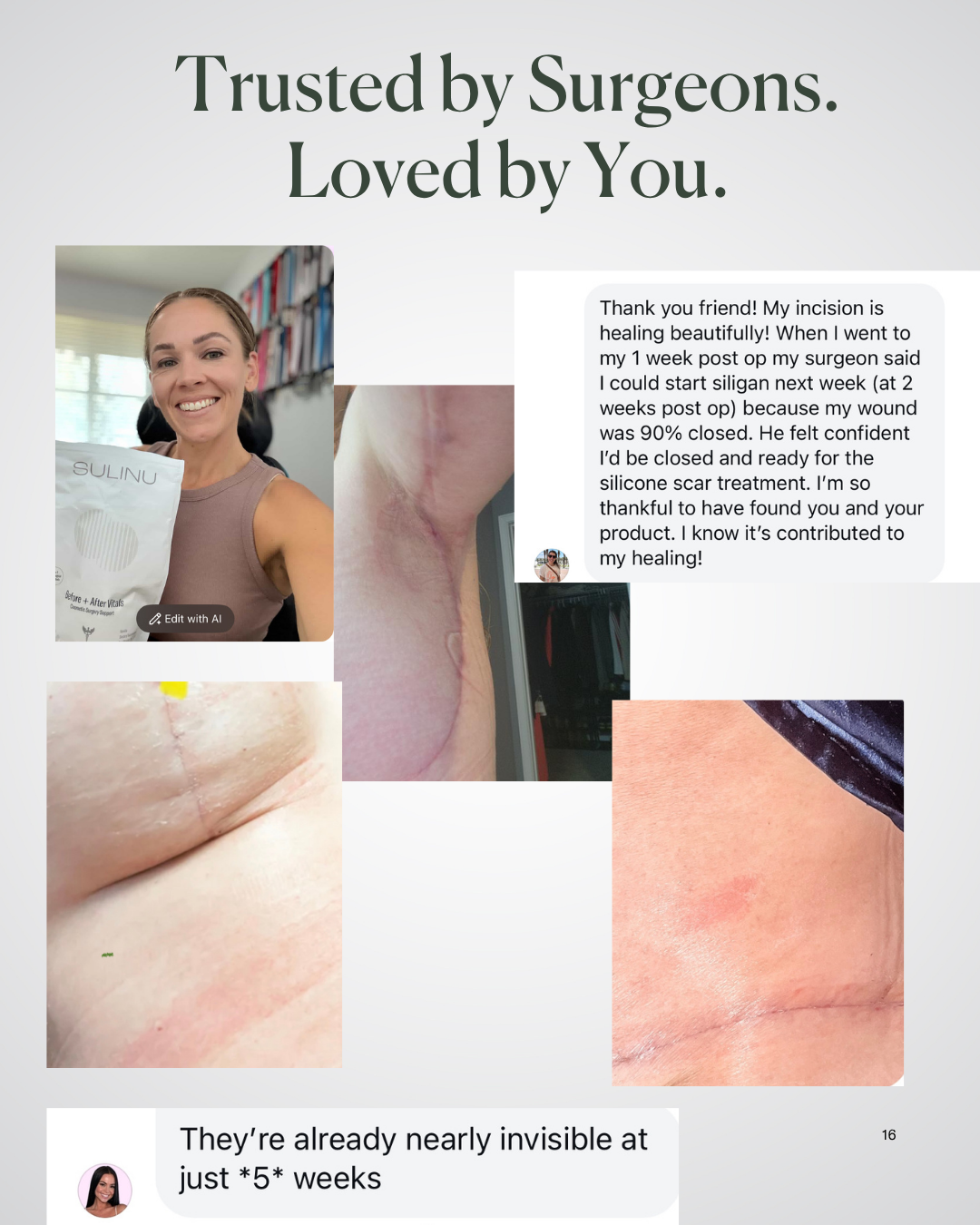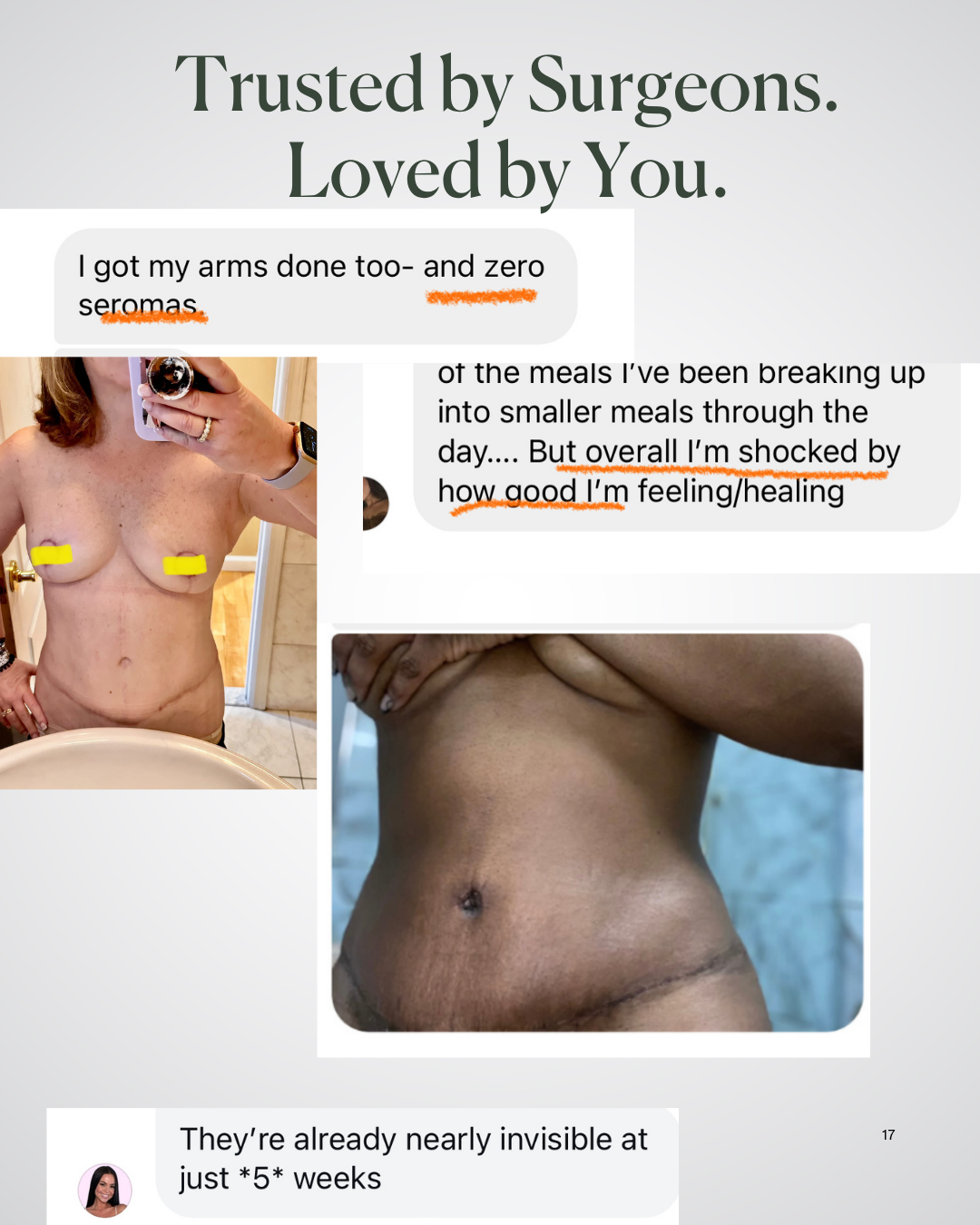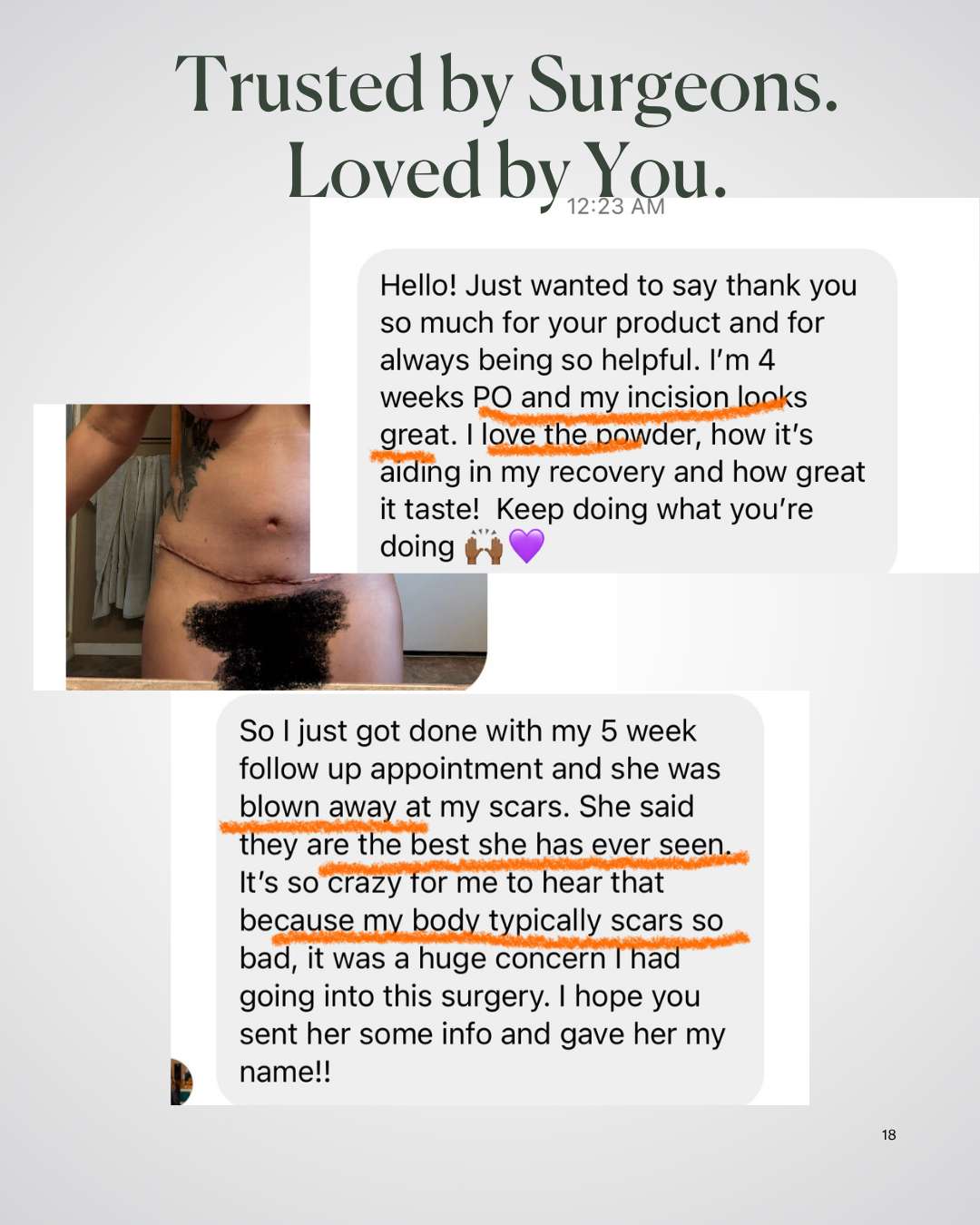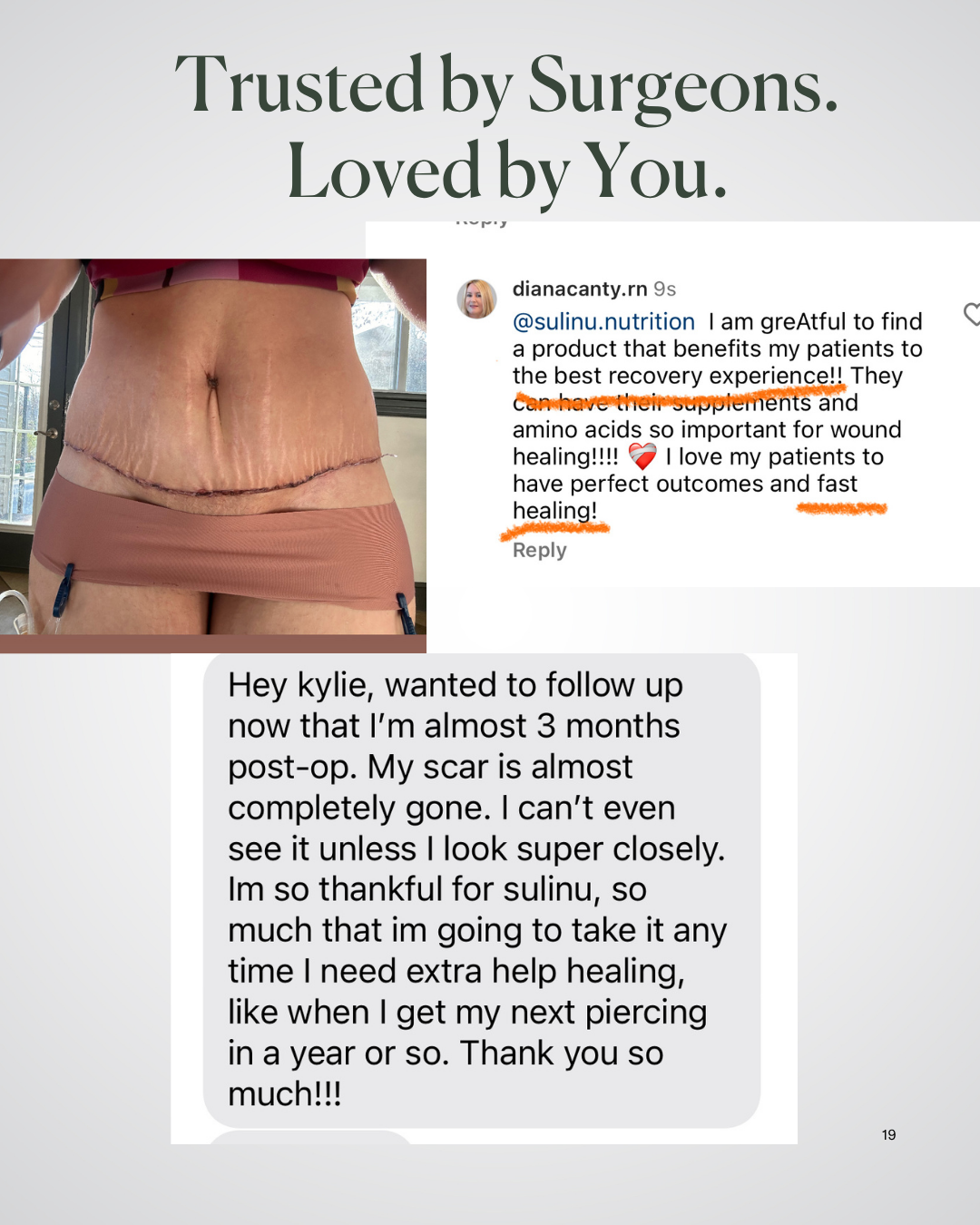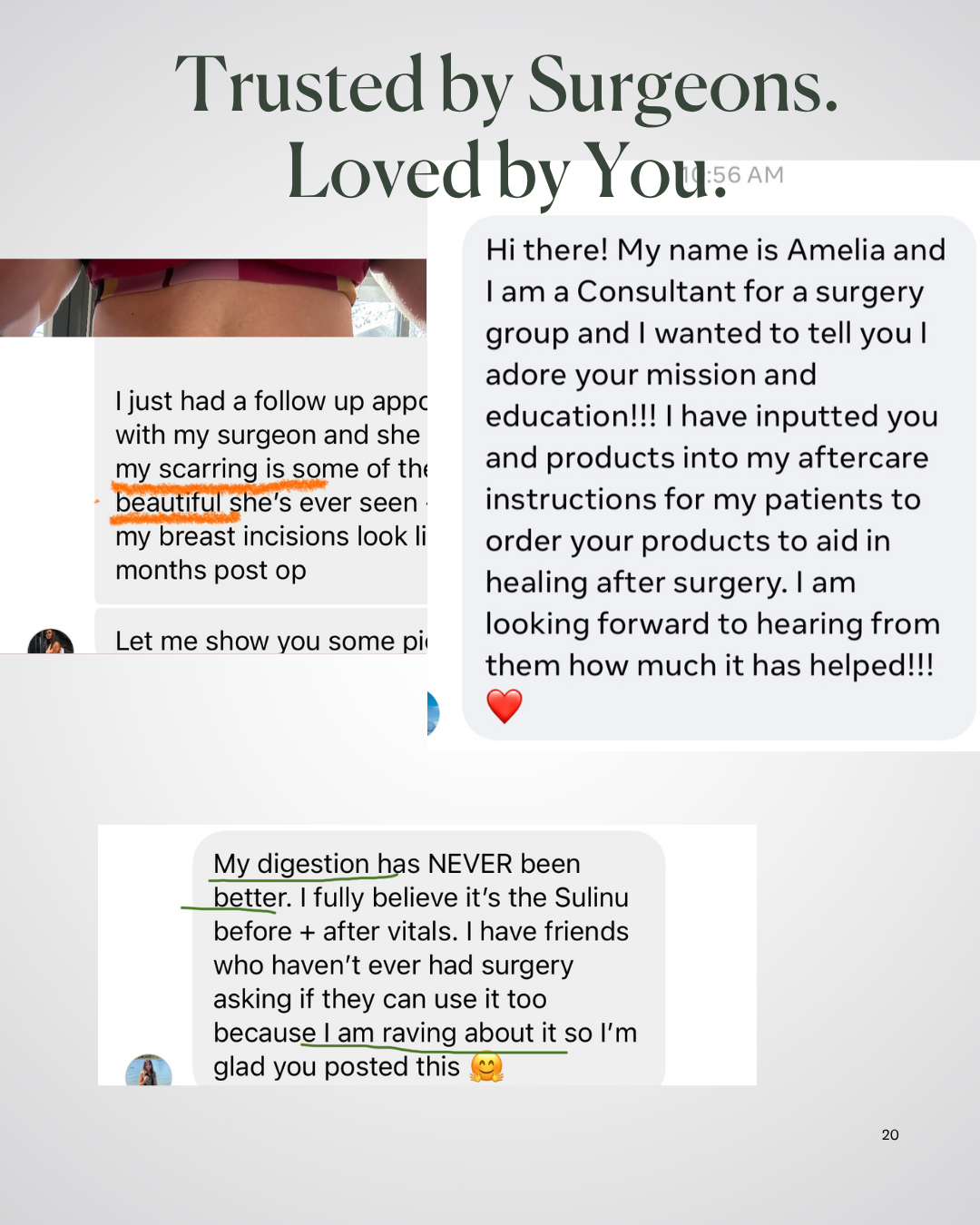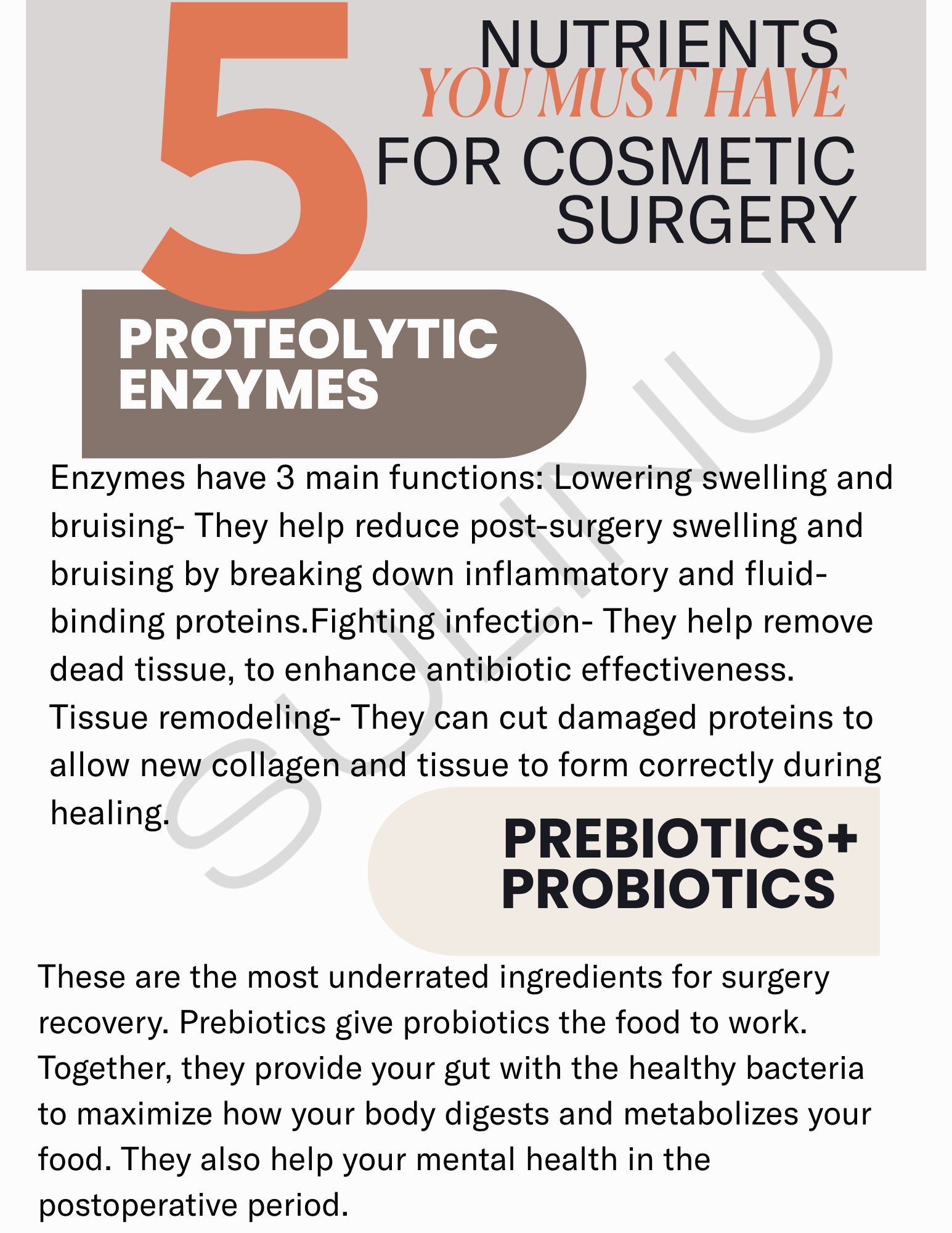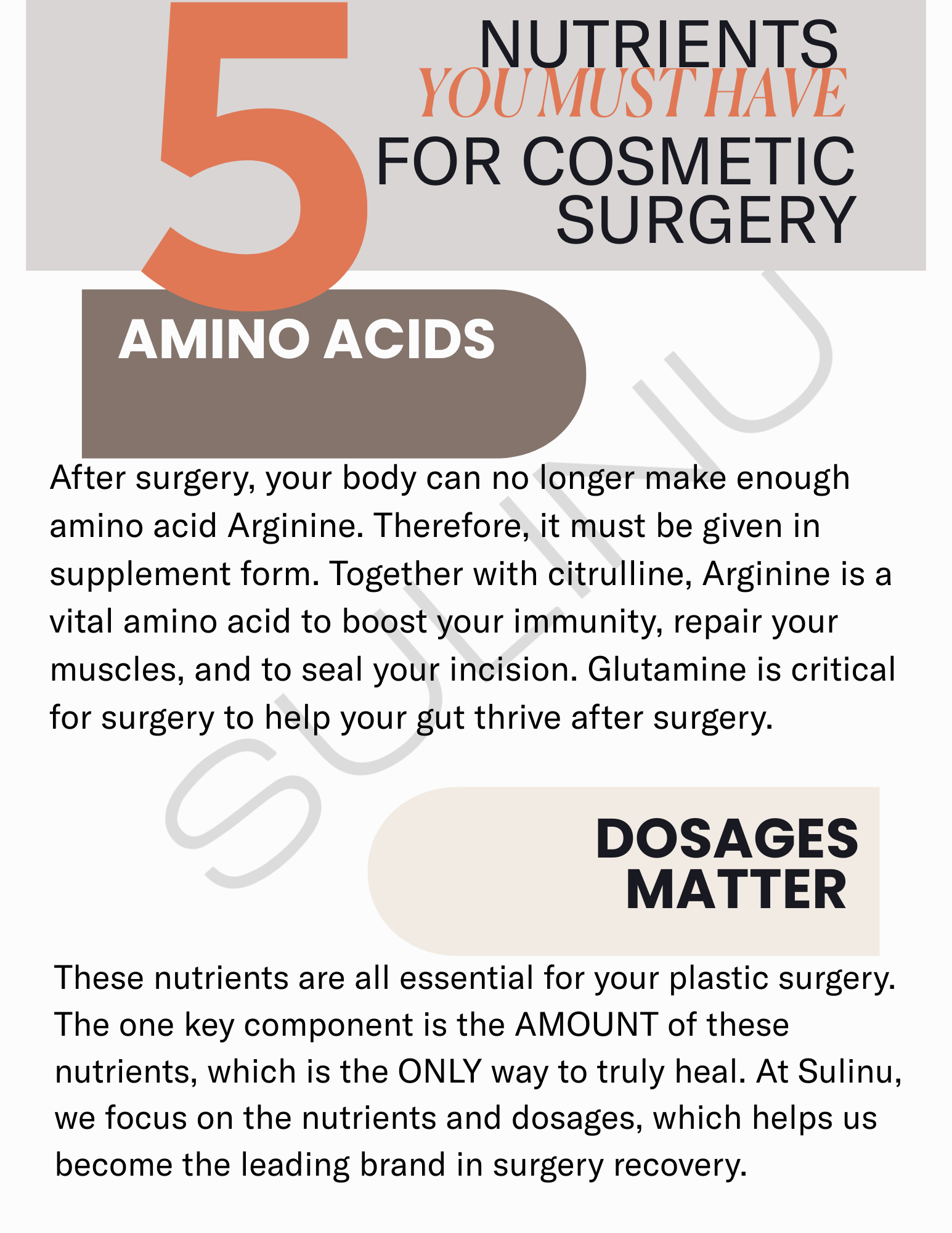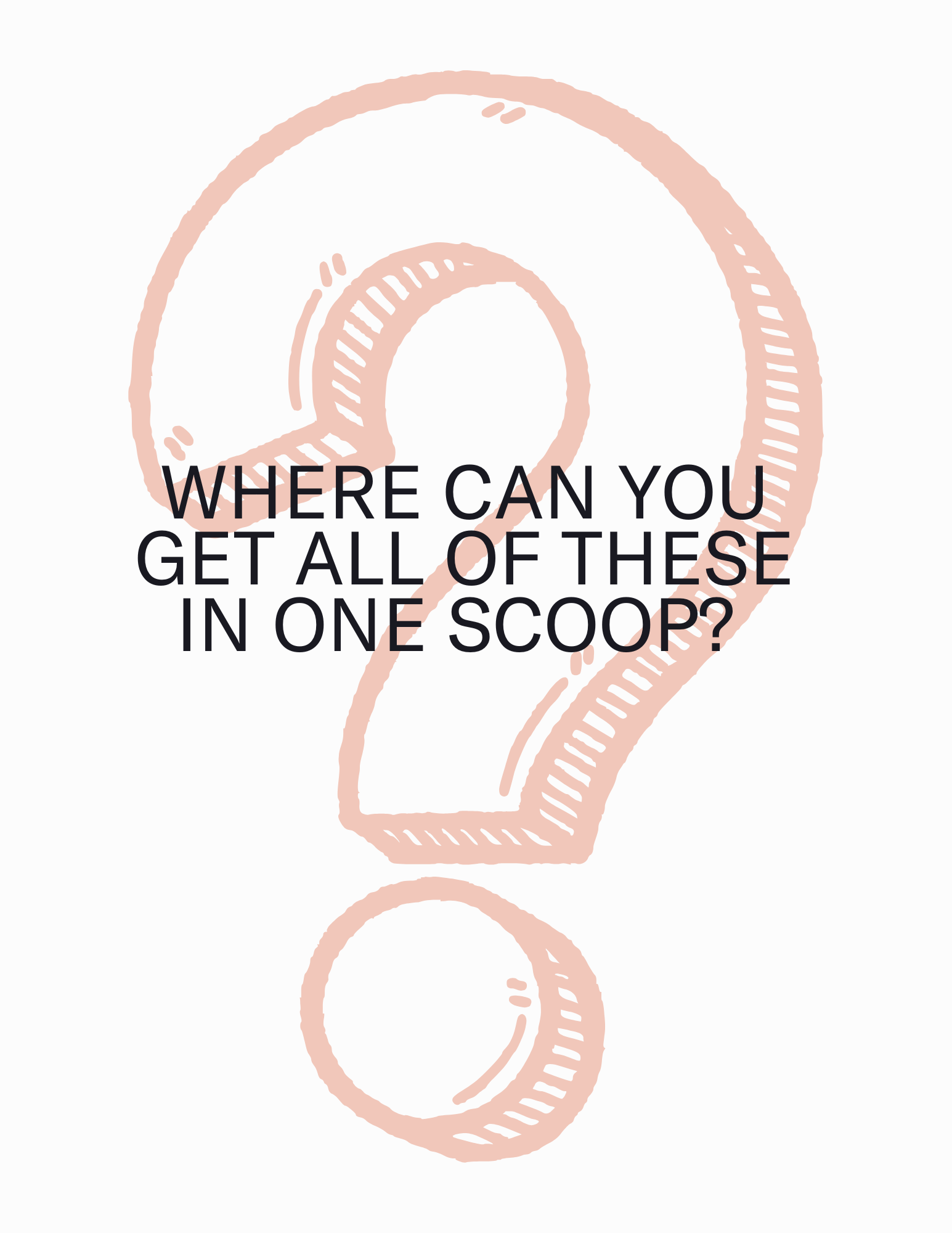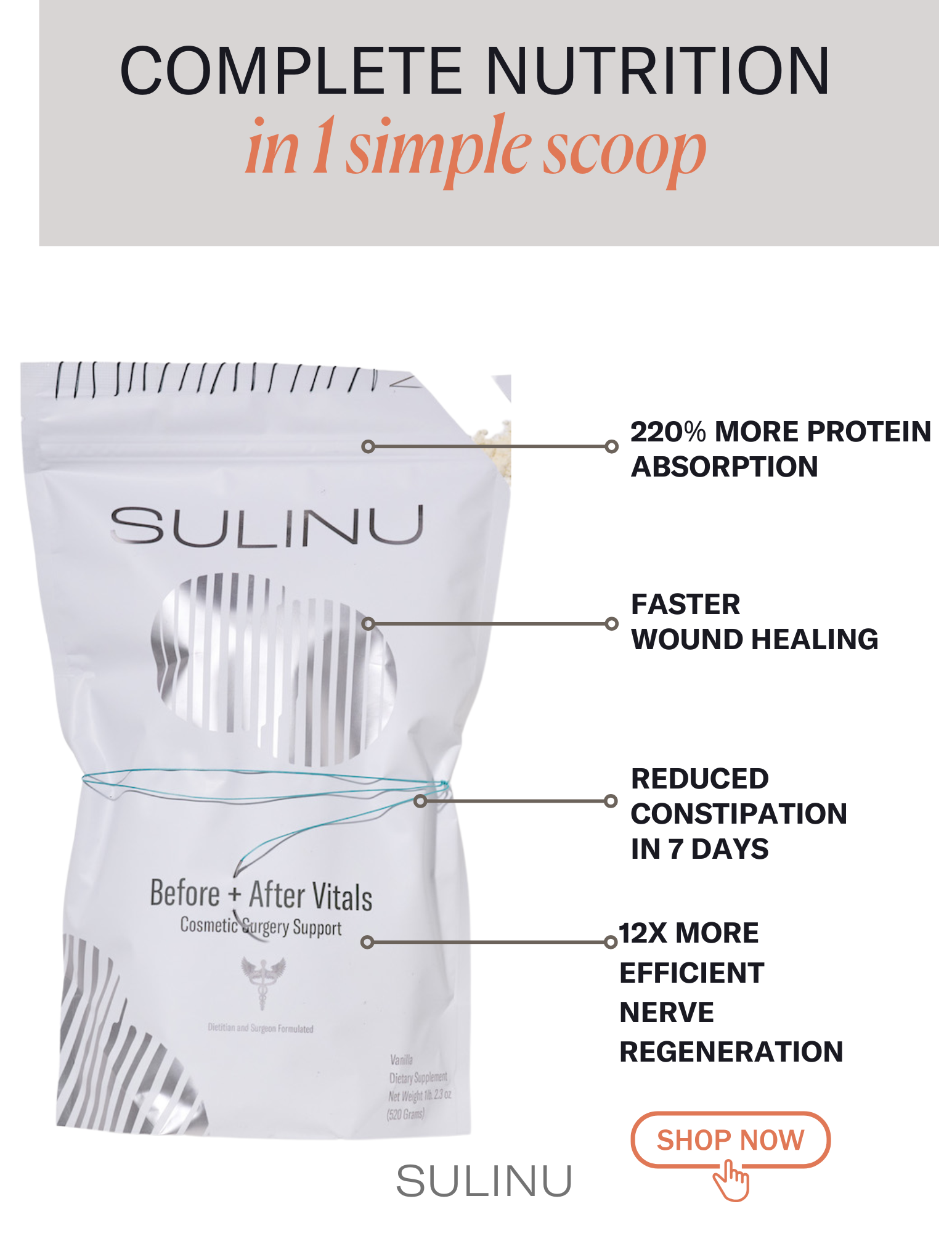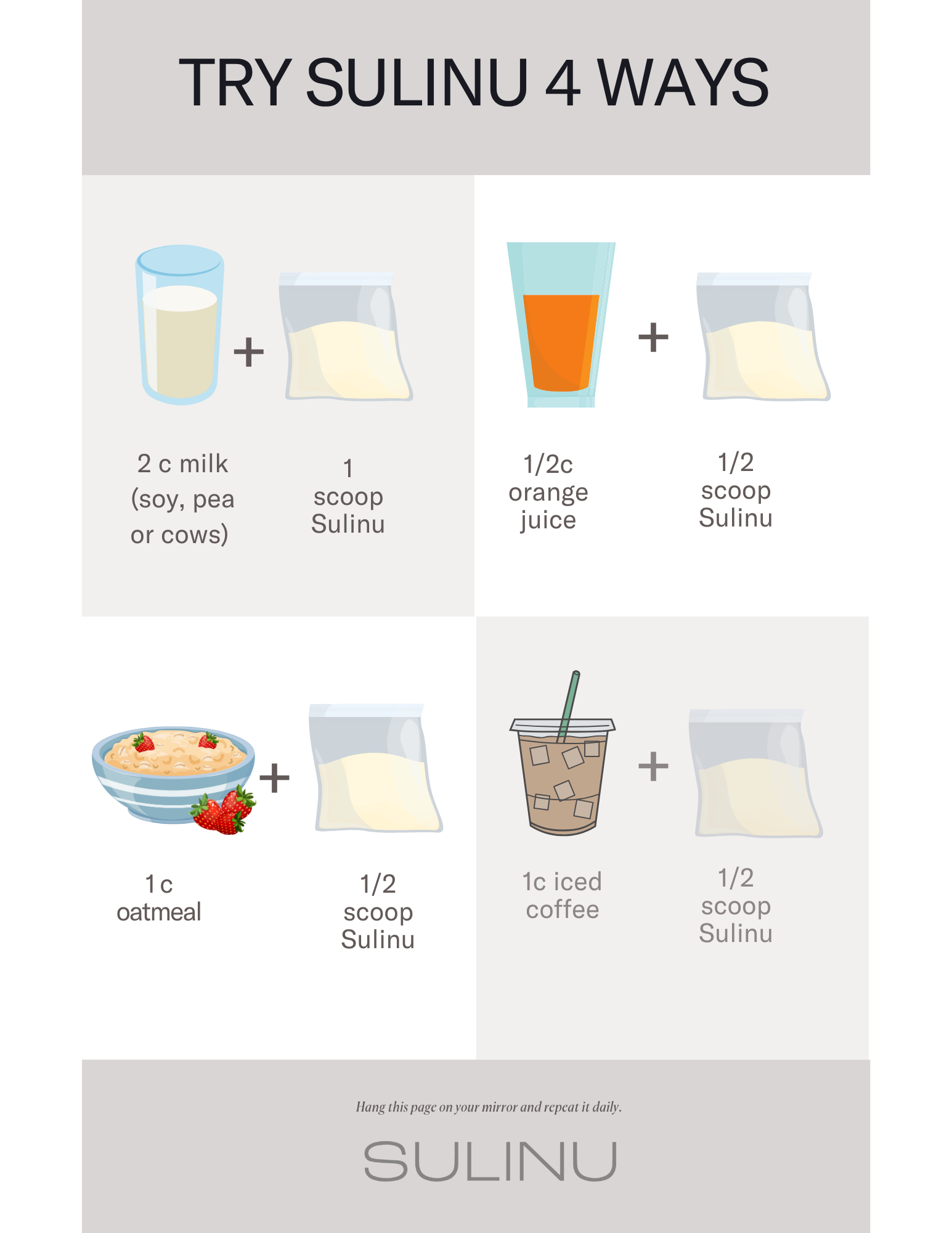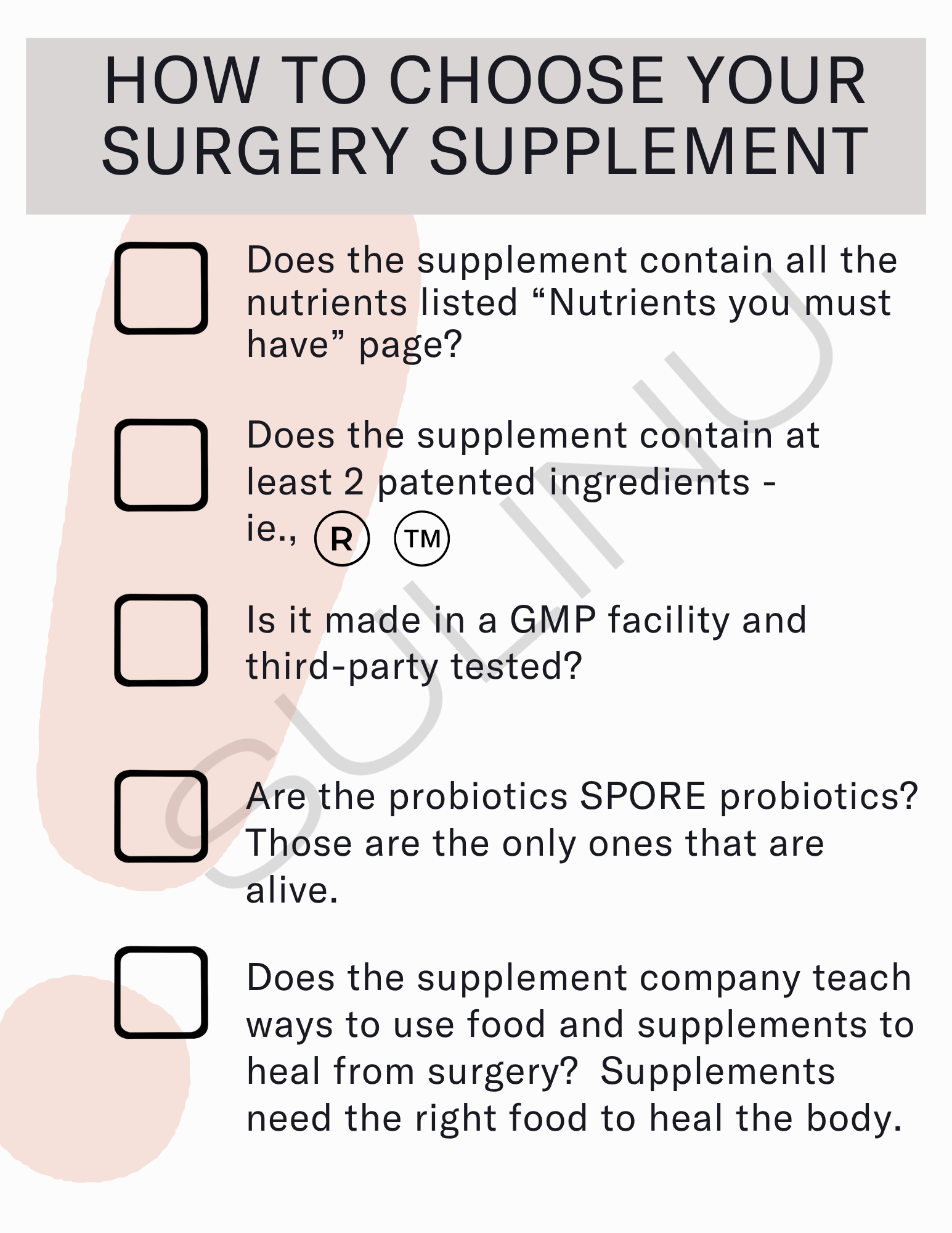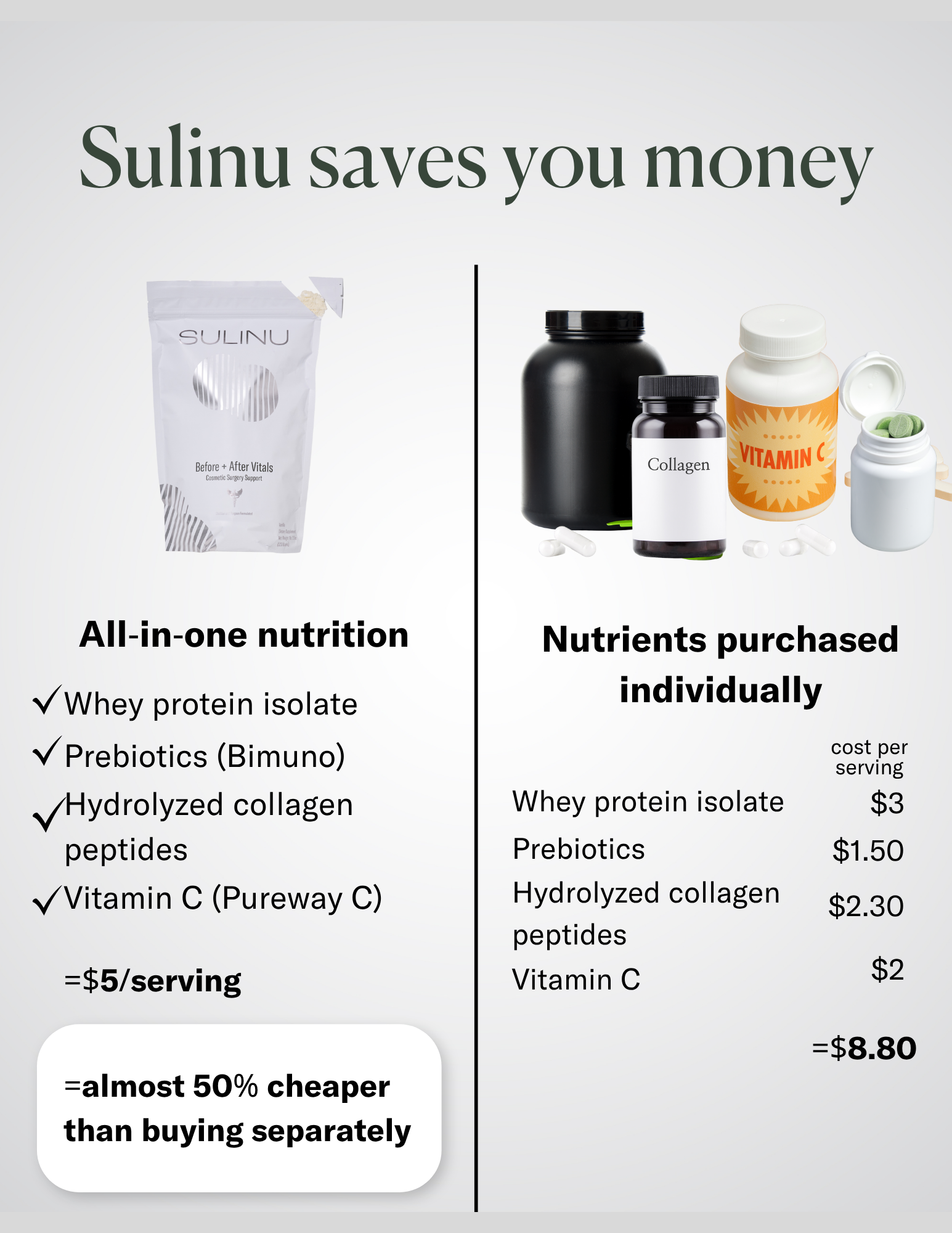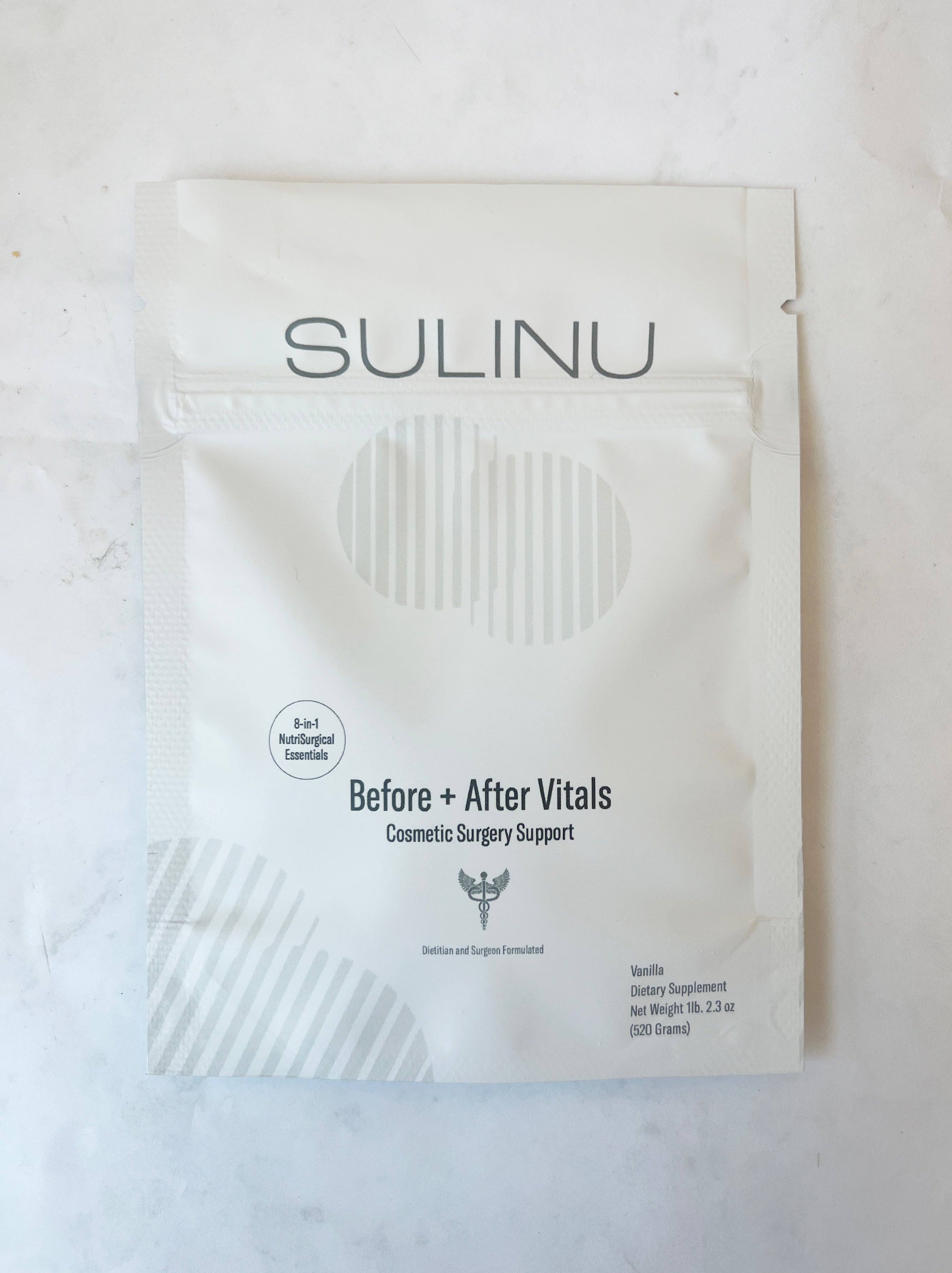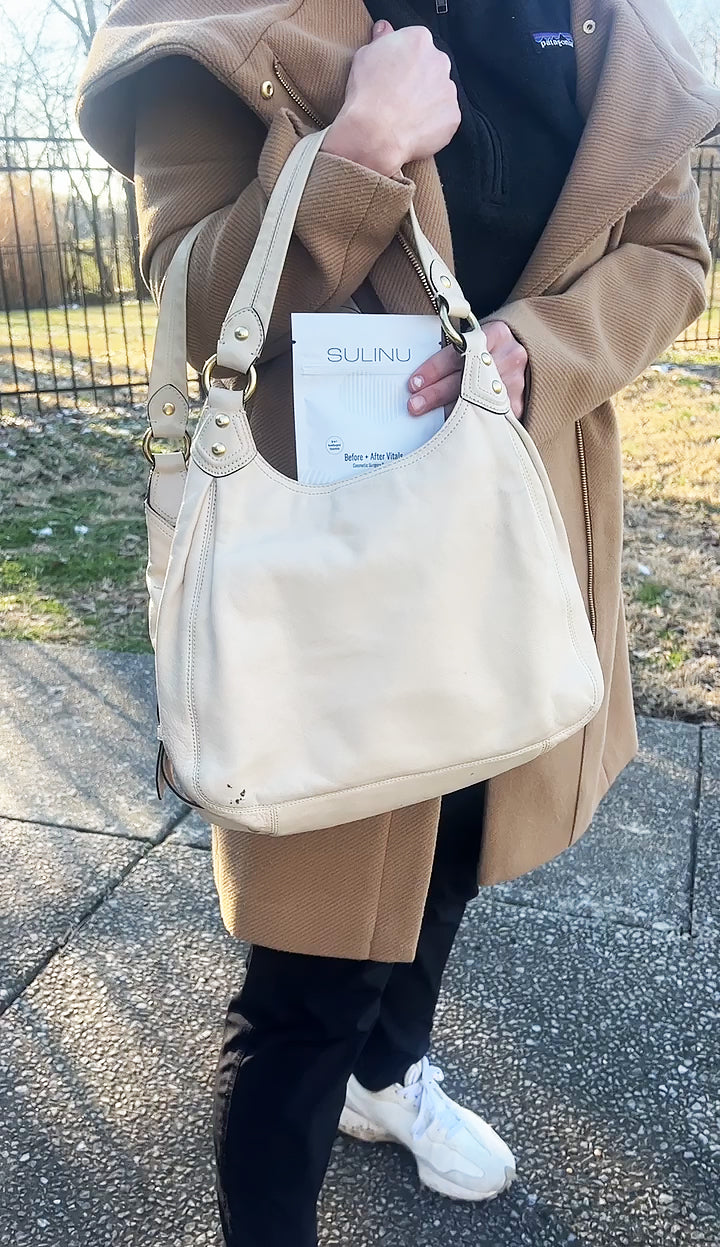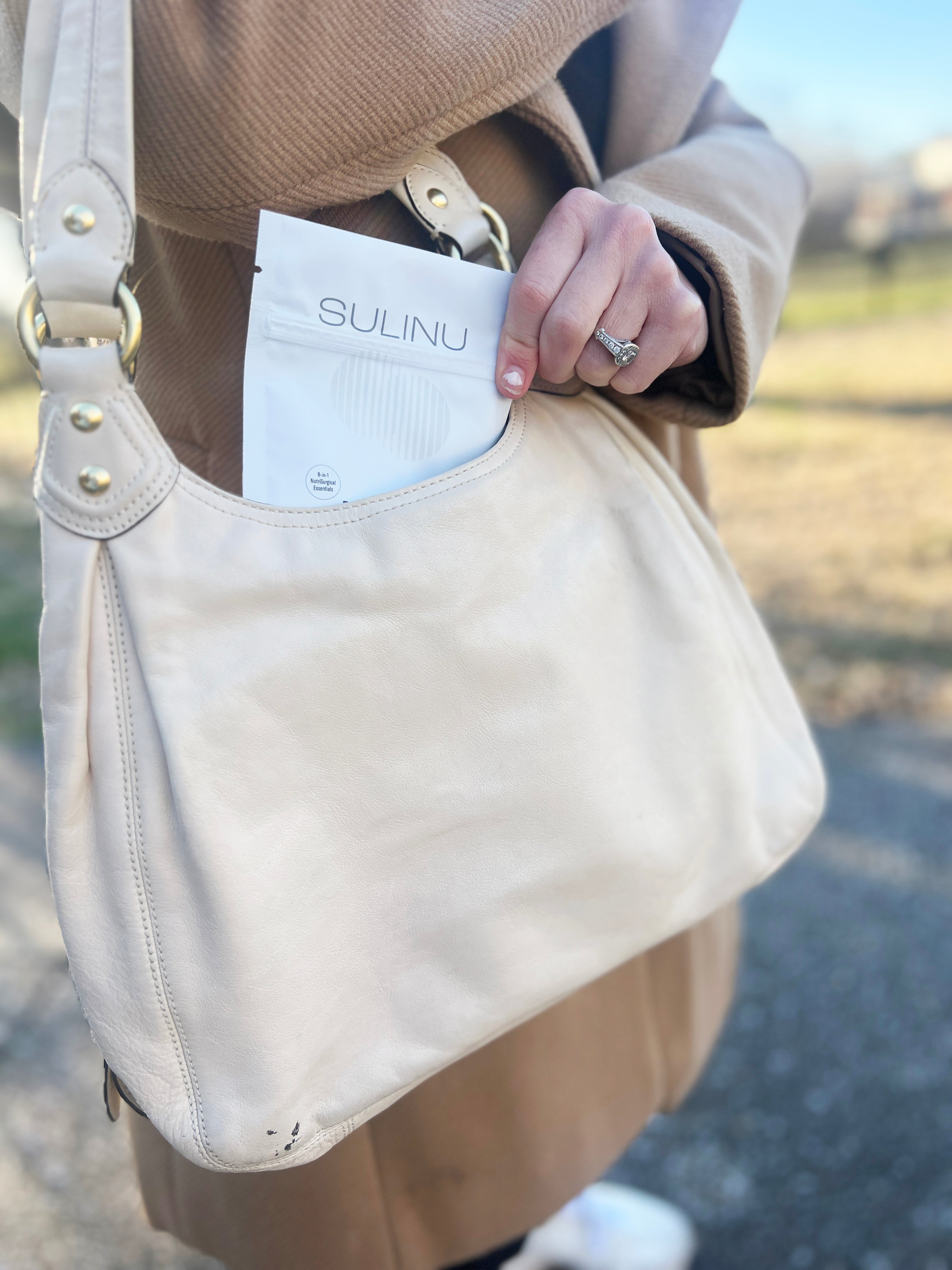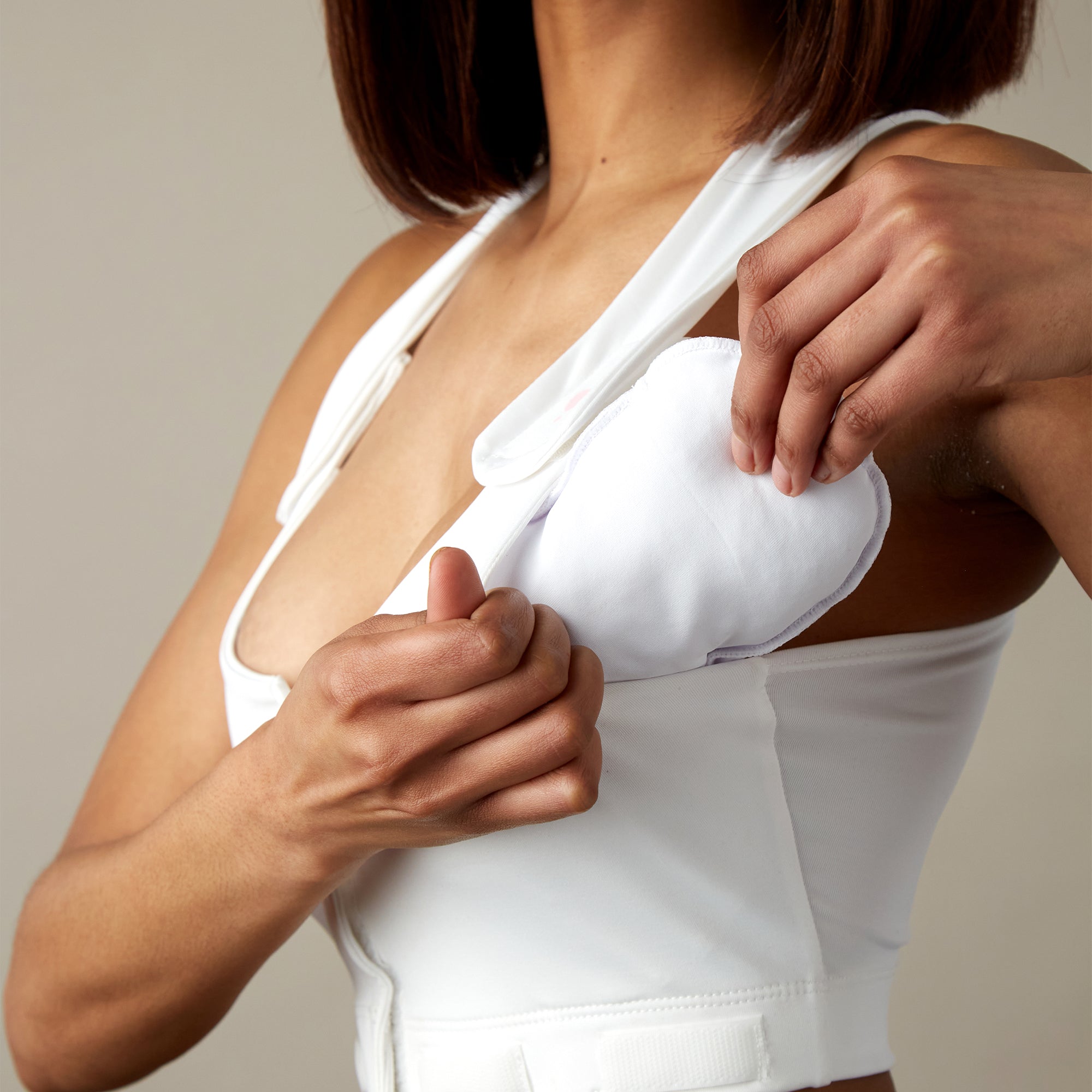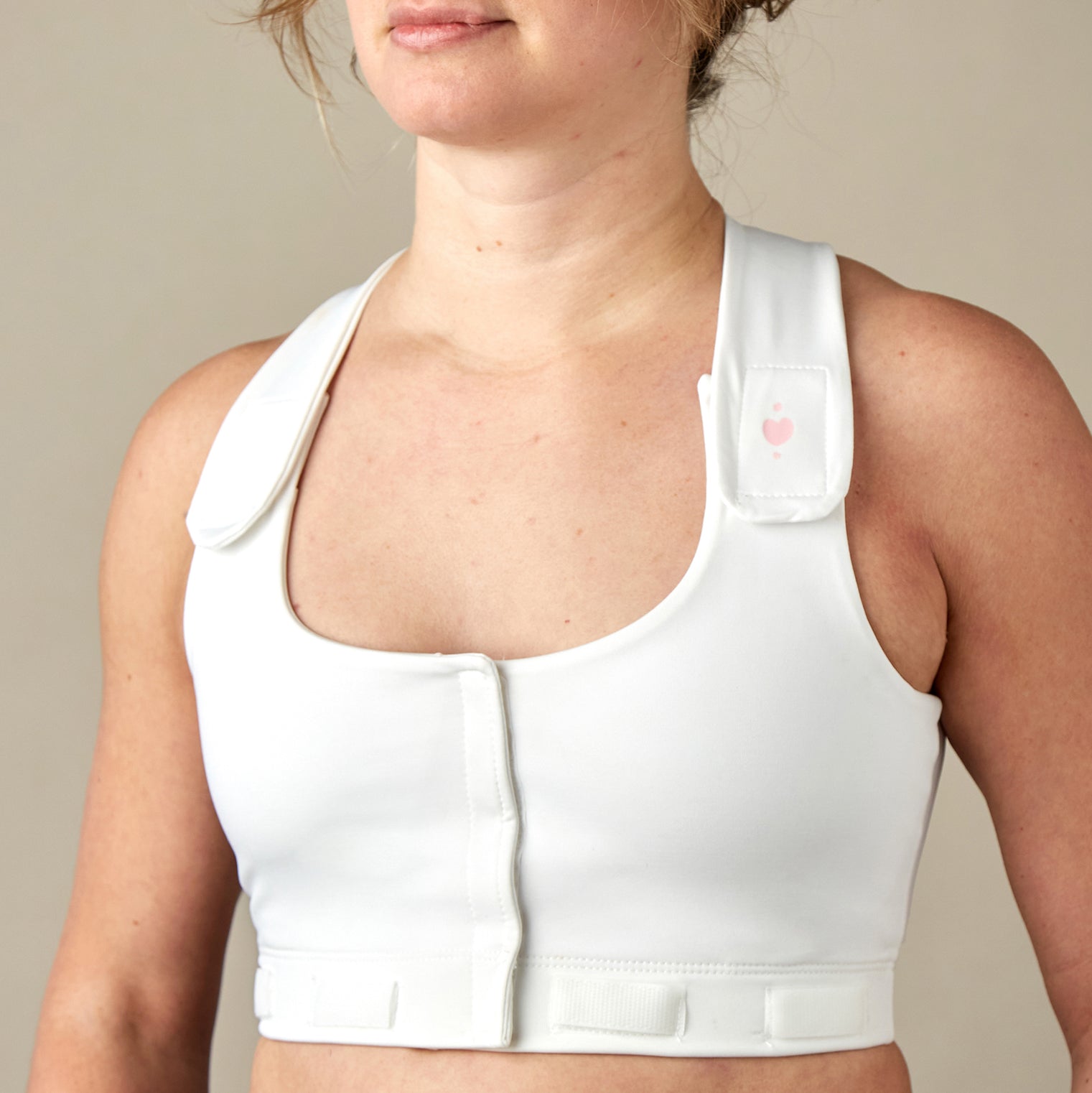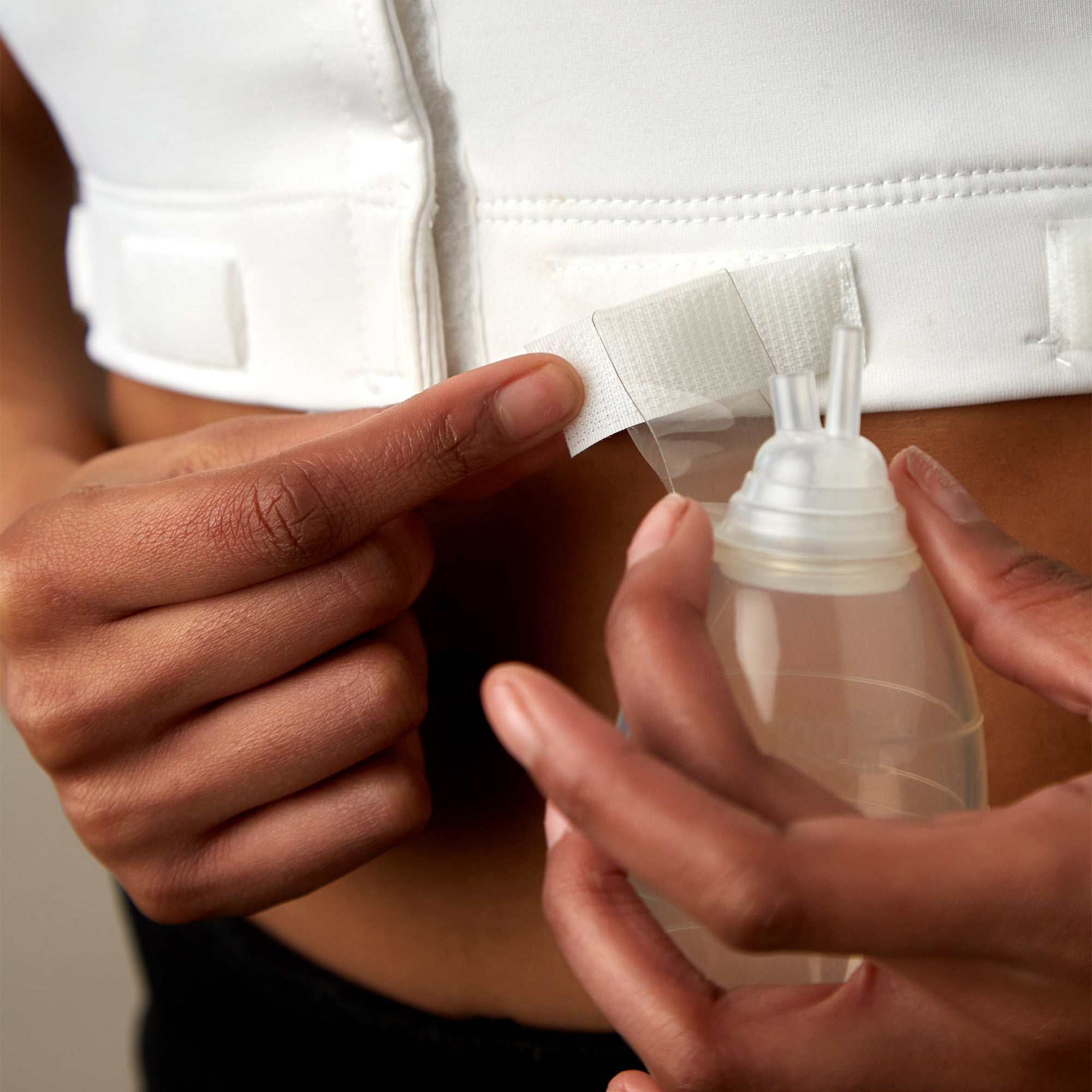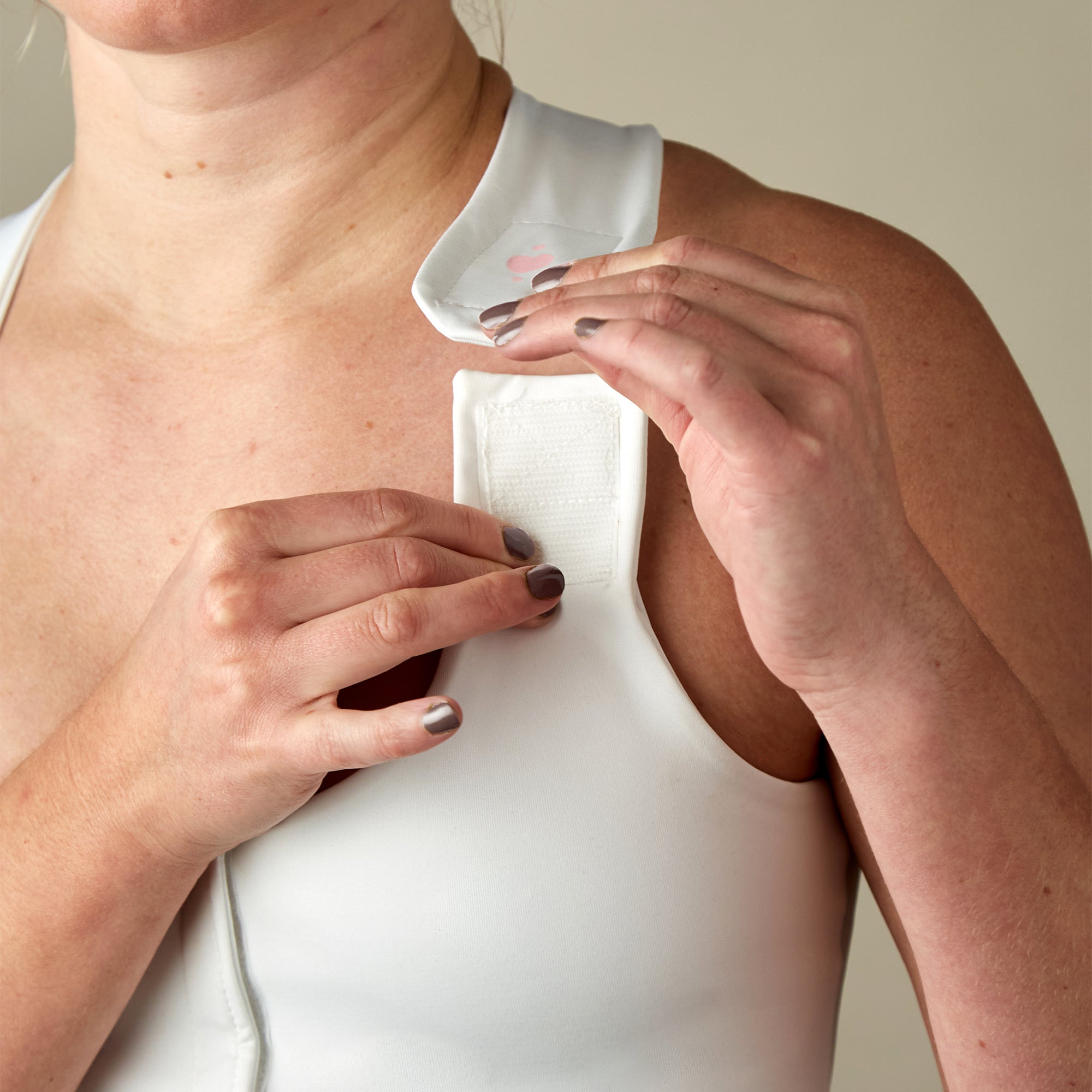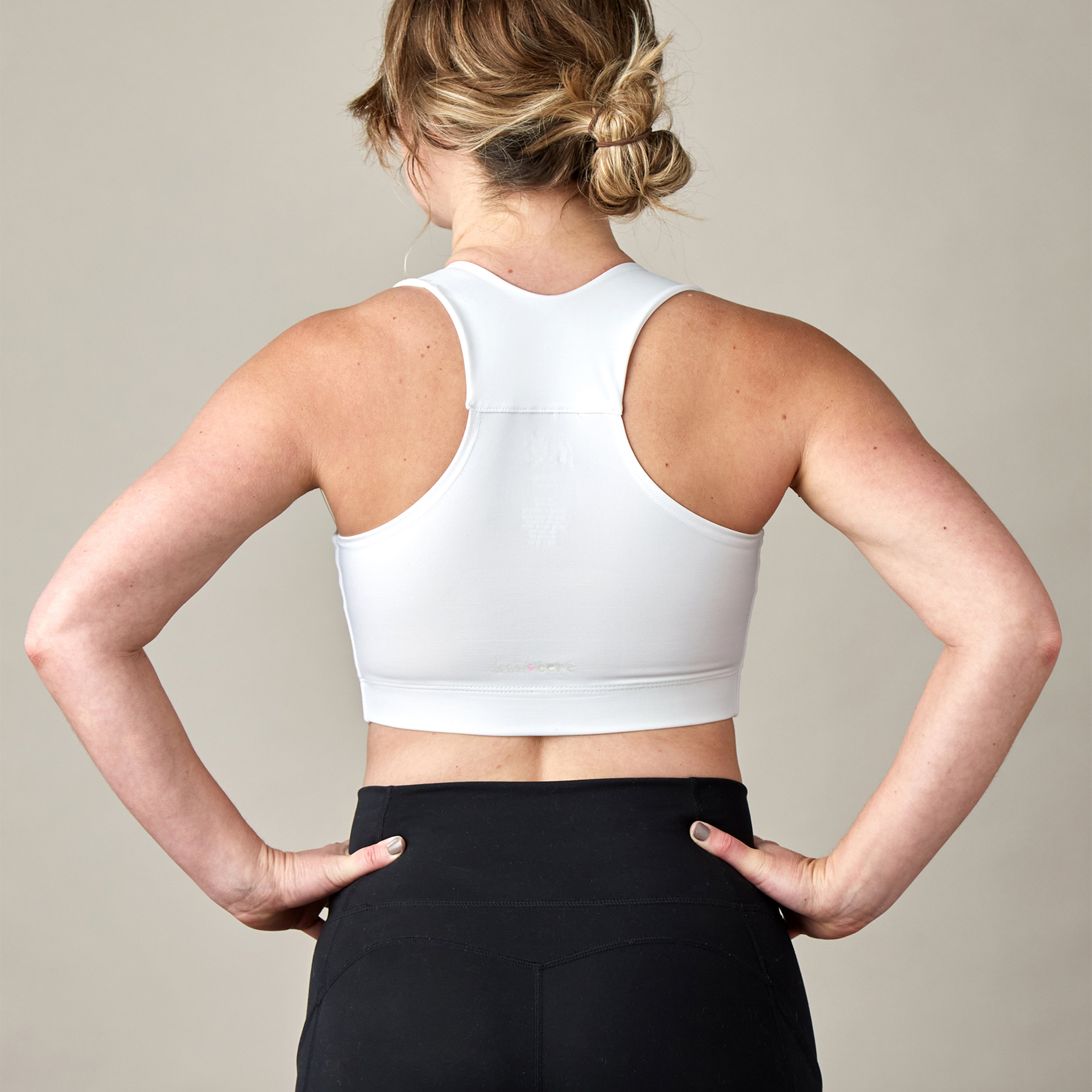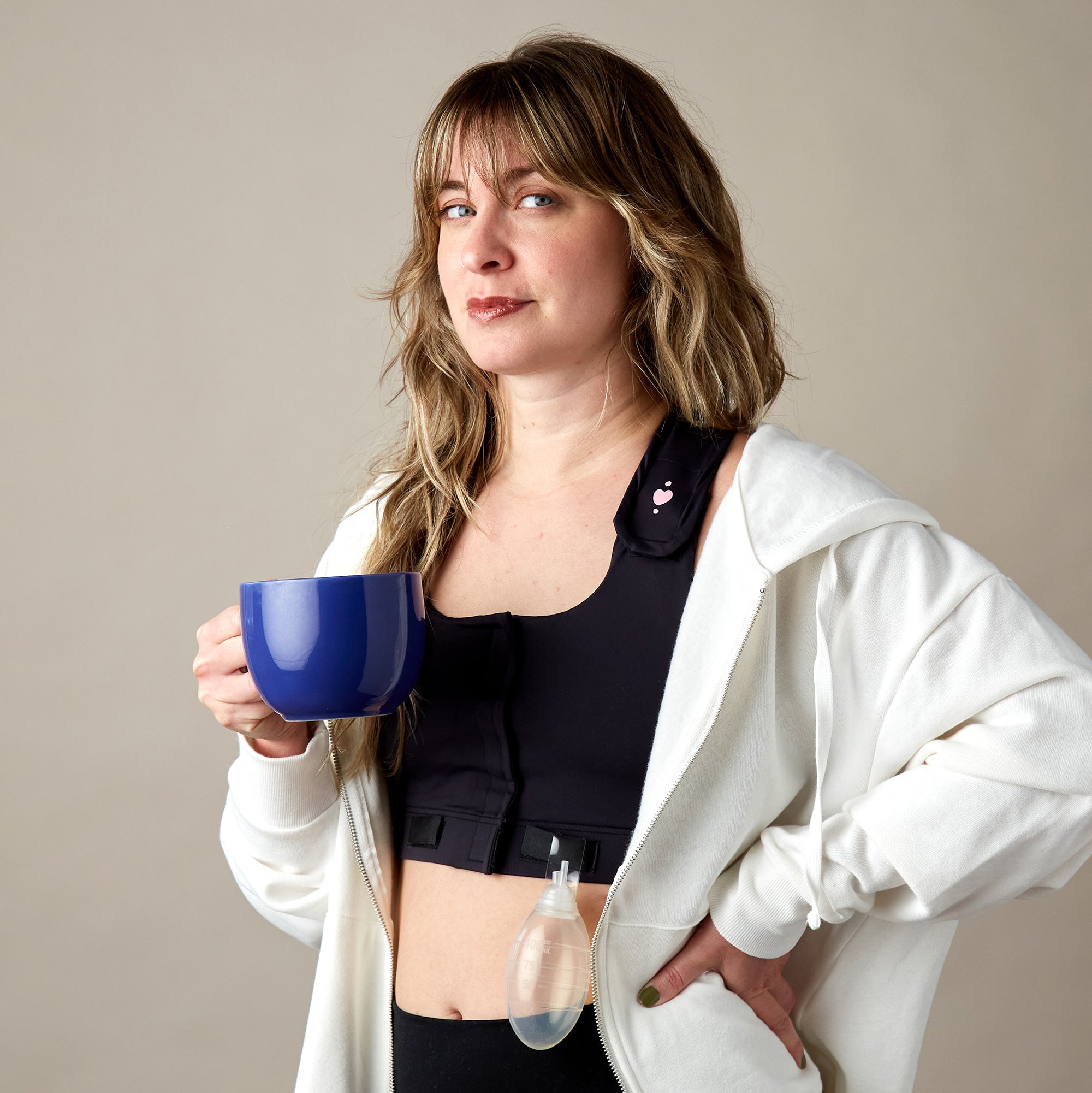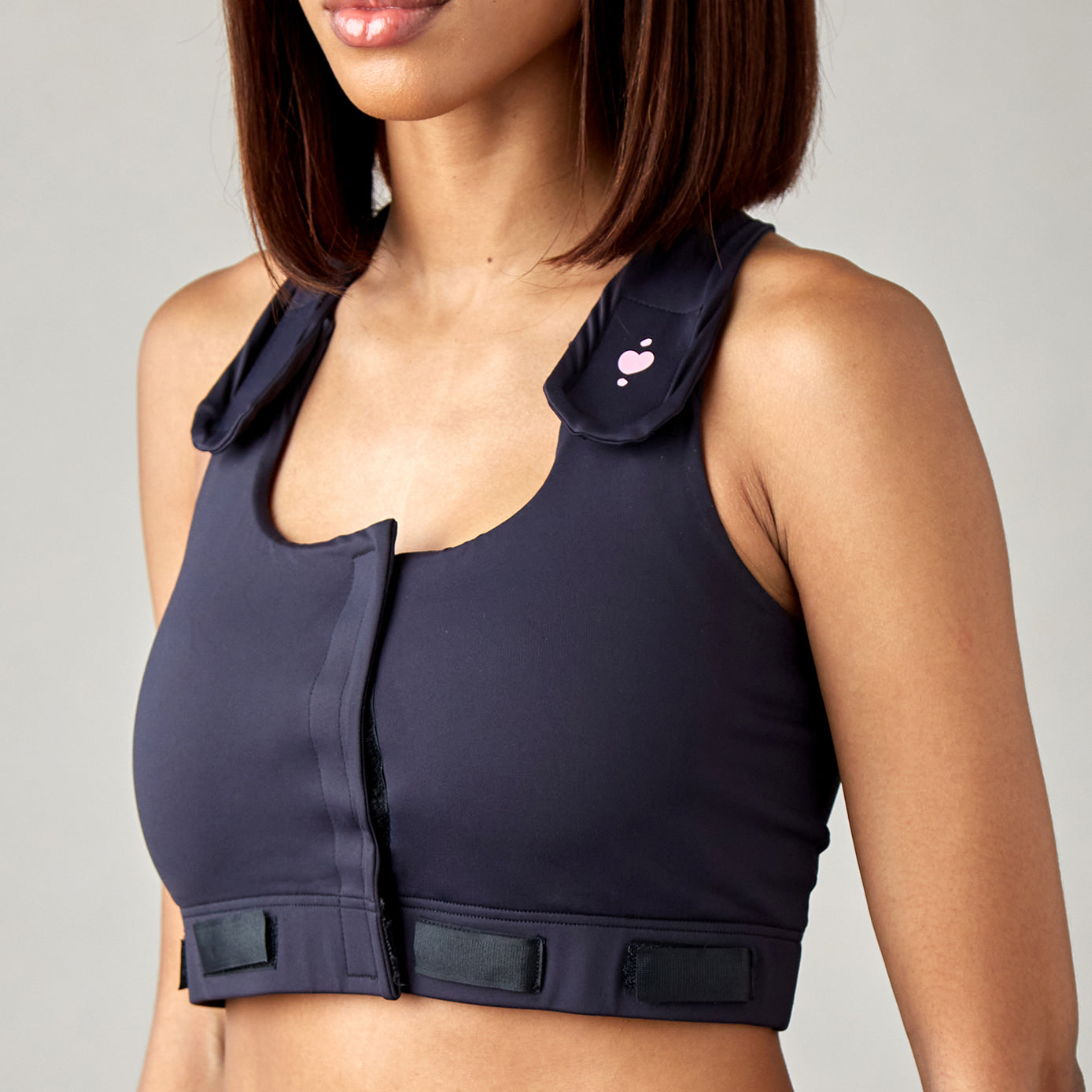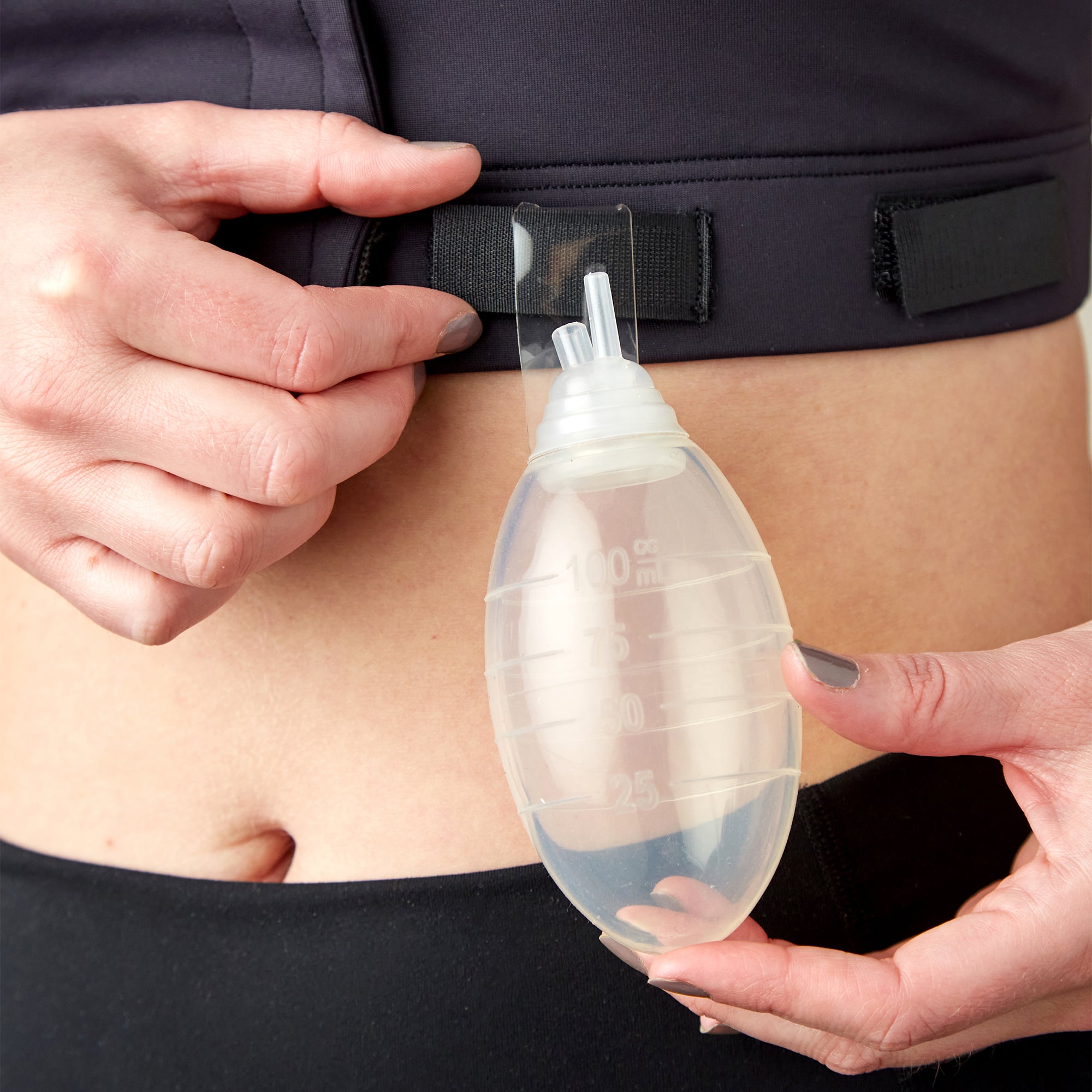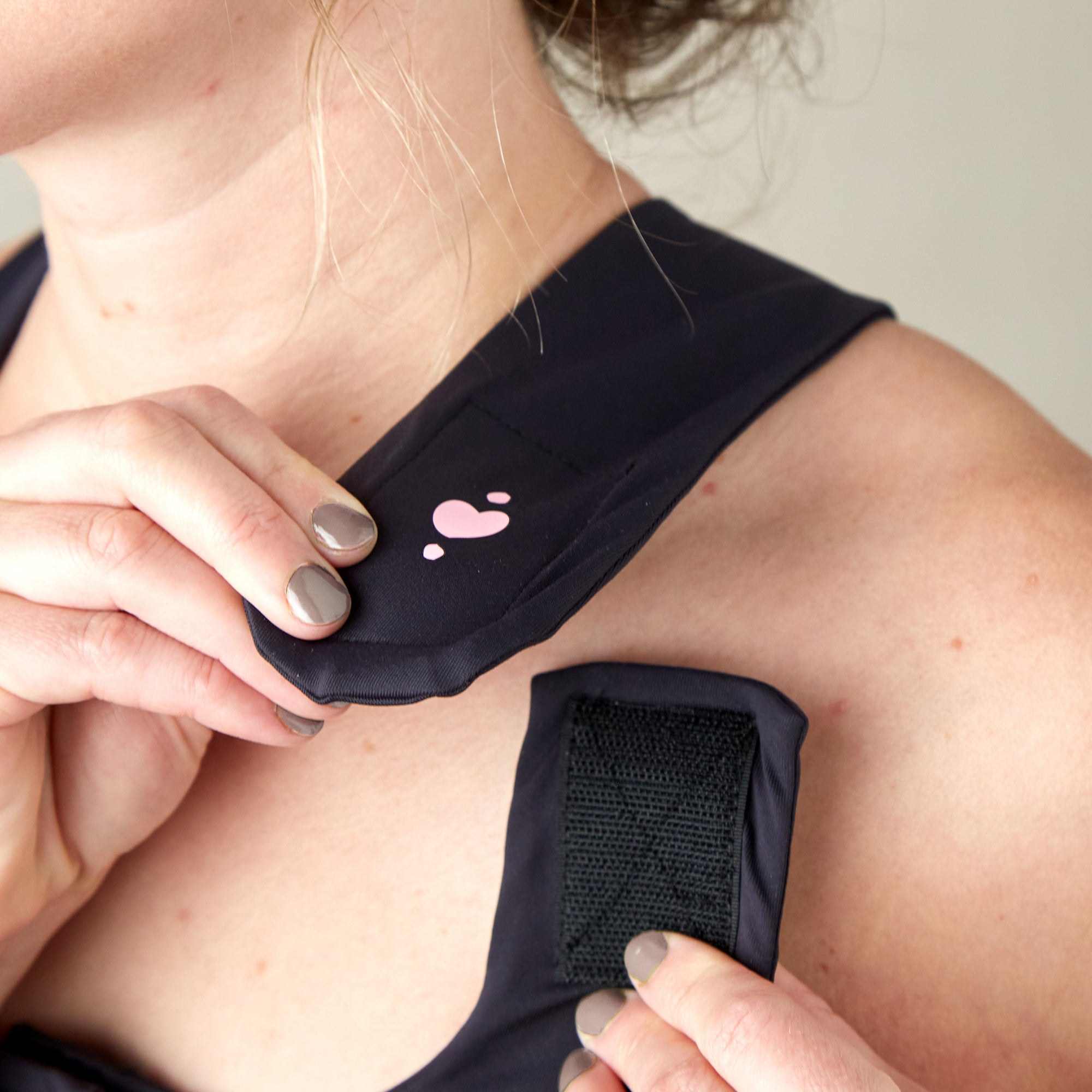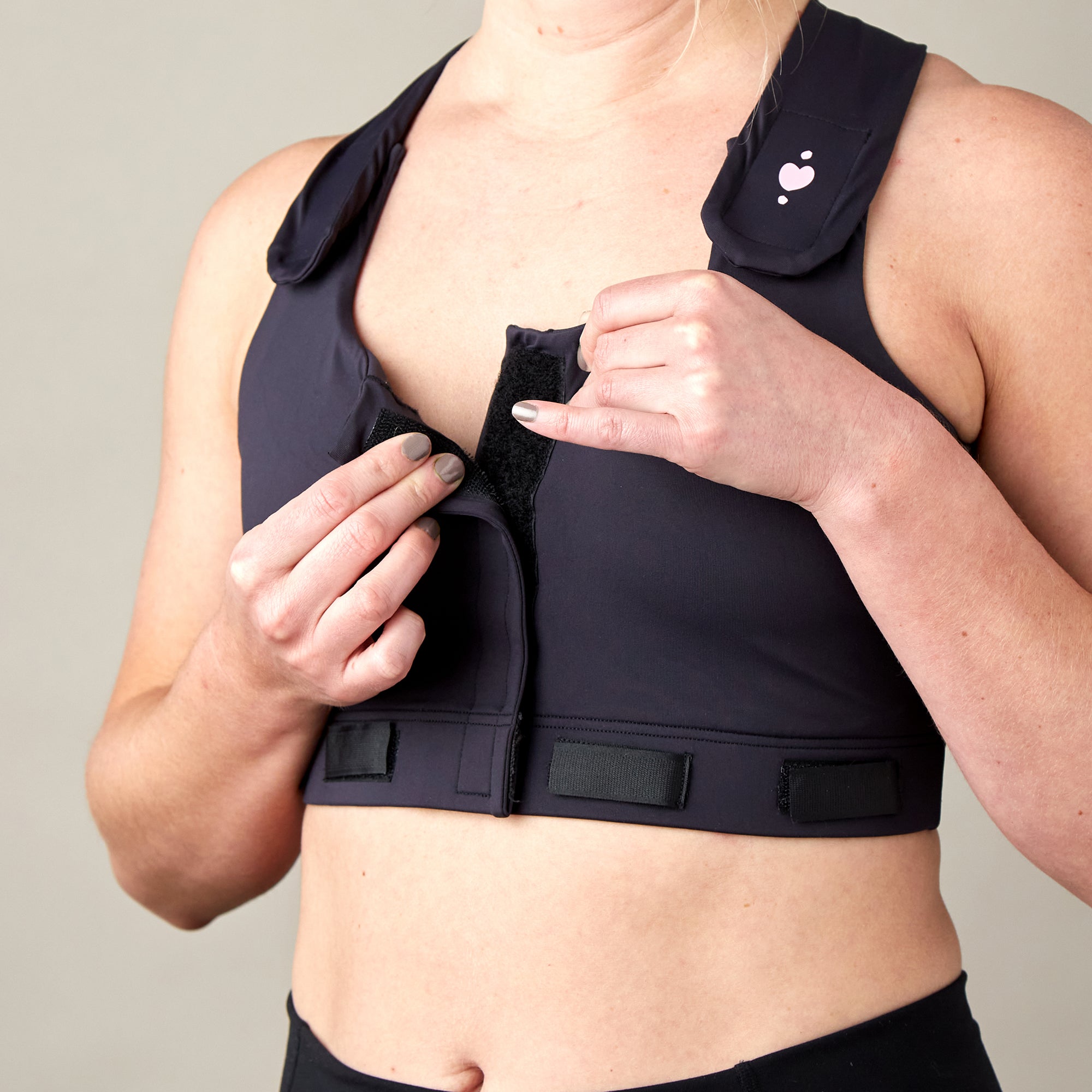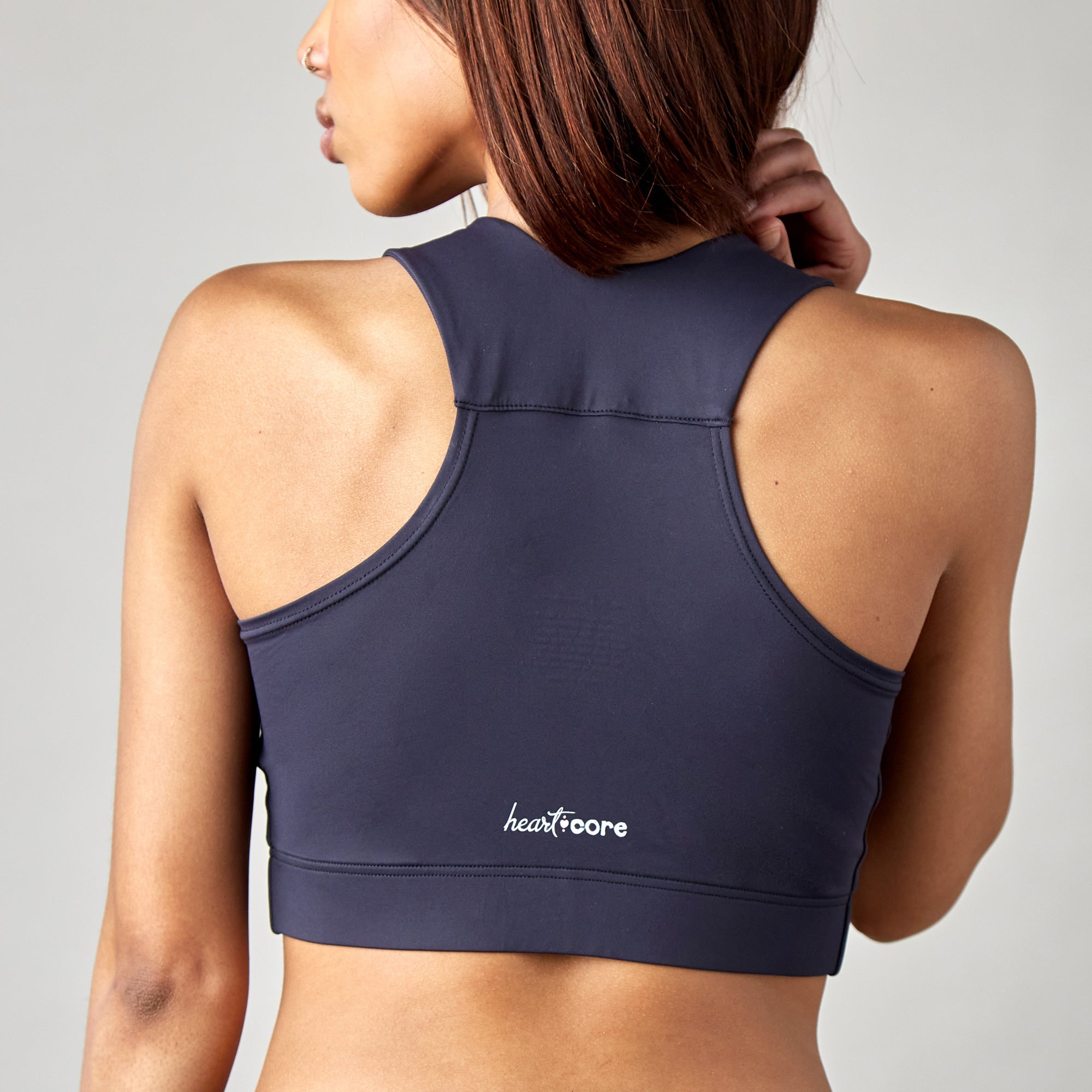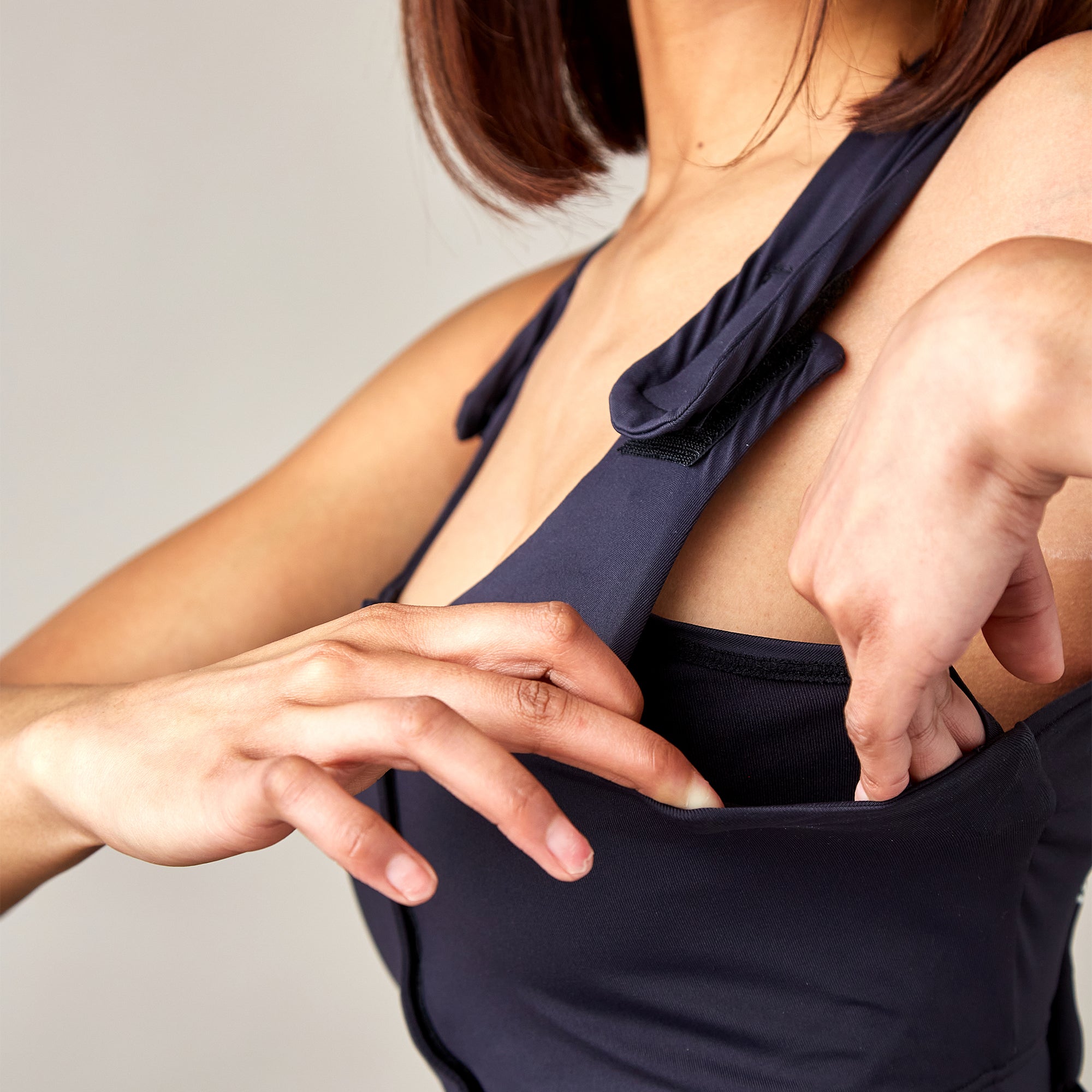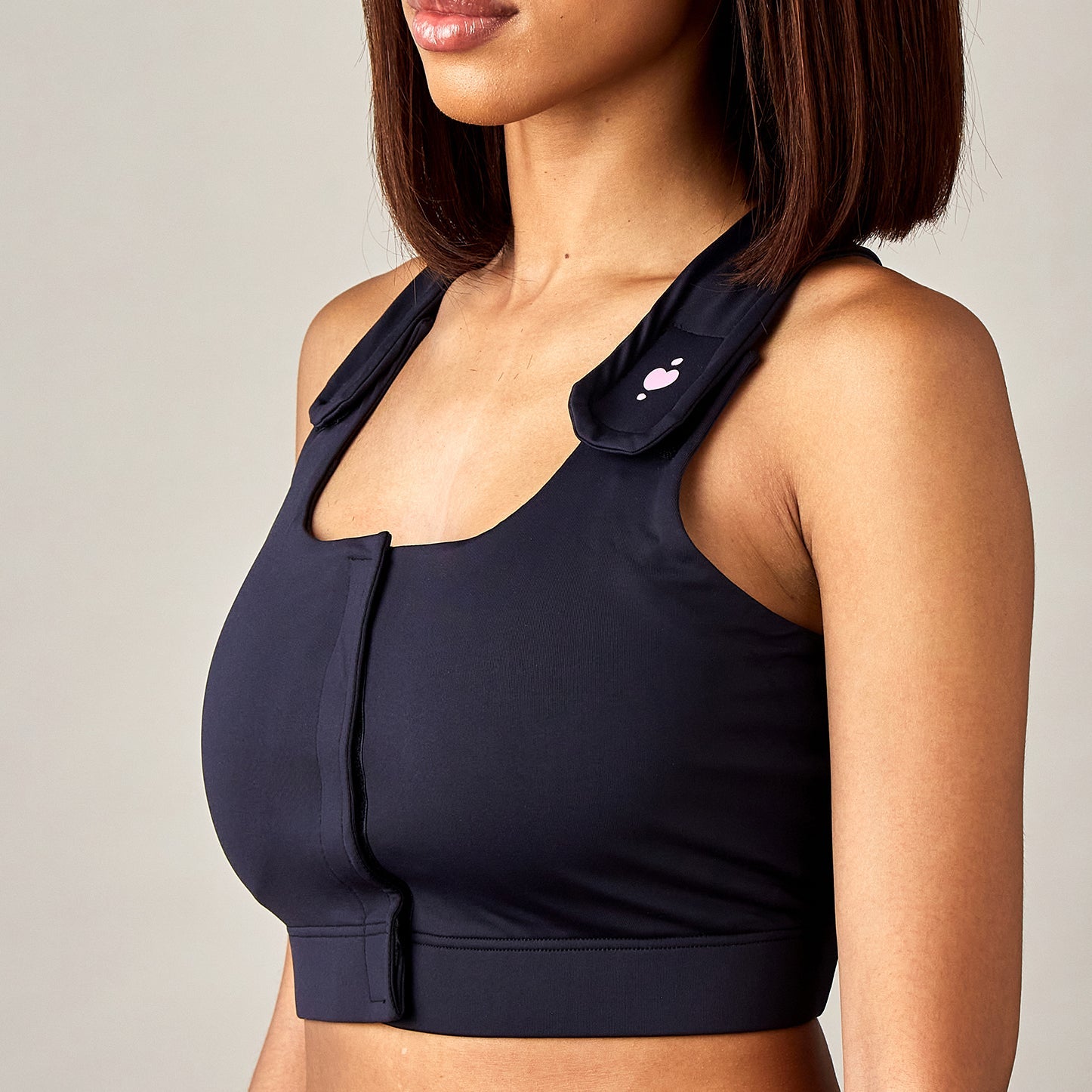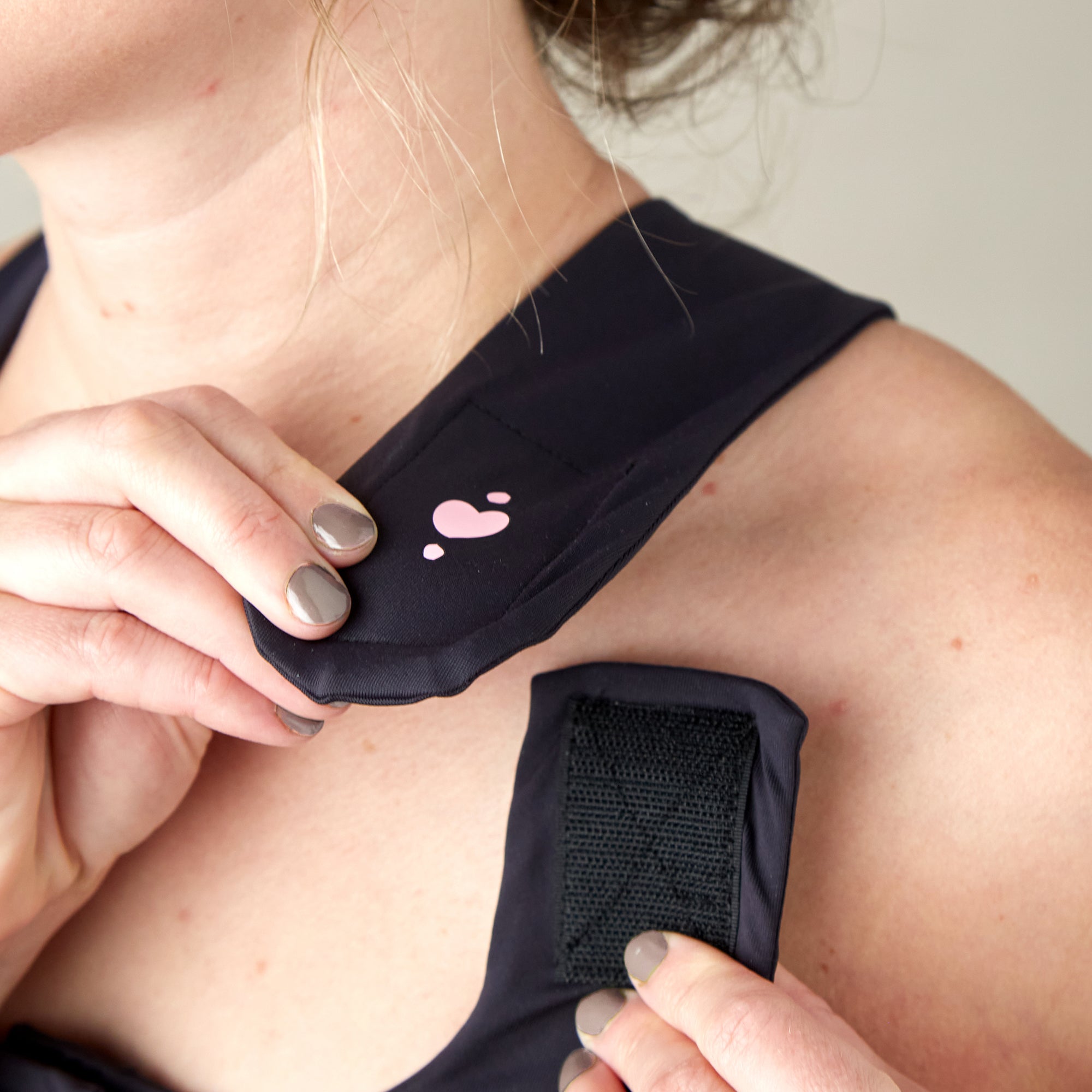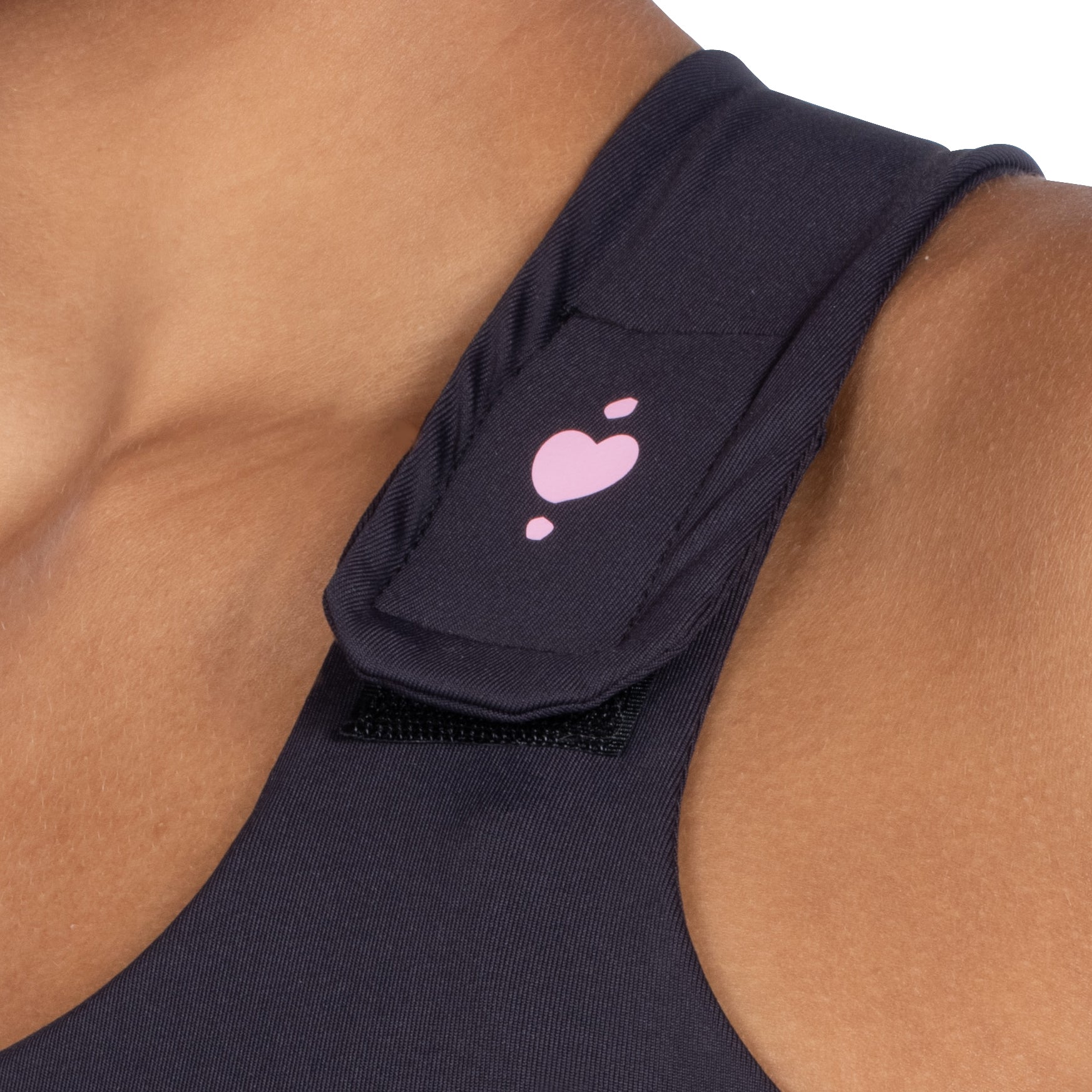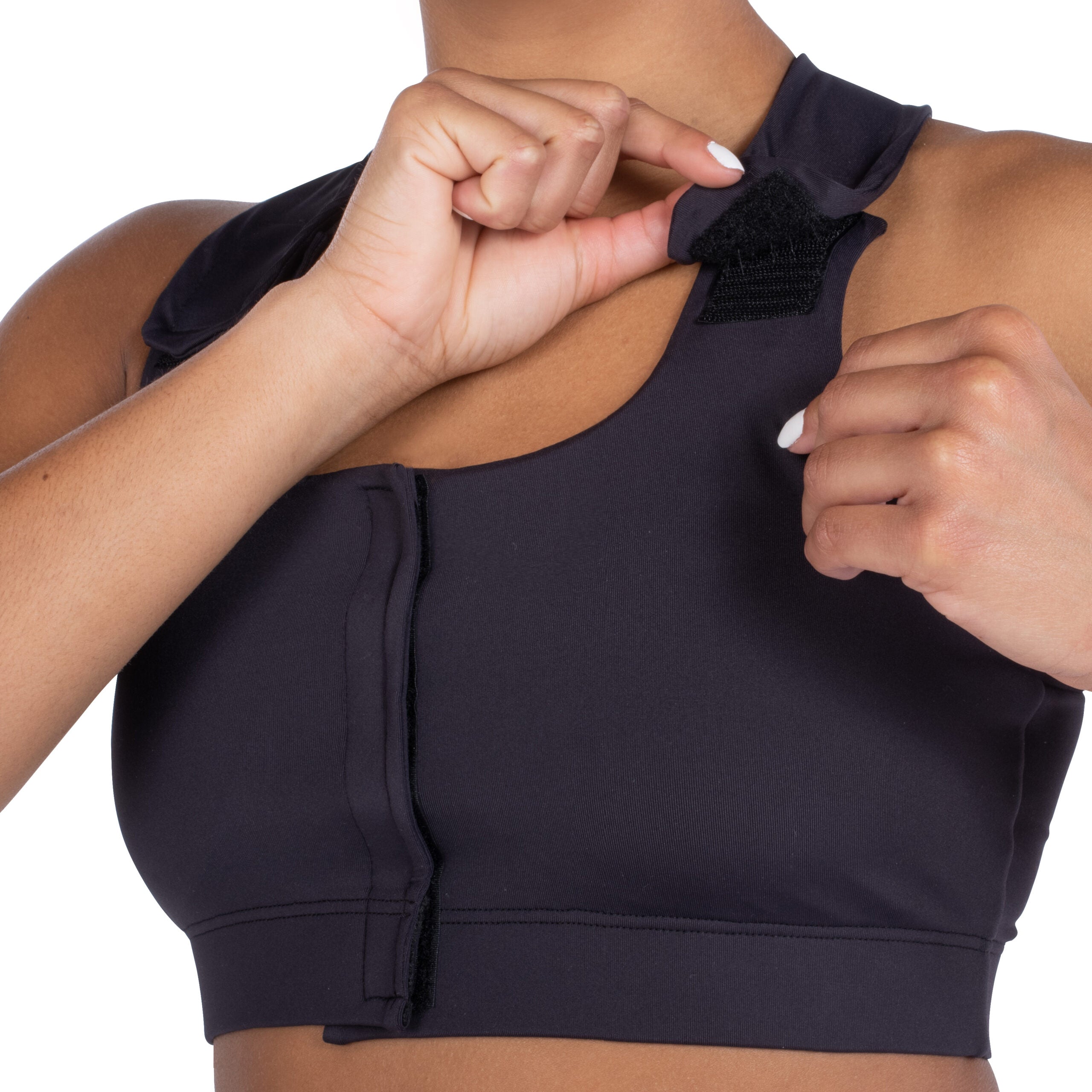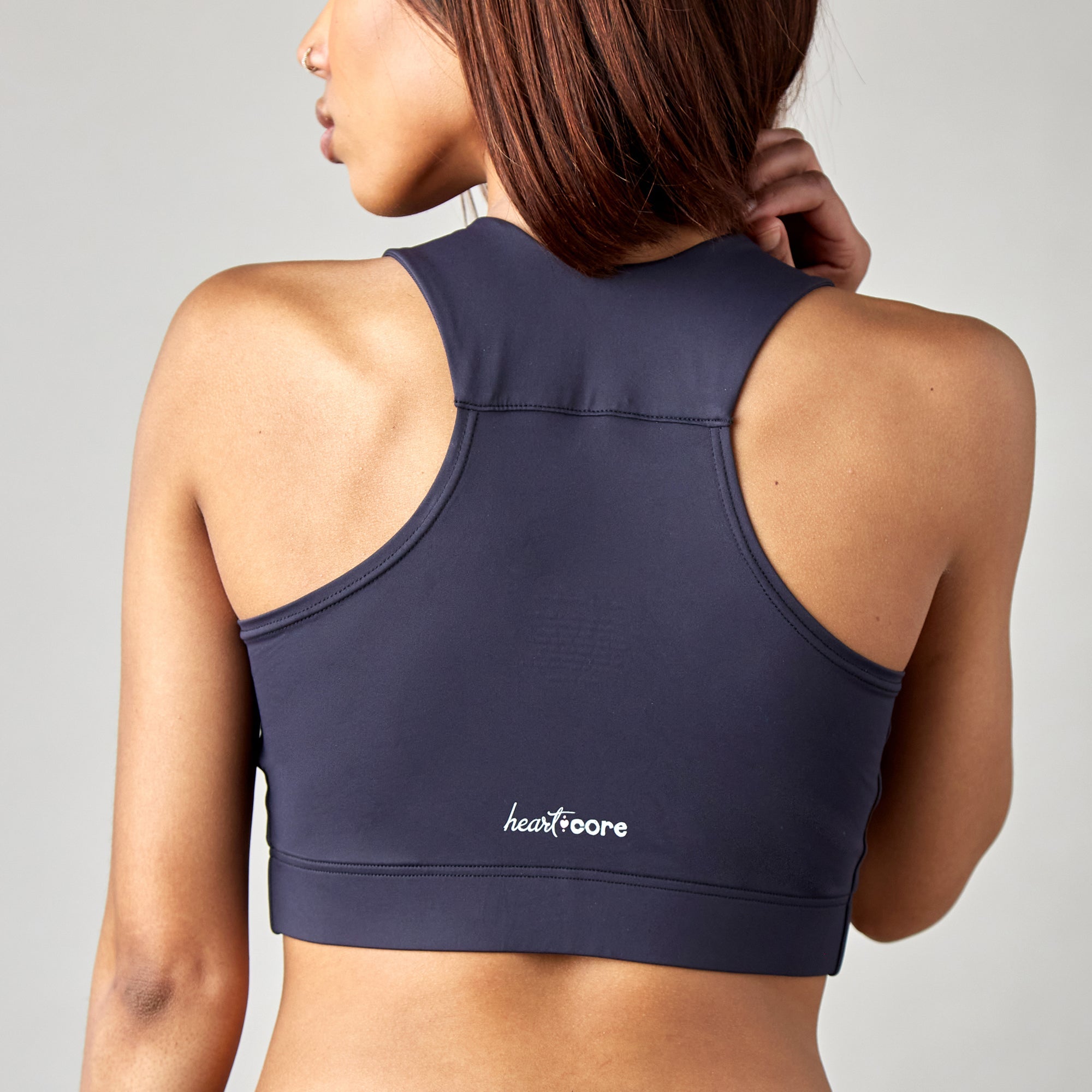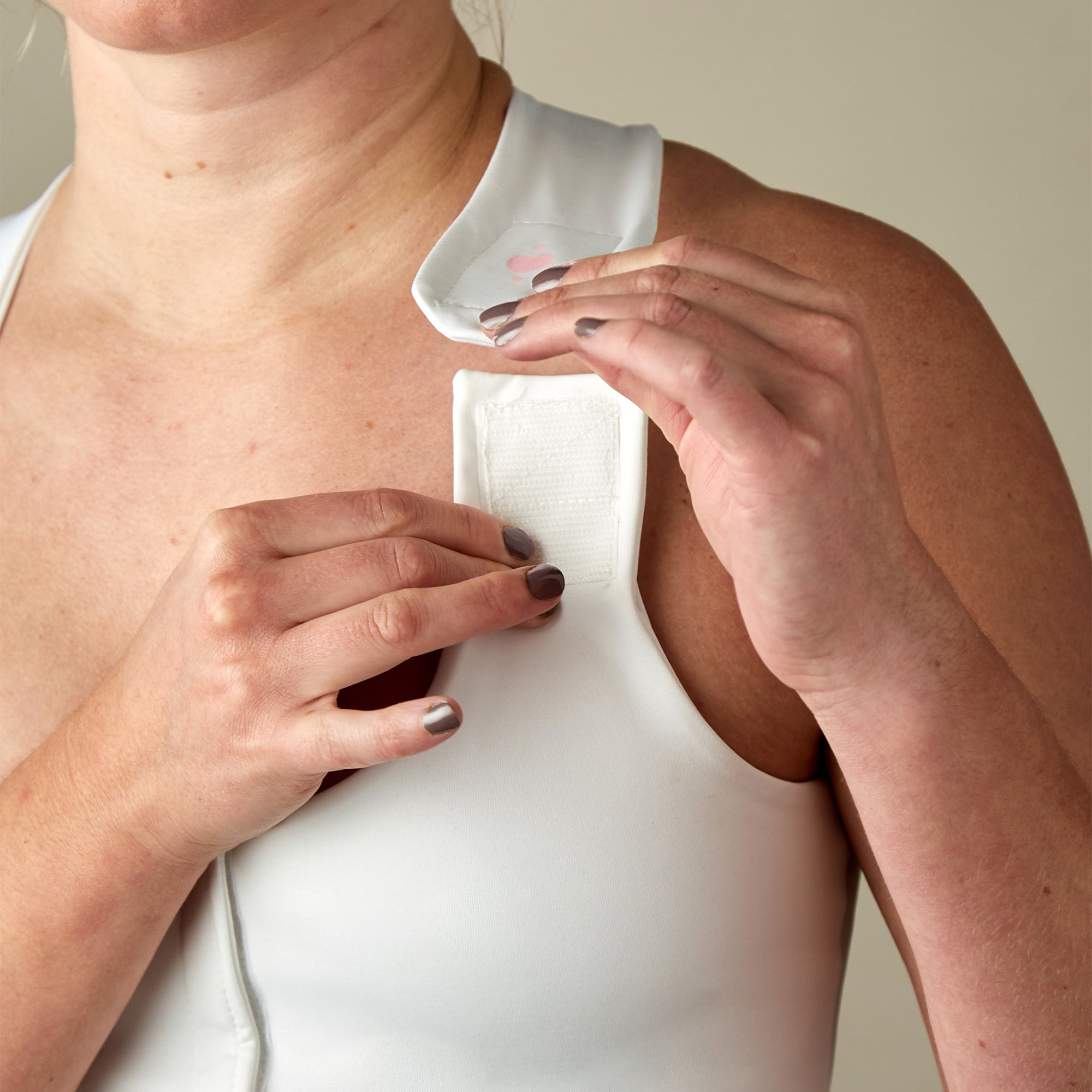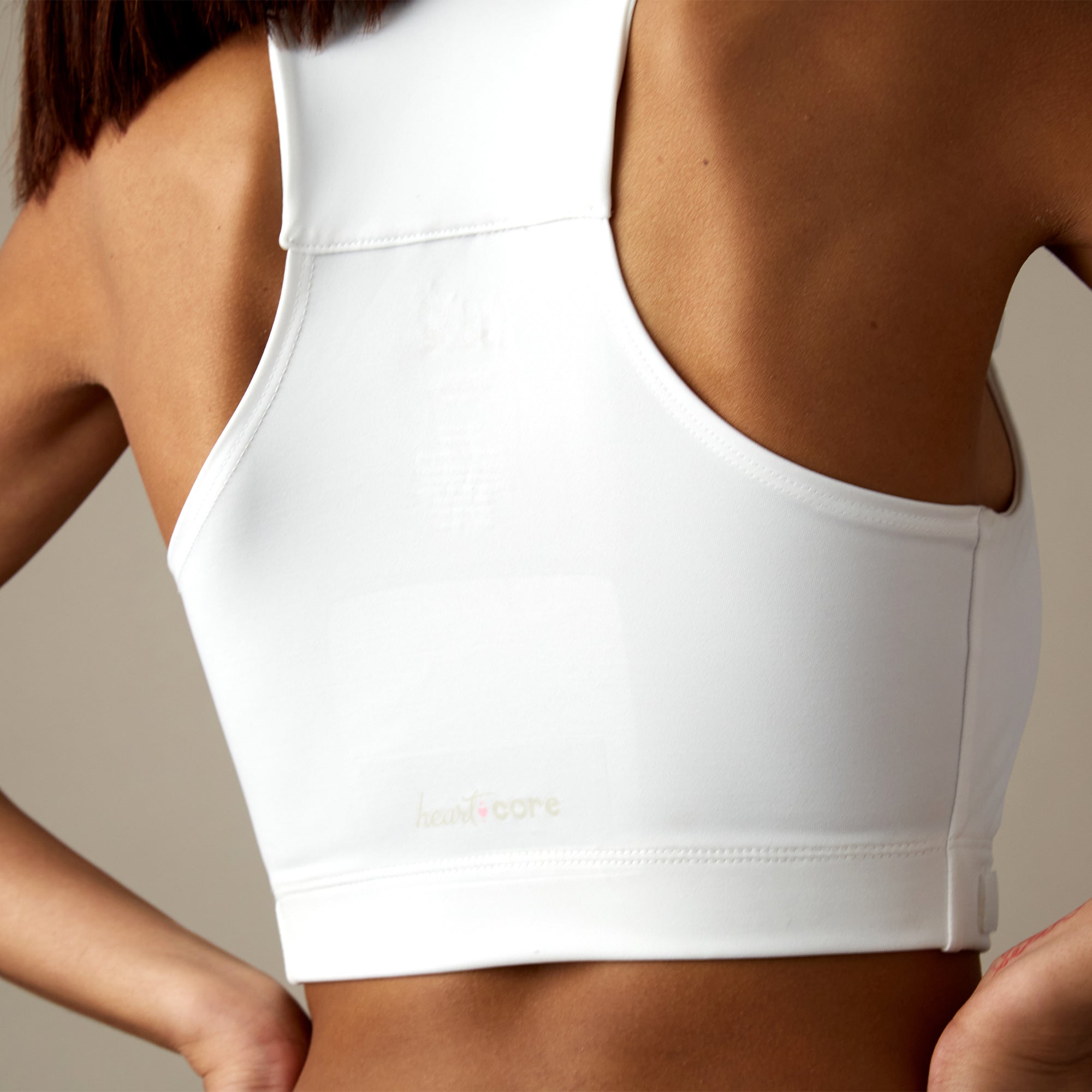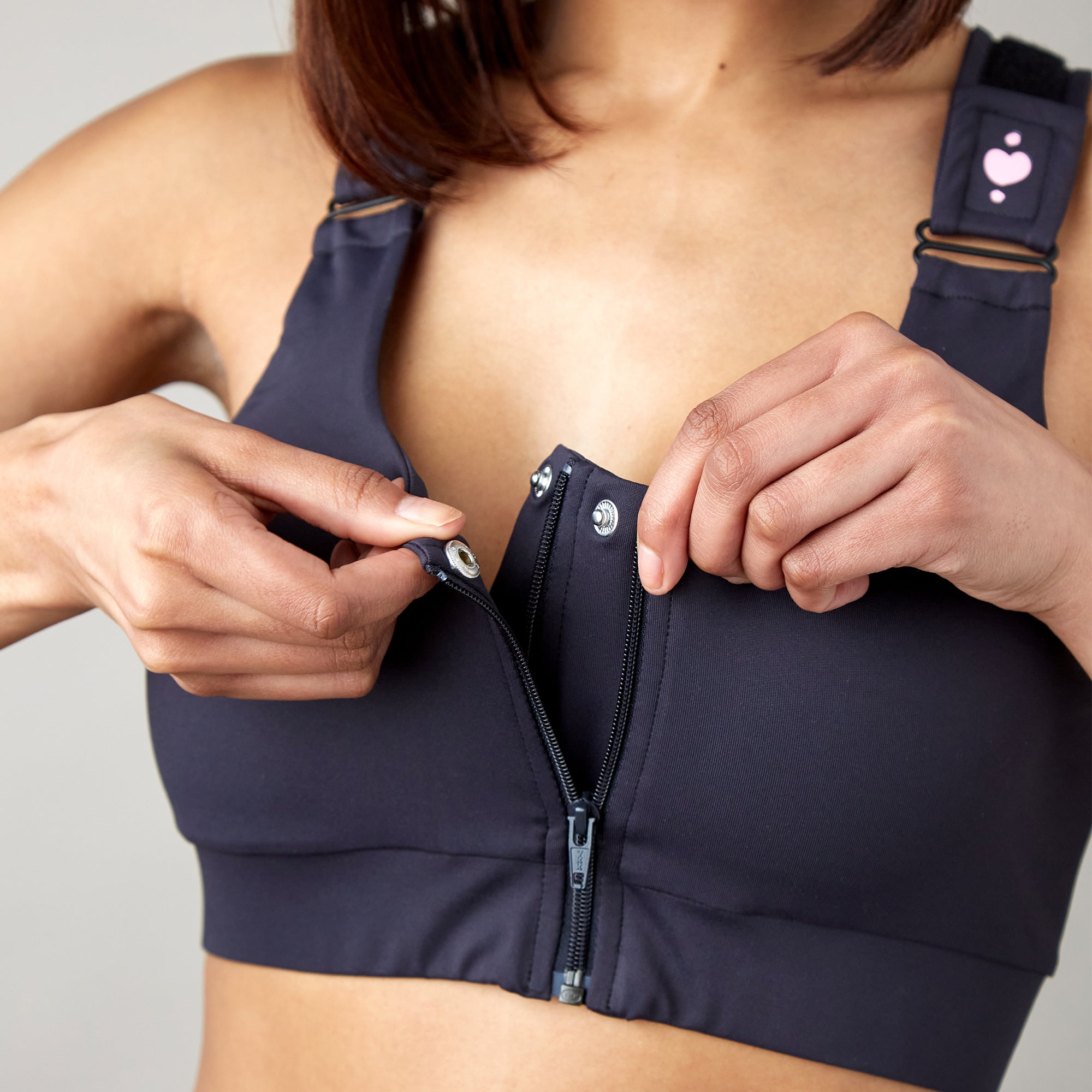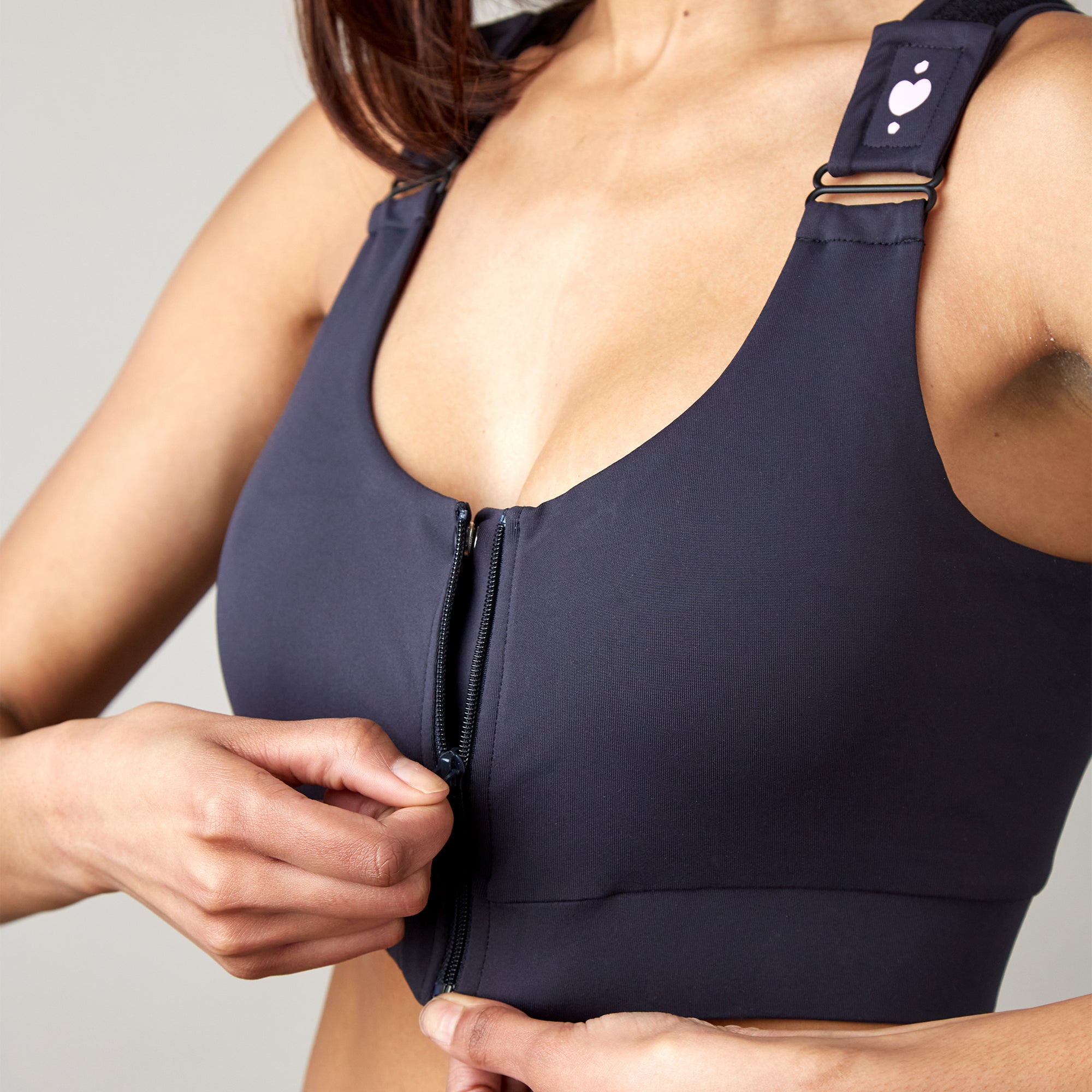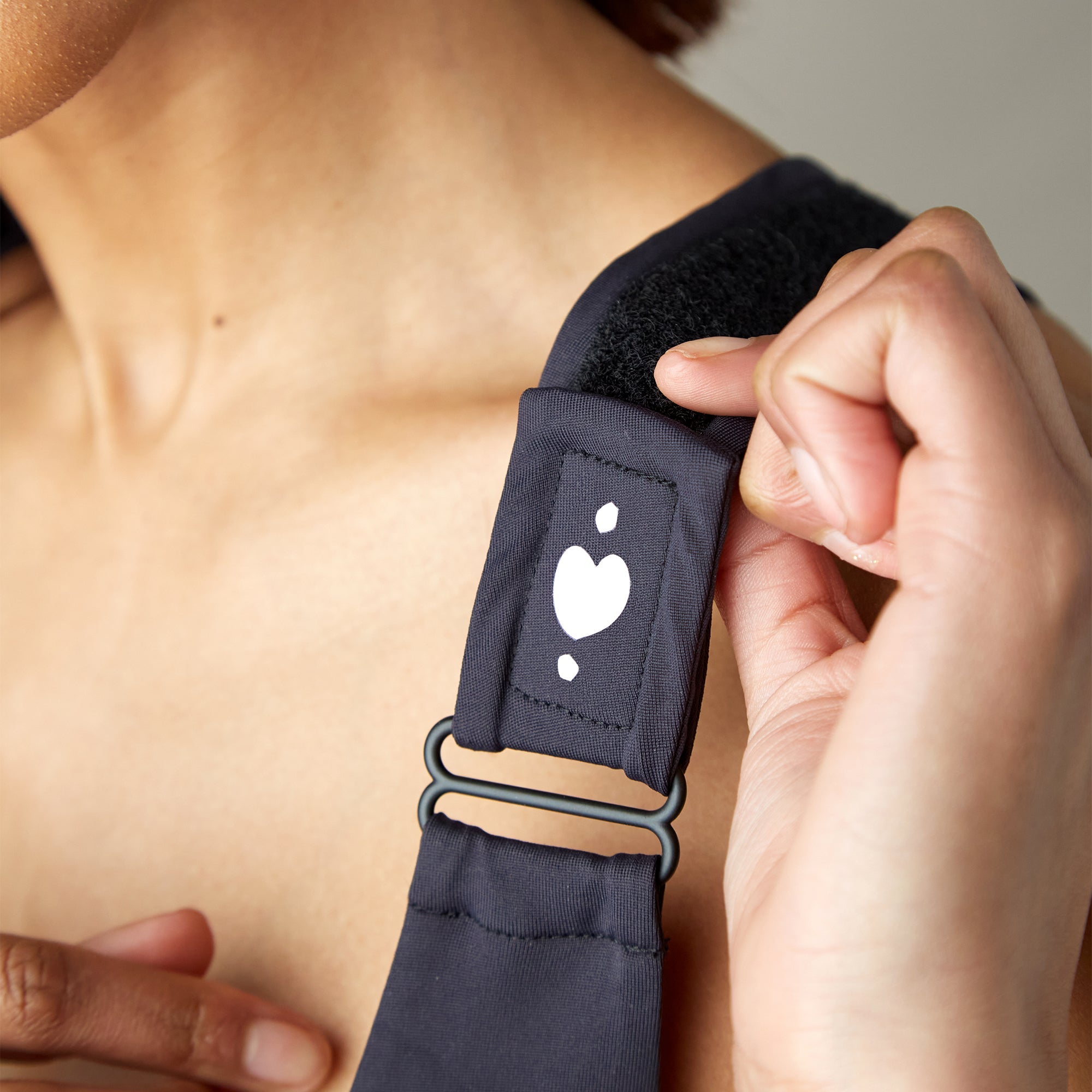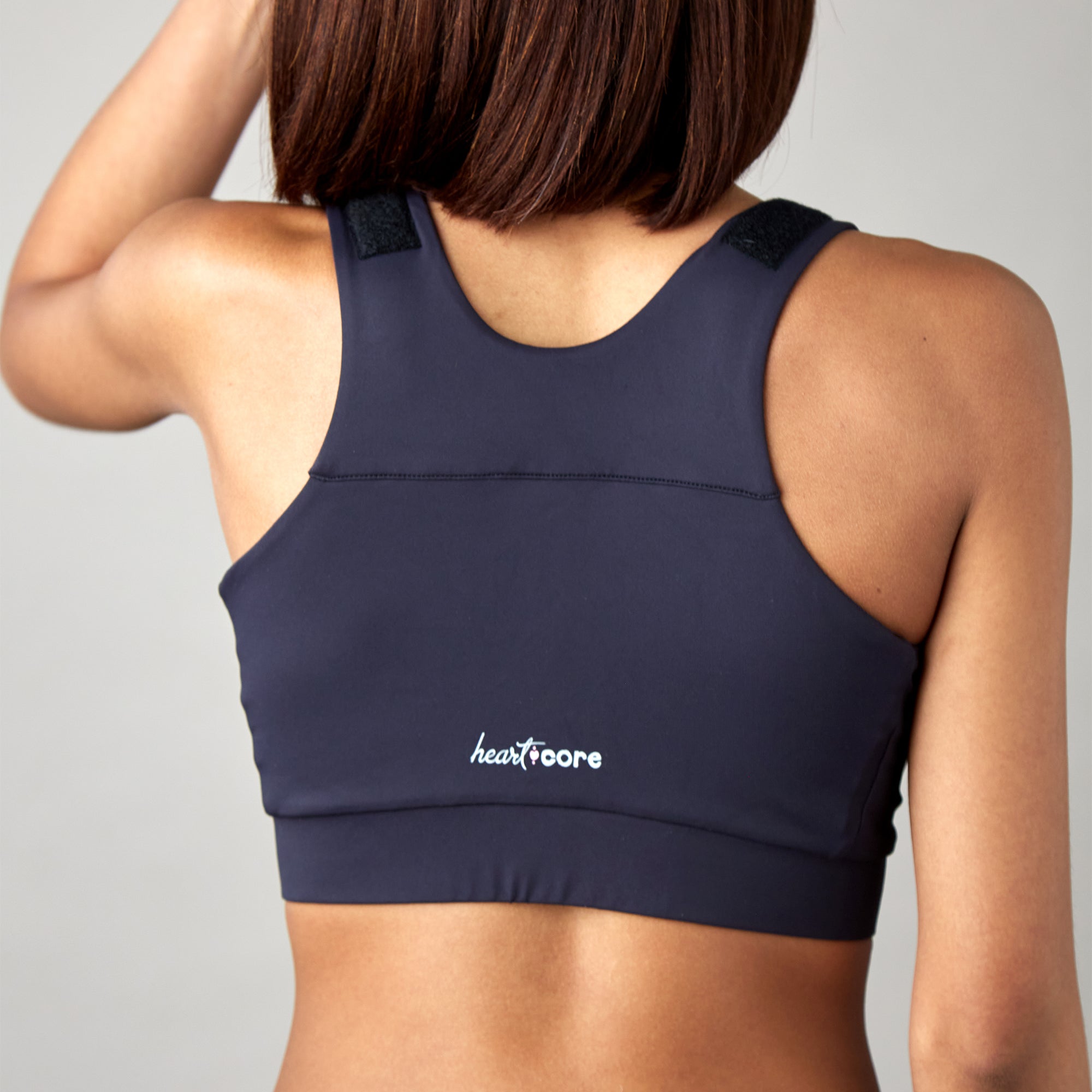Ever wonder why your legs seem to have their own agenda when bedtime rolls around?
Welcome to the fascinating world of PAD (Peripheral Artery Disease) sleep dynamics, where your circulation system turns into that friend who gets chatty right when you're trying to wind down. You know the scenario: lights off, head hits pillow, and suddenly your legs decide it's the perfect time to remind you that blood flow and gravity don't always play nice together.
Let's cut through the medical jargon and talk about what's actually happening—and more importantly, what you can do about it.
The Real Deal: What PAD Does to Your Sleep Game
Think of your arteries as highways. Peripheral Artery Disease (PAD) is like having construction zones that never quite finish—lanes are narrower, traffic moves slower, and everything takes more effort to reach its destination.
During the day? Not a huge problem. Your leg muscles are like helpful traffic directors, squeezing and releasing to keep blood moving along. But at night, when you're horizontal and those muscle pumps clock out? That's when things get interesting.
Your circulation system is essentially trying to:
-
Push blood uphill through narrow passages
-
Keep everything flowing for 6-8 hours straight
-
Do all this while you're completely still
No wonder your legs have opinions about this arrangement.
The overnight circulation challenge intensifies because:
-
Heart rate naturally decreases during sleep, reducing pumping force
-
Blood pressure drops, making it harder to push through narrowed arteries
-
Body temperature decreases, which can further constrict blood vessels
-
Prolonged stillness allows blood to pool in lower extremities
This creates the perfect storm for PAD symptoms to peak during what should be your most restful hours.

Position Power: The Science of Sleep Angles
Here's where it gets cool—and surprisingly simple. The right sleeping position for PAD isn't about comfort first (though that's a nice bonus). It's about working with physics instead of against it.
The Elevation Game-Changer
What happens: Elevate your legs 8-12 inches above your heart
Why it works: Gravity becomes your circulation assistant instead of your enemy
The result: Your heart doesn't have to work overtime pushing blood uphill
Think of it like this: instead of trying to pour water uphill, you're letting it flow downhill with help from gravity.
The measurable benefits of proper elevation:
-
Reduces hydrostatic pressure by 0.77 mmHg per inch of elevation
-
Improves venous return by up to 40% in compromised circulation
-
Decreases overnight swelling in legs and feet
-
Can reduce morning stiffness and pain significantly
The Back-Sleep Advantage
Position: Elevated back sleeping
Benefits:
-
Both legs get equal treatment
-
No arterial compression from body weight
-
Sustainable for entire sleep cycles
-
Maximum gravity assistance
Setup: Use firm support to create a gentle ramp, not a sharp angle
The biomechanical advantages of back sleeping for PAD: Back sleeping distributes body weight across the largest surface area, eliminating pressure points that can compress blood vessels. This position also allows both legs to benefit equally from elevation, preventing the compensation patterns that develop when one leg receives better circulation than the other.
When Side-Sleeping Makes Sense
Some people can't do back sleeping (hello, sleep apnea and acid reflux). The left side offers specific advantages:
-
Reduces pressure on your heart
-
Improves cardiac efficiency
-
Still allows for modified elevation
Key requirement: Keep legs separated with pillows to prevent compression
Advanced side-sleeping strategies for PAD: The left lateral position has been shown to reduce cardiac workload by decreasing pressure on the inferior vena cava. For PAD patients, this improved cardiac efficiency can translate to better overall circulation. However, maintaining proper leg separation and modified elevation becomes crucial to prevent compression of already compromised blood vessels.
SHOP THE BEST PILLOW FOR ELEVATED SLEEPING TODAY
The Positions That Work Against You
Flat-Out Back Sleeping
Problem: Misses the gravity advantage completely
Better: Add elevation to turn physics into your ally
Right-Side Sleeping
Issue: Can increase pressure on organs and reduce cardiac efficiency
Alternative: Left side with proper support
Any Compression Position
Red flags:
-
Legs crossed or intertwined
-
One leg pressing on another
-
Tight fetal positions
-
Stomach sleeping with twisted legs
These essentially add more roadblocks to an already challenging circulation route.
Why compression positions are particularly dangerous for PAD: When you already have narrowed arteries reducing blood flow by 30-70%, any additional compression from poor positioning can push circulation below the threshold needed for comfortable rest. This is why PAD patients often experience worse symptoms at night—their positioning inadvertently compounds their circulation challenges.

Equipment That Actually Works (vs. The Pillow Shuffle)
Real talk: Regular household pillows are circulation's worst enemy. They compress, shift, and lose their therapeutic positioning right when you need them most.
The Household Pillow Problem
-
Lose 40-60% of height within 2 hours
-
Create unstable foundations that shift during sleep
-
Require 15-25 minutes of nightly arrangement
-
Fall apart exactly when your circulation needs consistent support
The science behind pillow failure: Standard fiberfill and down pillows compress under the sustained pressure of body weight because their materials aren't designed for medical applications. This compression isn't just uncomfortable—it's medically counterproductive for PAD patients who need consistent elevation to maintain circulation benefits.

The Best Sleep Solution for PAD: The Sleep Again Pillow System
The Sleep Again Pillow System takes a completely different approach—engineering circulation support rather than hoping random pillows cooperate.
What makes it different:
-
Upper Body Wedge: Precise 15-30 degree elevation that doesn't compress
-
Leg Support Wedge: Maintains 8-15 inch elevation for optimal gravity assistance
-
Contoured Side Pillows: Prevent circulation-killing position drift
-
Integrated Design: Components work together, not against each other
The Sleep Again engineering advantage for PAD: Unlike household pillows, the Sleep Again Pillow System uses high-density foam wedges specifically designed to maintain therapeutic angles under sustained pressure. The materials resist compression while remaining comfortable, ensuring that the 10-inch leg elevation you establish at bedtime is still 10 inches at 6 AM.
Clinical benefits specific to PAD patients:
-
Maintains consistent 8-15 inch leg elevation throughout 8-hour sleep periods
-
Prevents position drift that can compress major blood vessels
-
Eliminates the 2-4 nightly wake-ups for pillow readjustment
-
Provides bilateral leg support to prevent circulation imbalances
Why PAD patients choose Sleep Again Pillows over DIY approaches:
-
Immediate results from night one
-
No more midnight pillow reconstruction projects
-
Materials designed for 8+ hour therapeutic positioning
-
Eliminates the trial-and-error frustration
Patient success indicators with Sleep Again System: Most PAD patients using the Sleep Again Pillow System report warmer feet within 3-5 nights, reduced morning stiffness within one week, and significantly improved sleep quality within two weeks. The consistency of positioning eliminates the circulation fluctuations that occur with shifting household pillows.
SHOP THE BEST PILLOW FOR PERIPHERAL ARTERY DISEASE SLEEP SUPPORT
Your PAD Sleep Success Strategy
Pre-Sleep Prep (The 30-Minute Window)
Movement primer: Light calf raises or ankle circles to activate circulation pumps before the overnight stillness
Temperature check: Ensure 68-72°F room temperature—cold restricts circulation, too hot disrupts sleep
Elevation practice: 15-20 minutes of leg elevation while reading to help your system adjust
Hydration timing: Adequate fluids for blood flow without overnight bathroom marathons
Advanced pre-sleep circulation techniques: Consider gentle compression sock removal if you wear them during the day, allowing your legs to "breathe" before applying elevation therapy. Some PAD patients benefit from brief warm (not hot) foot soaks to improve circulation before positioning for sleep.
The Setup Protocol
-
Stability test: Press firmly on your positioning system—if it shifts now, it'll fail at 3 AM
-
Gradual positioning: Enter elevated position slowly to let circulation adjust
-
Support verification: No hanging body parts that create new circulation challenges
-
Comfort optimization: Add warmth and comfort without disrupting therapeutic angles
Professional setup with Sleep Again Pillow System: The Sleep Again Pillow System's modular design allows for quick, consistent setup. The Upper Body Wedge locks into position, the Leg Support Wedge provides stable elevation, and the Contoured Side Pillows create natural barriers—all in under 5 minutes.
The Investment Reality Check
Typical DIY Journey:
-
Multiple pillow purchases: $150-250
-
Weeks of trial and error
-
Nightly setup frustration: 20+ minutes
-
2-4 wake-ups for repositioning
Professional System Approach:
-
Immediate results from night one
-
3-5 minute setup once familiar
-
Maintains positioning throughout sleep
The health economics: Poor sleep worsens PAD symptoms, increases cardiovascular stress, and reduces energy for beneficial activities like walking. Quality positioning often pays for itself in improved health outcomes.
Sleep Again System ROI analysis: At $299, the Sleep Again Pillow System costs approximately $4 per night for the first month. Most PAD patients report significant improvement within the first week, making the cost-per-improved-night extremely favorable compared to continued poor sleep and potential medical complications.
Long-term value proposition: Unlike household pillows that need replacement every 12-18 months, the Sleep Again System maintains its therapeutic properties for years. Many customers report using their systems for 3+ years with consistent performance, making the actual cost-per-night under $0.30 over the system's lifetime.
Insurance and HSA/FSA considerations: The Sleep Again Pillow System may qualify for HSA/FSA reimbursement as durable medical equipment when recommended by a physician for PAD management. Check with your healthcare provider about documentation requirements for potential reimbursement.
SHOP THE SLEEP AGAIN PILLOW SYSTEM
Quick Reference: PAD Sleep Positions
|
Position |
PAD Rating |
Key Benefits |
Setup Requirements |
|
Elevated Back |
⭐⭐⭐⭐⭐ |
Maximum gravity assistance, bilateral benefits |
Stable elevation system, knee support |
|
Left Side |
⭐⭐⭐⭐ |
Cardiac efficiency, moderate elevation possible |
Leg separation, modified elevation |
|
Right Side |
⭐⭐ |
Better than flat, but cardiac concerns |
Extra support needed |
|
Flat Back |
⭐⭐ |
Misses gravity advantage |
Add elevation for improvement |
|
Compression Positions |
❌ |
Restricts already limited circulation |
Avoid completely |
Sleep Again System: Your Complete PAD Solution
Why Integration Matters for PAD
Unlike individual pillows that may work against each other, the Sleep Again Pillow System provides coordinated support that addresses every aspect of PAD sleep positioning simultaneously.
Component synergy for PAD patients:
-
Upper Body Wedge works with Leg Support Wedge to create optimal circulation angles
-
Contoured Side Pillows prevent position drift that could compromise leg elevation
-
Head Pillow maintains cervical alignment during extended elevation periods
-
All components maintain their therapeutic relationships throughout the night
Material engineering for medical applications: Sleep Again Pillows use proprietary foam blends that resist compression while remaining comfortable for extended contact. This engineering ensures that the therapeutic positioning established at bedtime remains consistent throughout 8-hour sleep periods.
Durability advantage: The Sleep Again Pillow System maintains its therapeutic properties without the degradation that occurs with household pillows. PAD patients need consistent positioning night after night—the system delivers this reliability over years of use.

Frequently Asked Questions
Q: How much elevation do I actually need?
A: Start with 8-12 inches above heart level. More isn't always better—comfort and sustainability matter. The Sleep Again Pillow System allows for precise adjustment to find your optimal elevation.
Q: Can positioning actually improve my PAD symptoms?
A: While it won't reverse arterial blockages, proper positioning can significantly improve circulation during sleep, reduce pain, and enhance overall comfort. Many Sleep Again users report measurable improvements in circulation-related symptoms.
Q: What if I have other conditions like sleep apnea?
A: Elevation often helps both PAD and sleep apnea. The Sleep Again Pillow System's design accommodates CPAP equipment while maintaining optimal positioning for both conditions.
Q: How long before I notice improvements?
A: Comfort improvements often occur within 2-3 nights. Circulation benefits typically develop over 1-2 weeks of consistent positioning. Sleep Again users often see results faster due to the system's consistent therapeutic positioning.
Q: Is the Sleep Again System really worth it for PAD?
A: For moderate to severe PAD symptoms that interfere with sleep, the Sleep Again Pillow System often provides immediate relief and eliminates the frustration of DIY approaches. The system's ability to maintain consistent therapeutic positioning throughout the night makes it particularly valuable for PAD management.
Q: How does Sleep Again compare to adjustable beds for PAD?
A: While adjustable beds offer positioning control, they cost $2000-5000+ and may not provide the specific leg elevation angles optimal for PAD. The Sleep Again Pillow System delivers PAD-specific positioning at a fraction of the cost while maintaining partner compatibility.
Q: Can I travel with the Sleep Again System?
A: The modular design allows you to travel with key components. Many PAD patients take the Leg Support Wedge for hotel stays to maintain circulation benefits while traveling.
The Bottom Line
PAD doesn't have to mean accepting poor sleep as your new normal. The right positioning approach—typically elevated back sleeping with strategic leg elevation—can transform your nighttime circulation and dramatically improve your sleep quality.
The key insight? Stop fighting physics and start working with it. Your circulation system is already dealing with narrowed arteries—don't make it fight gravity too.
Whether you choose the DIY route or invest in a comprehensive solution like the Sleep Again Pillow System, the goal is the same: consistent, reliable positioning that maintains circulation benefits throughout the night.
The Sleep Again advantage lies in its engineering approach to PAD sleep challenges. Rather than hoping household pillows cooperate, you get a medically-informed system that delivers consistent therapeutic positioning night after night. For PAD patients who've struggled with circulation challenges, the Sleep Again System often represents the difference between enduring sleep and actually resting comfortably.
Your arteries may be challenged, but your sleep doesn't have to suffer. Master the art of circulation-friendly positioning, invest in reliable equipment like Sleep Again Pillows, and discover how the right setup can turn your bedroom into a healing sanctuary where both you and your circulation can finally rest easy.
Medical Disclaimer
This information is educational only and should not replace professional medical advice. PAD is a serious condition requiring professional diagnosis and treatment. Always consult your healthcare provider before making significant changes to sleep positioning. Contact your doctor immediately for sudden changes in leg pain, color, temperature, or sensation. The mention of specific products is informational only and does not constitute medical endorsement.


